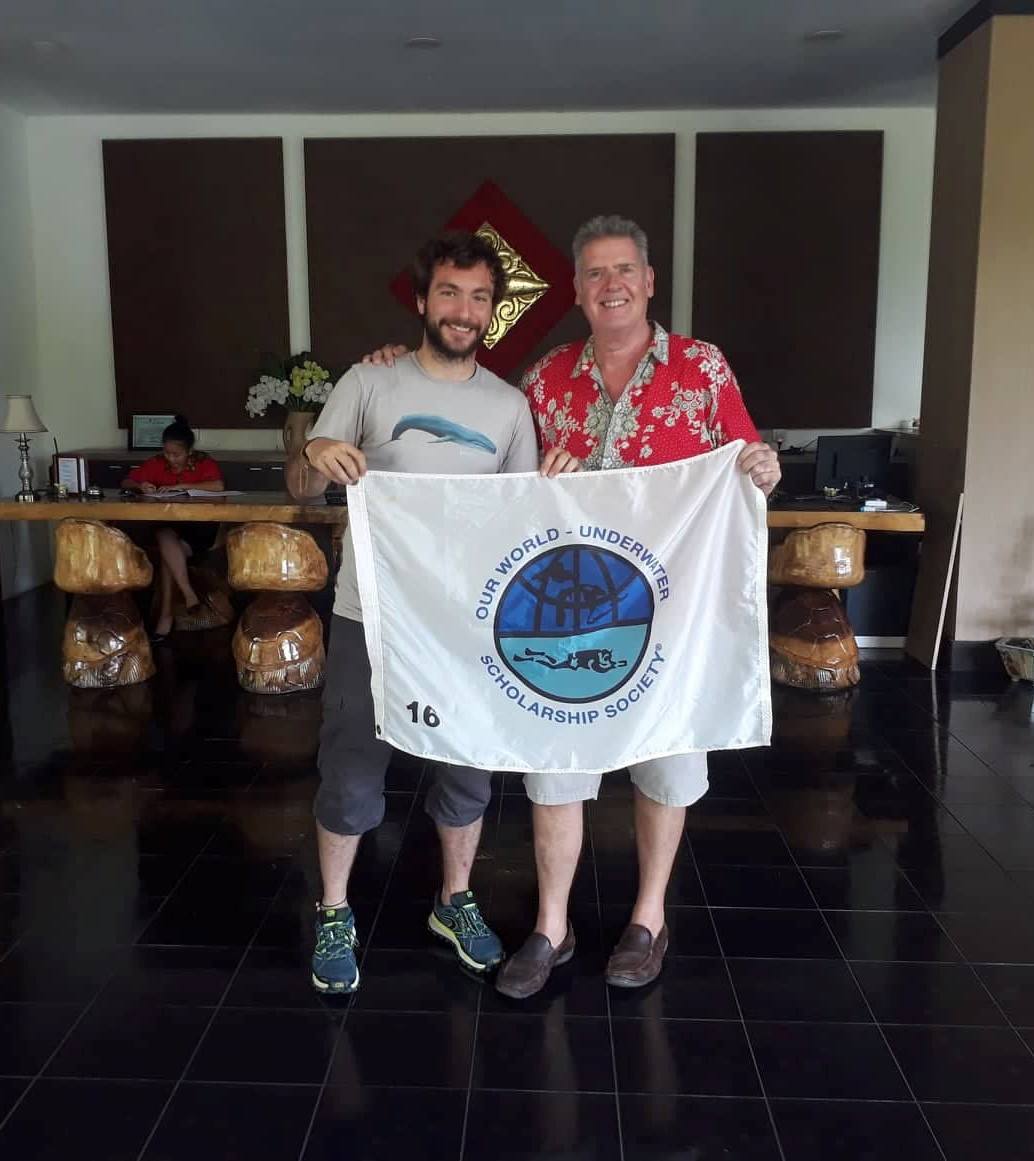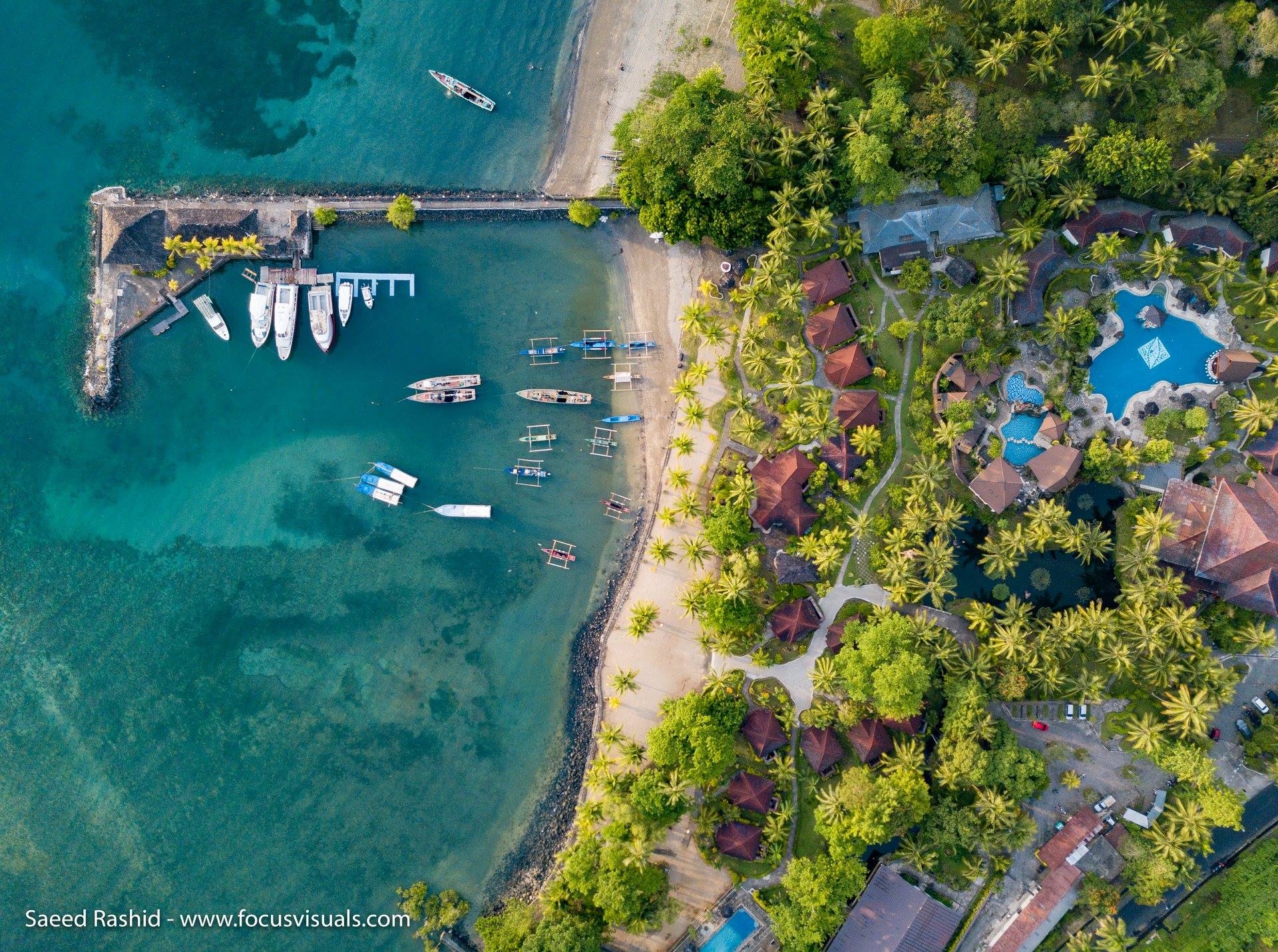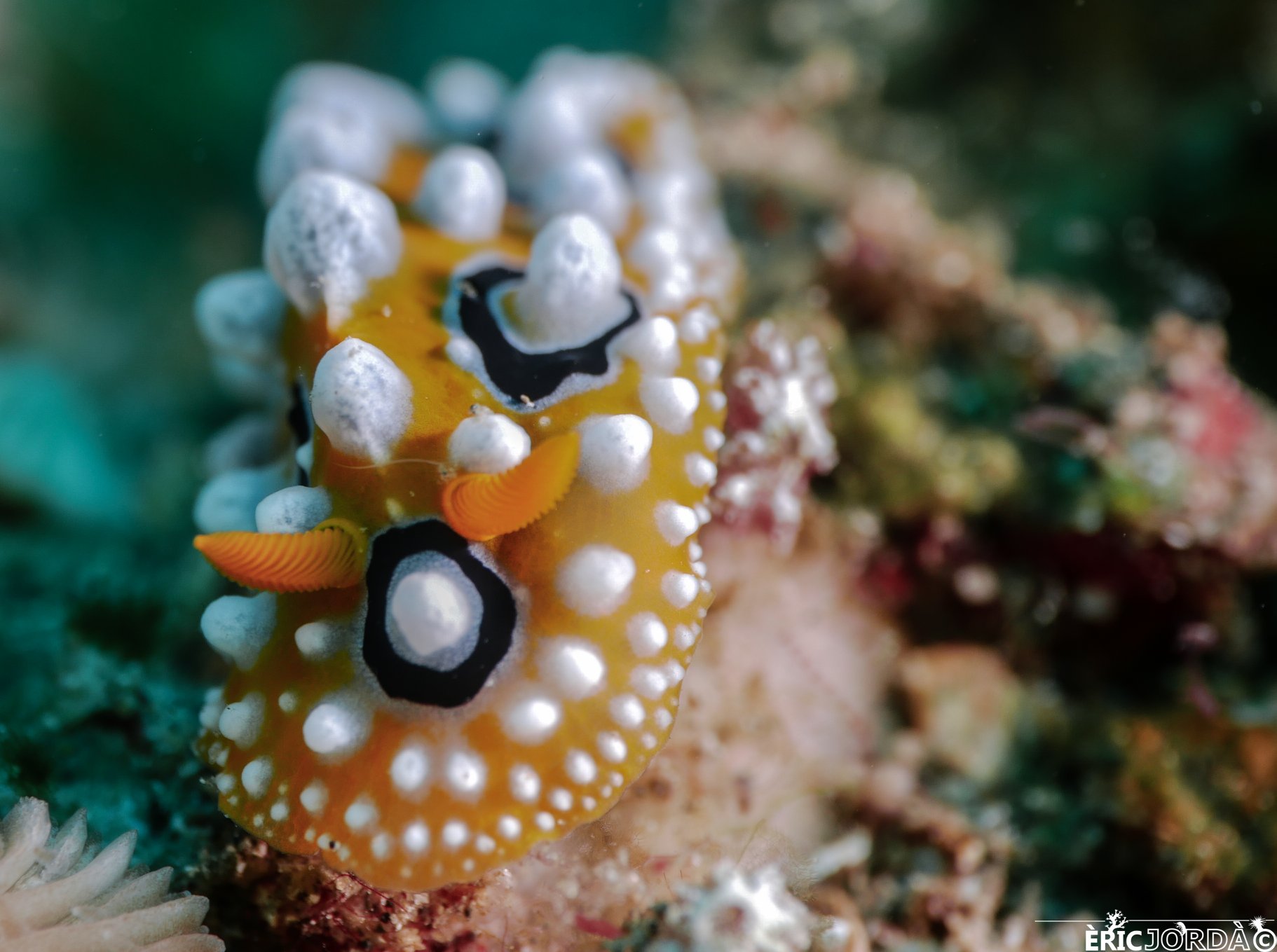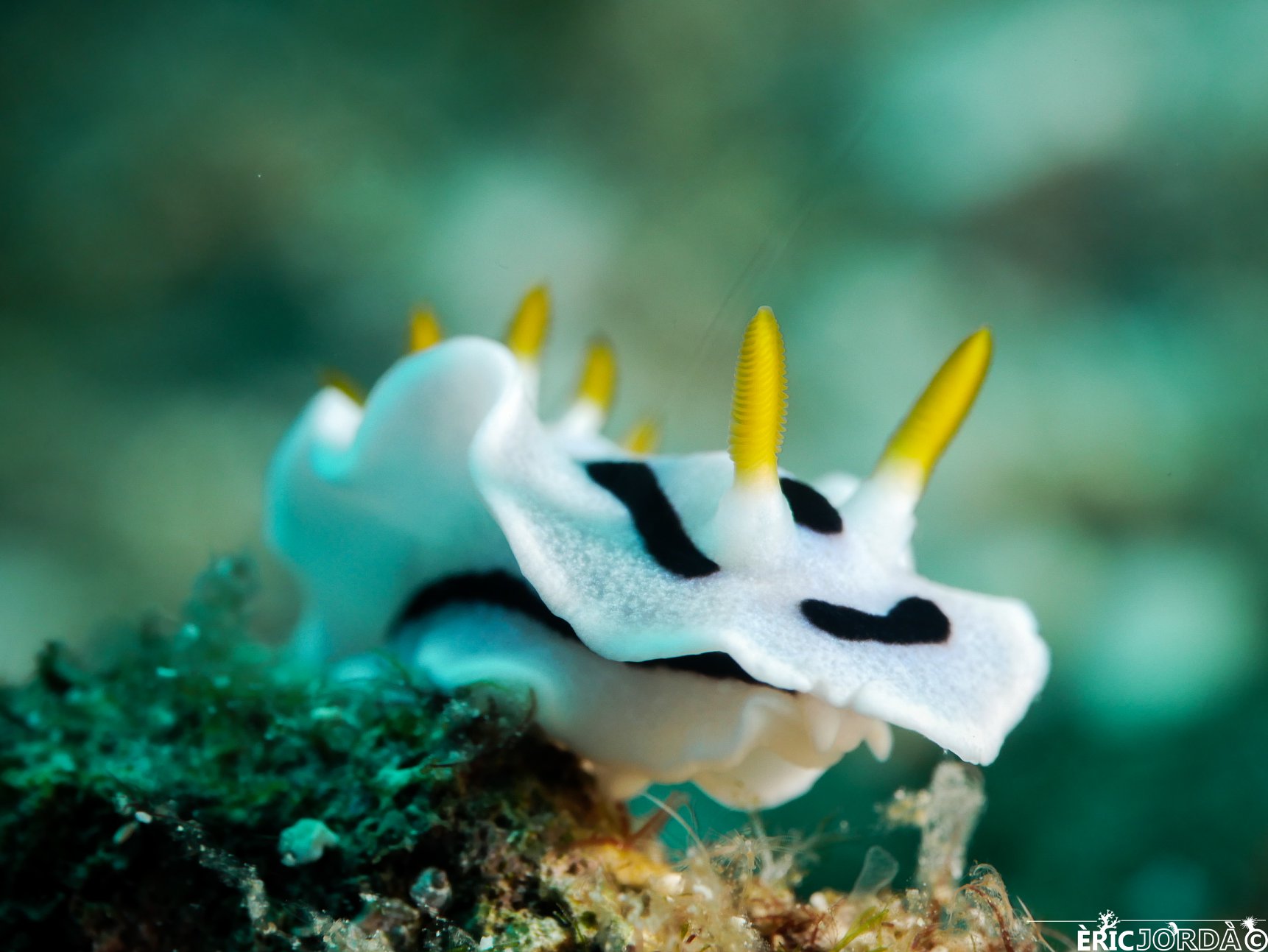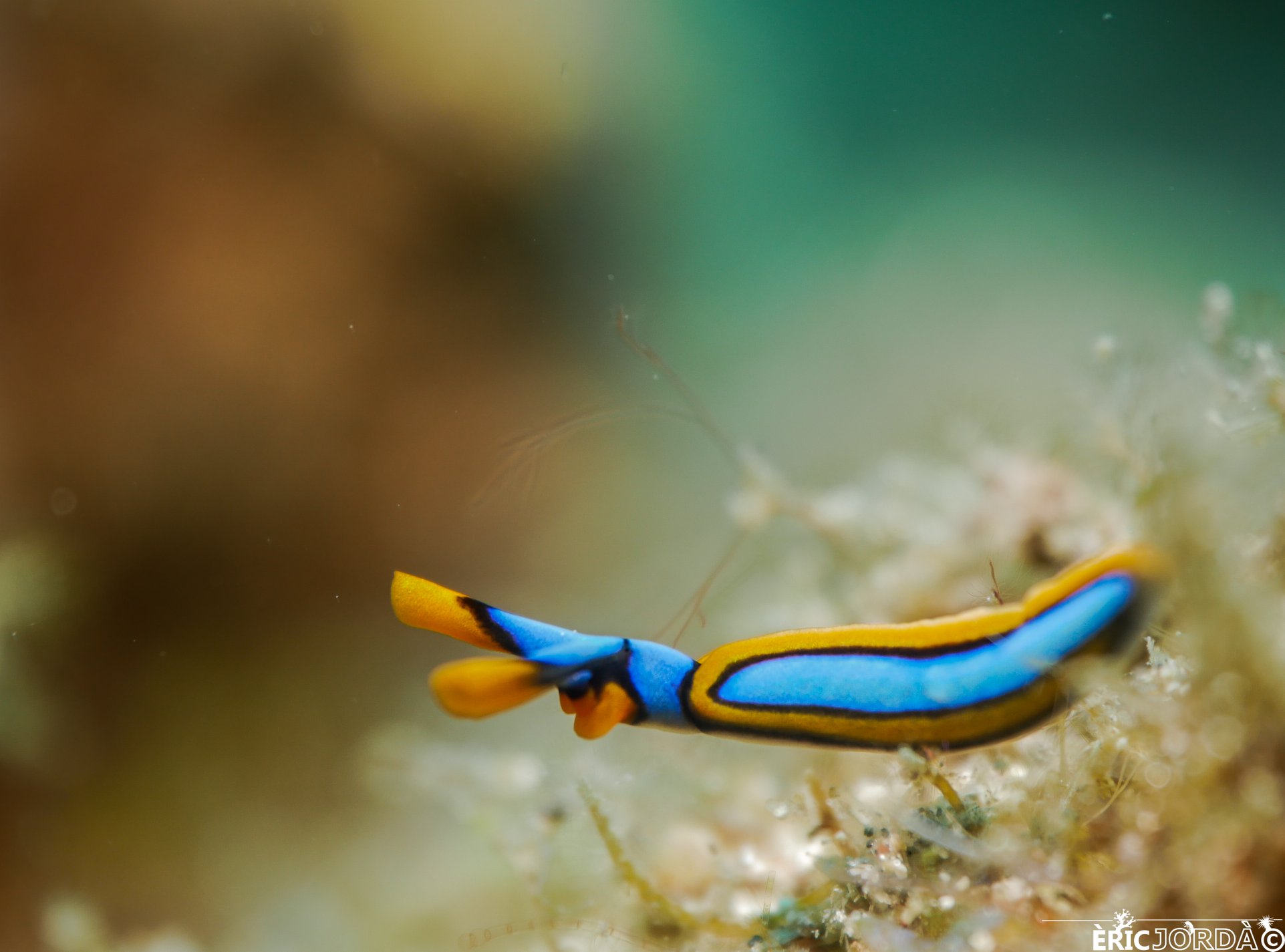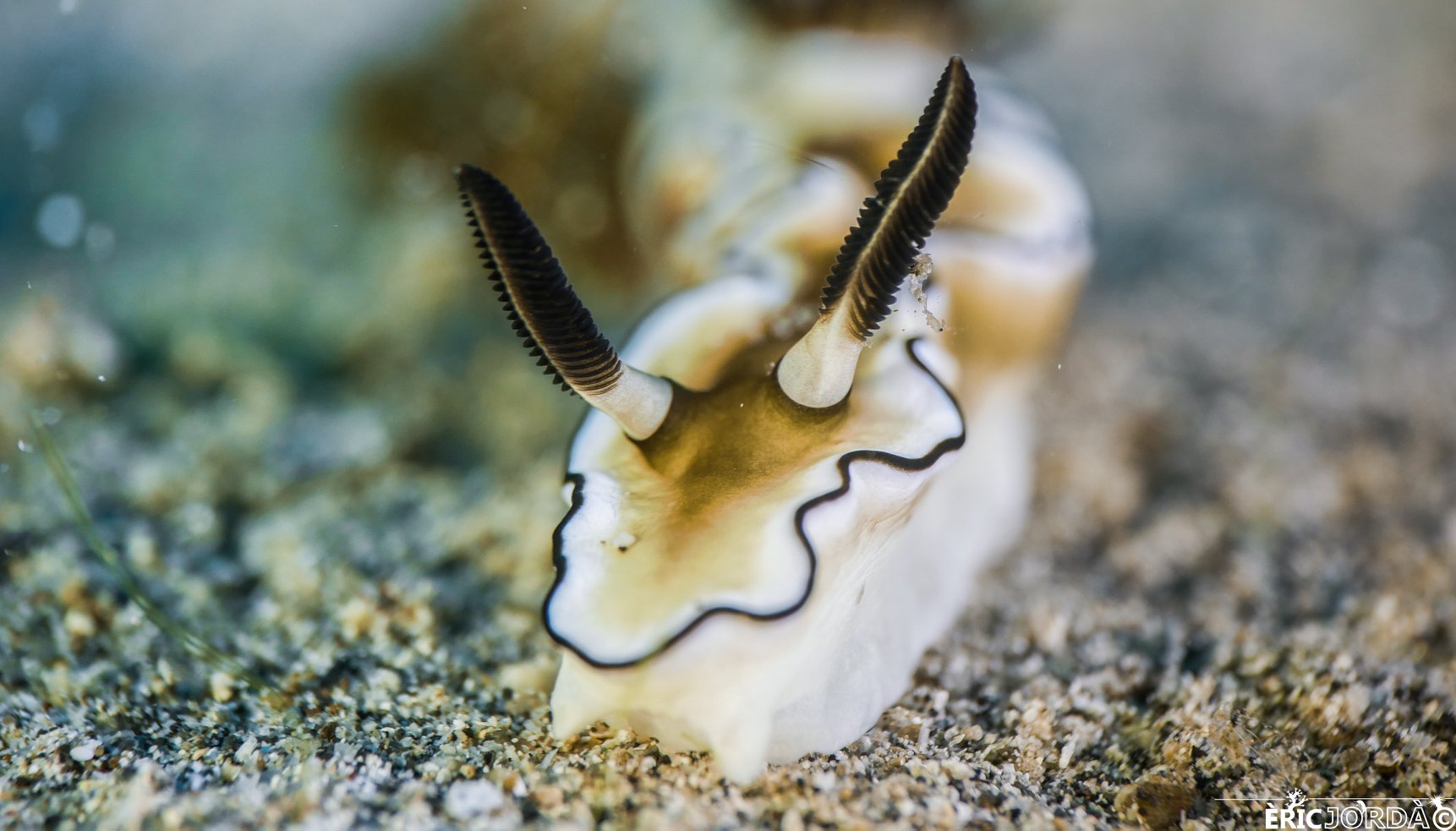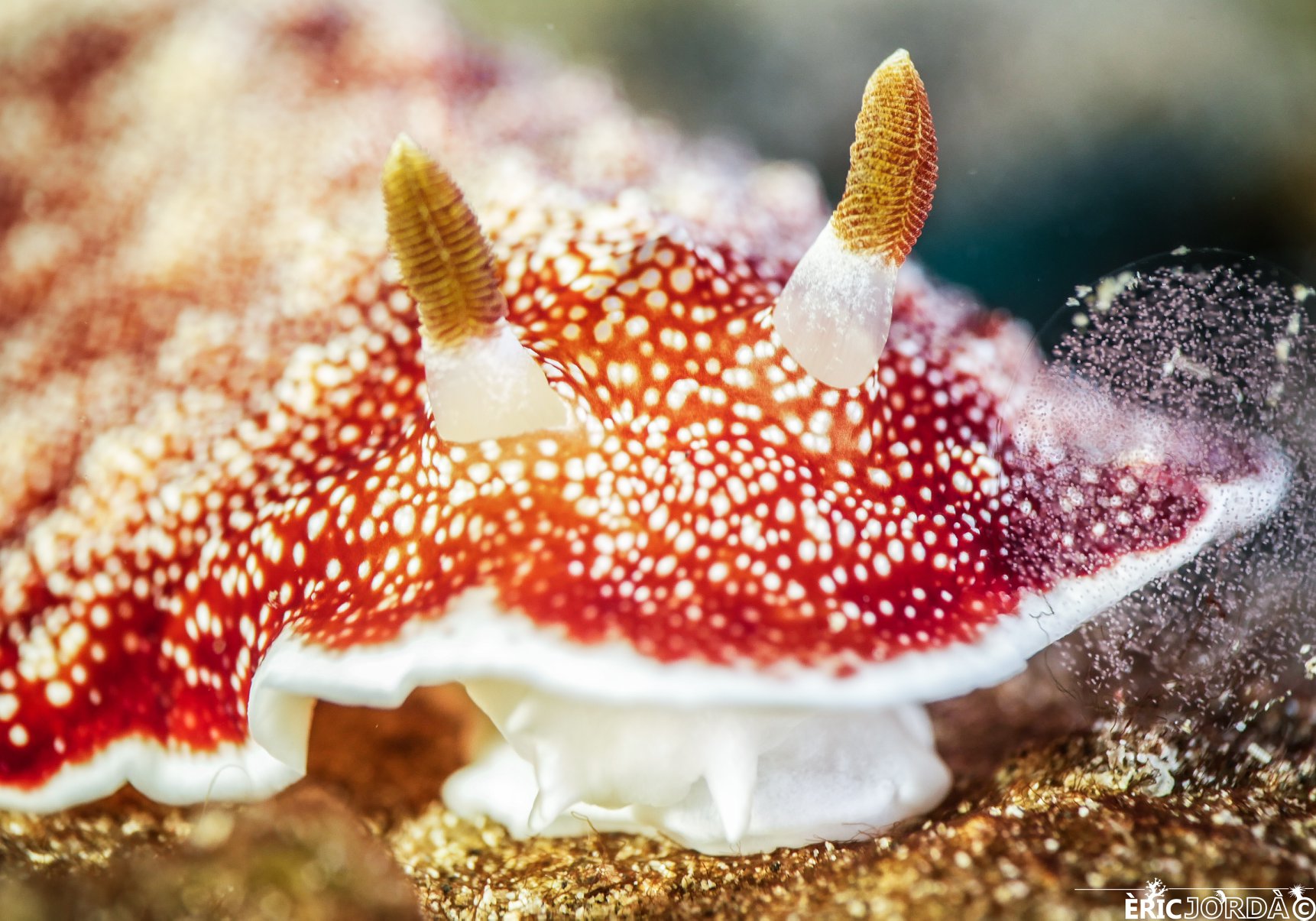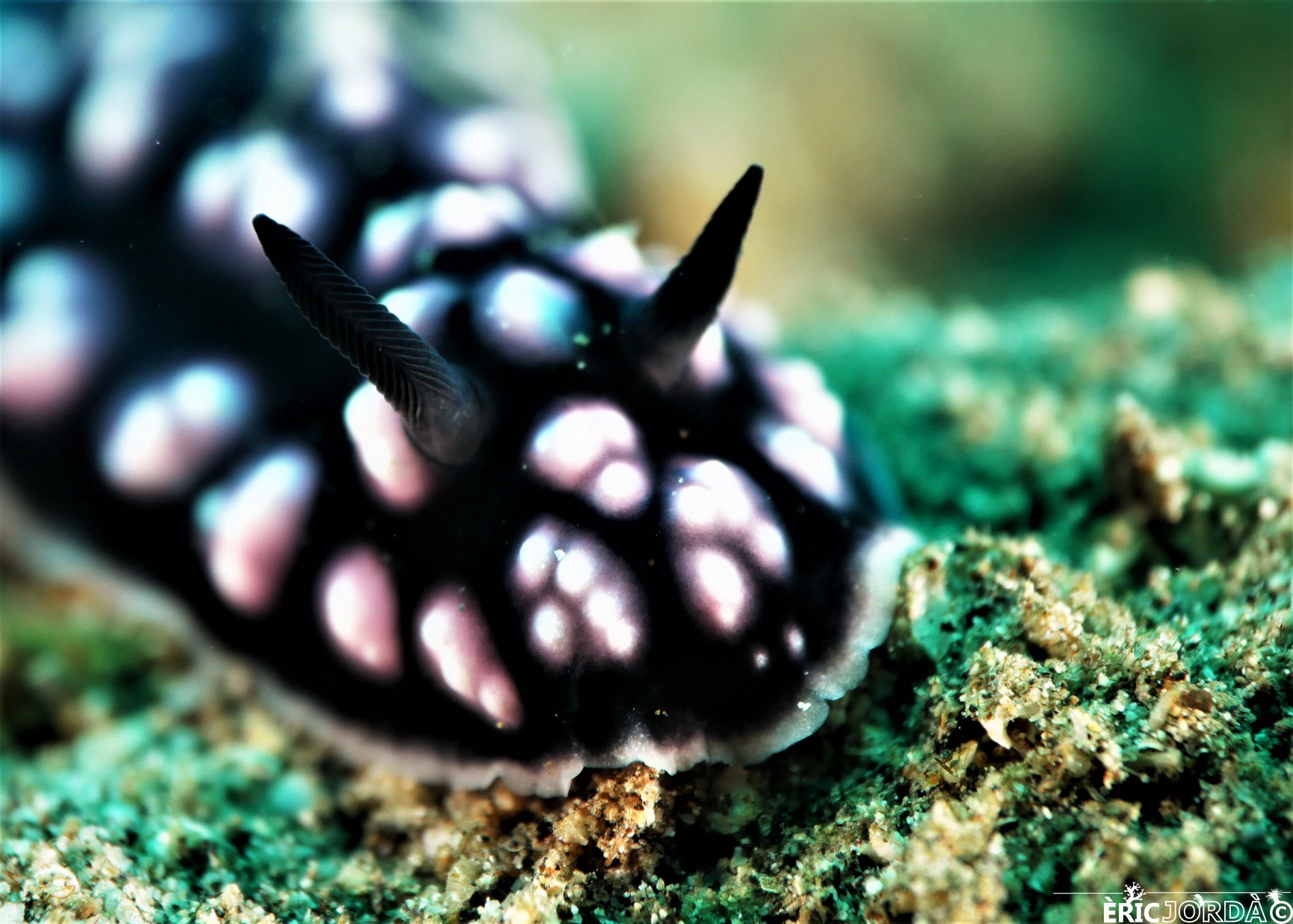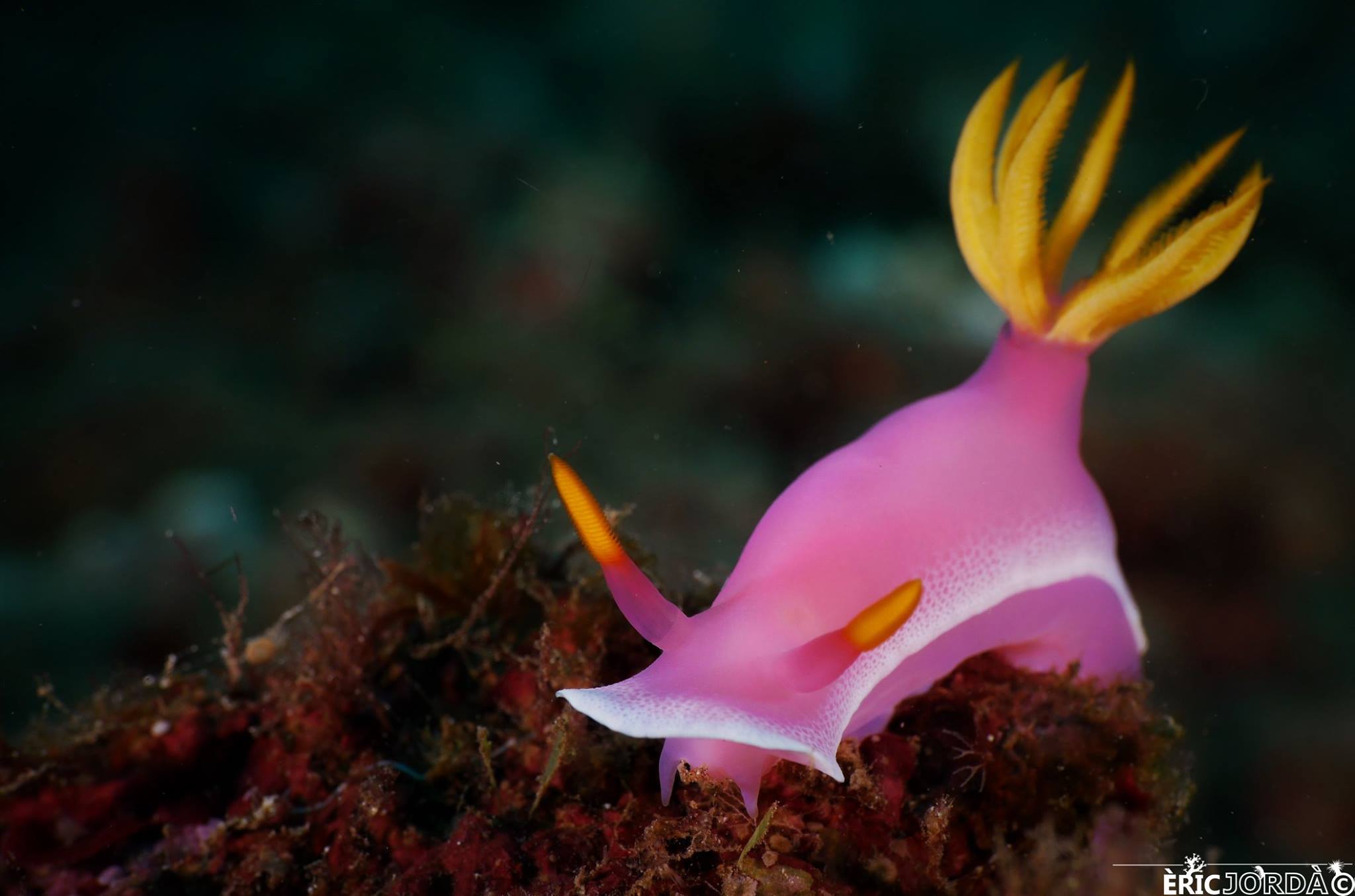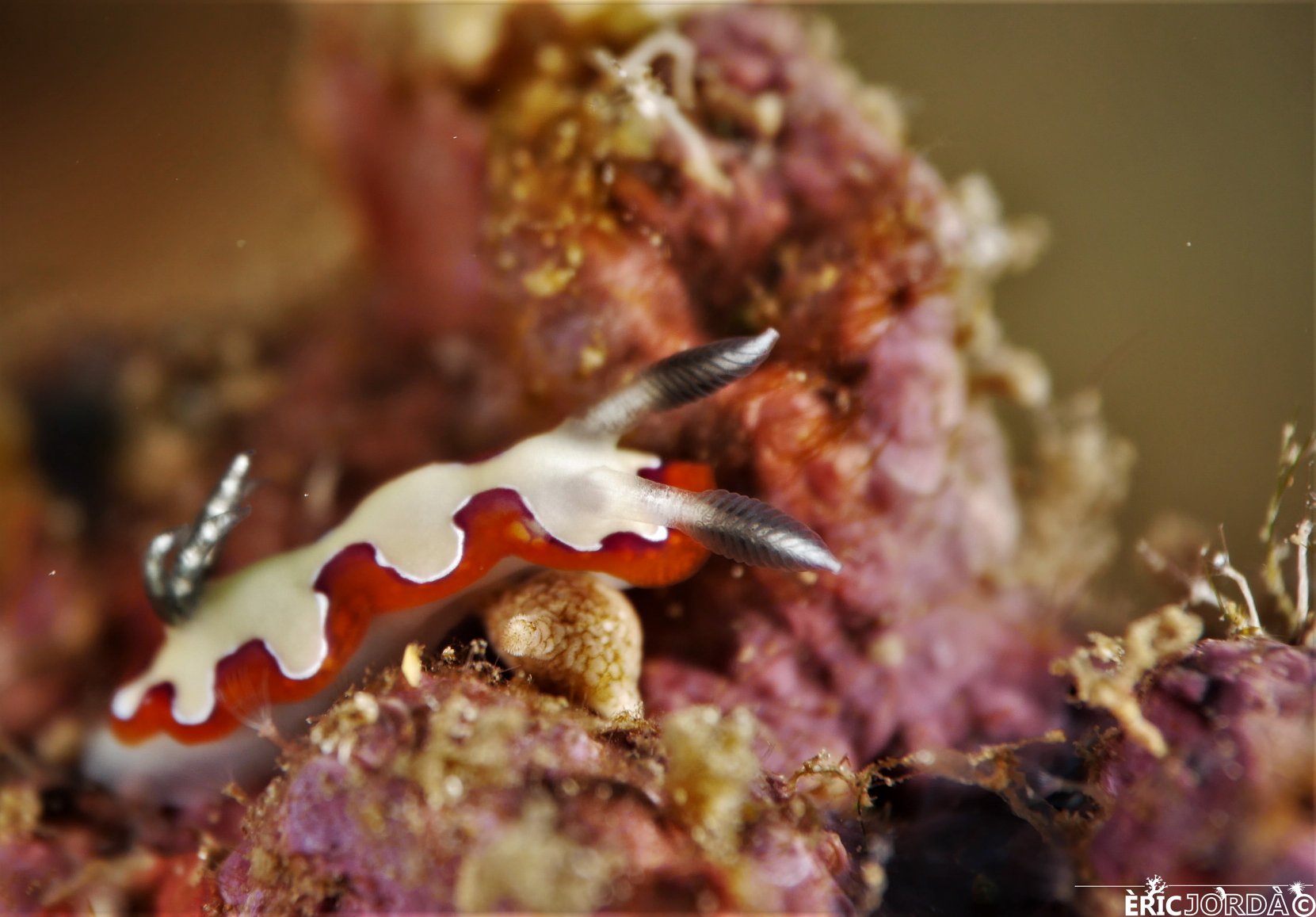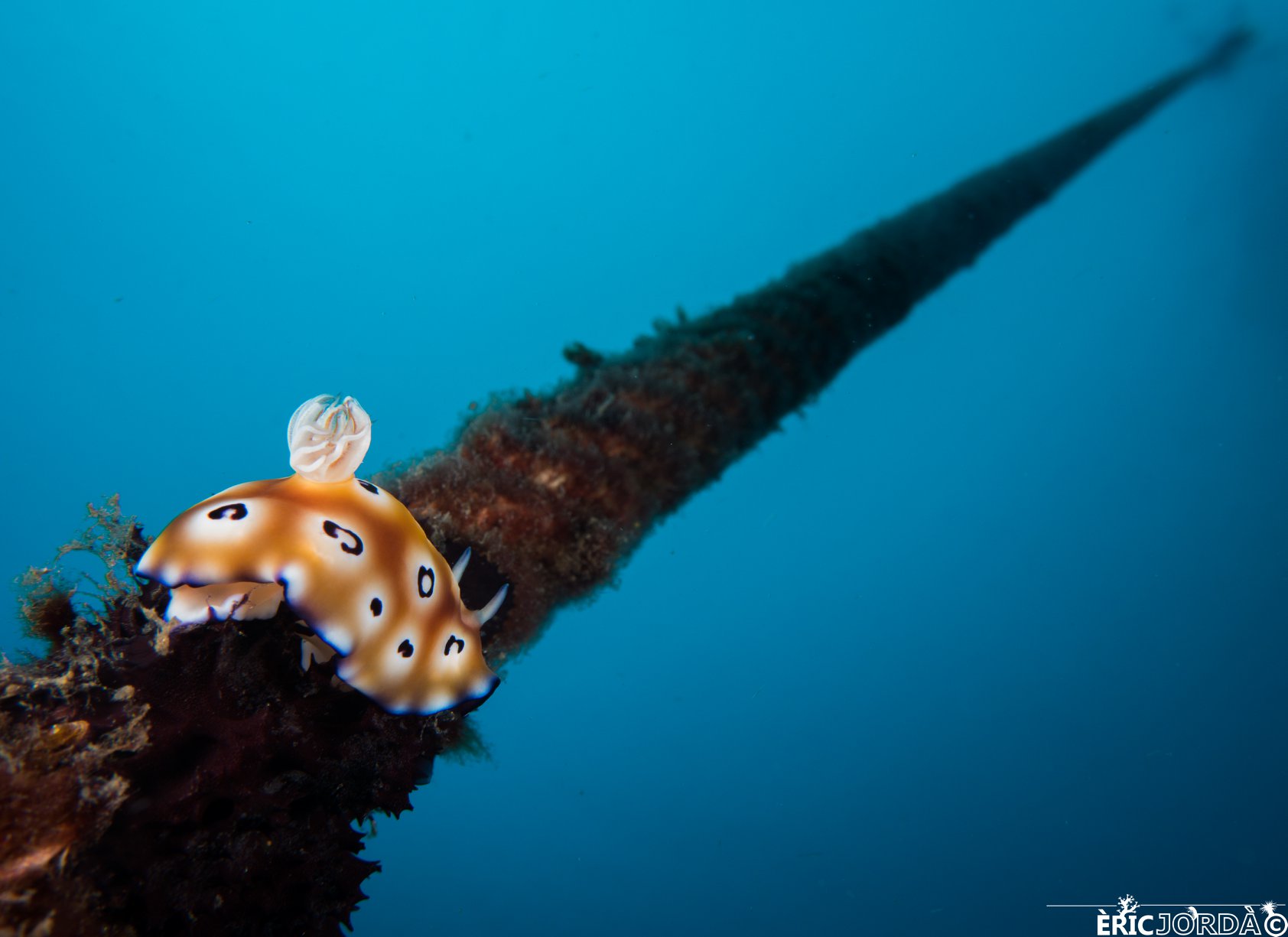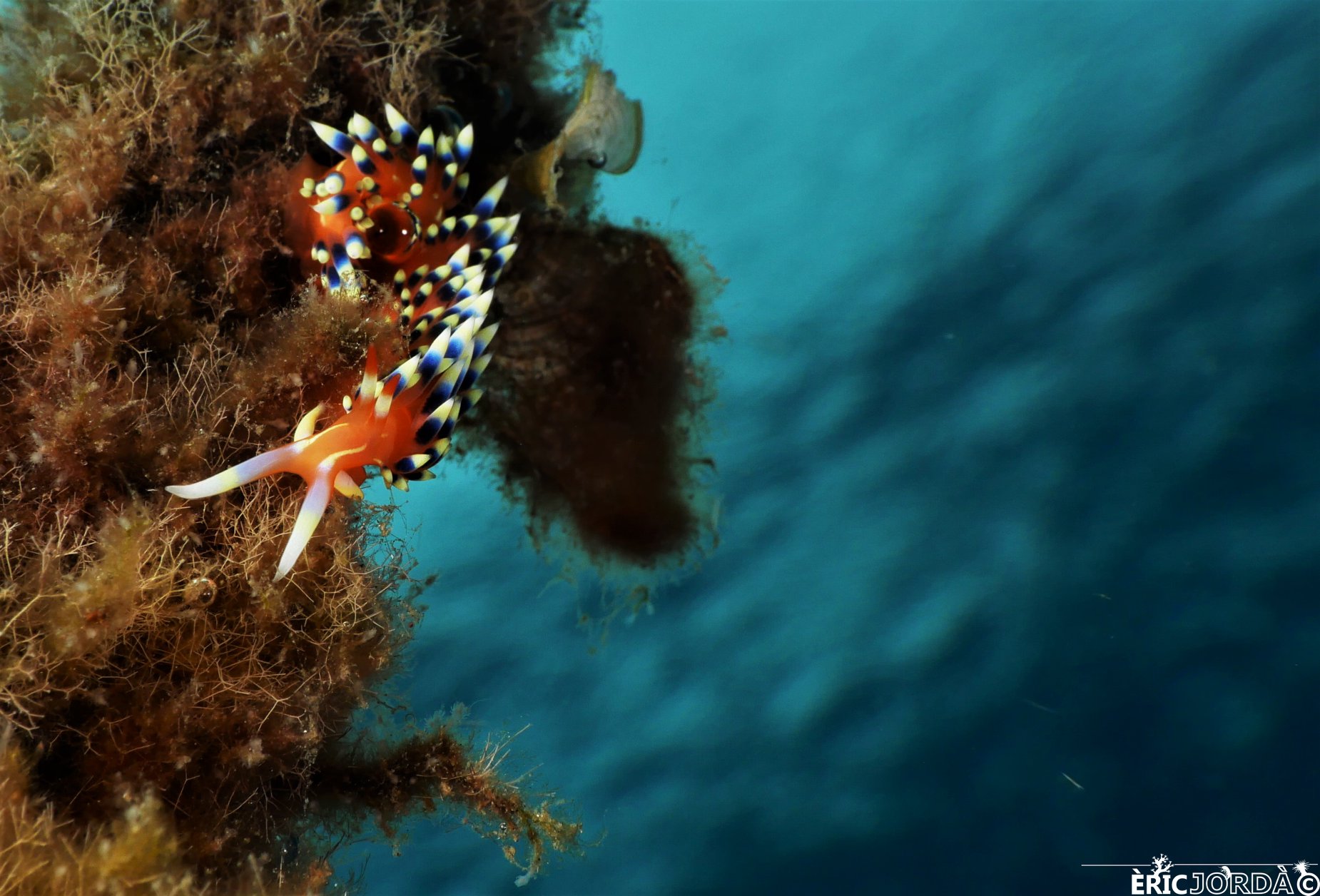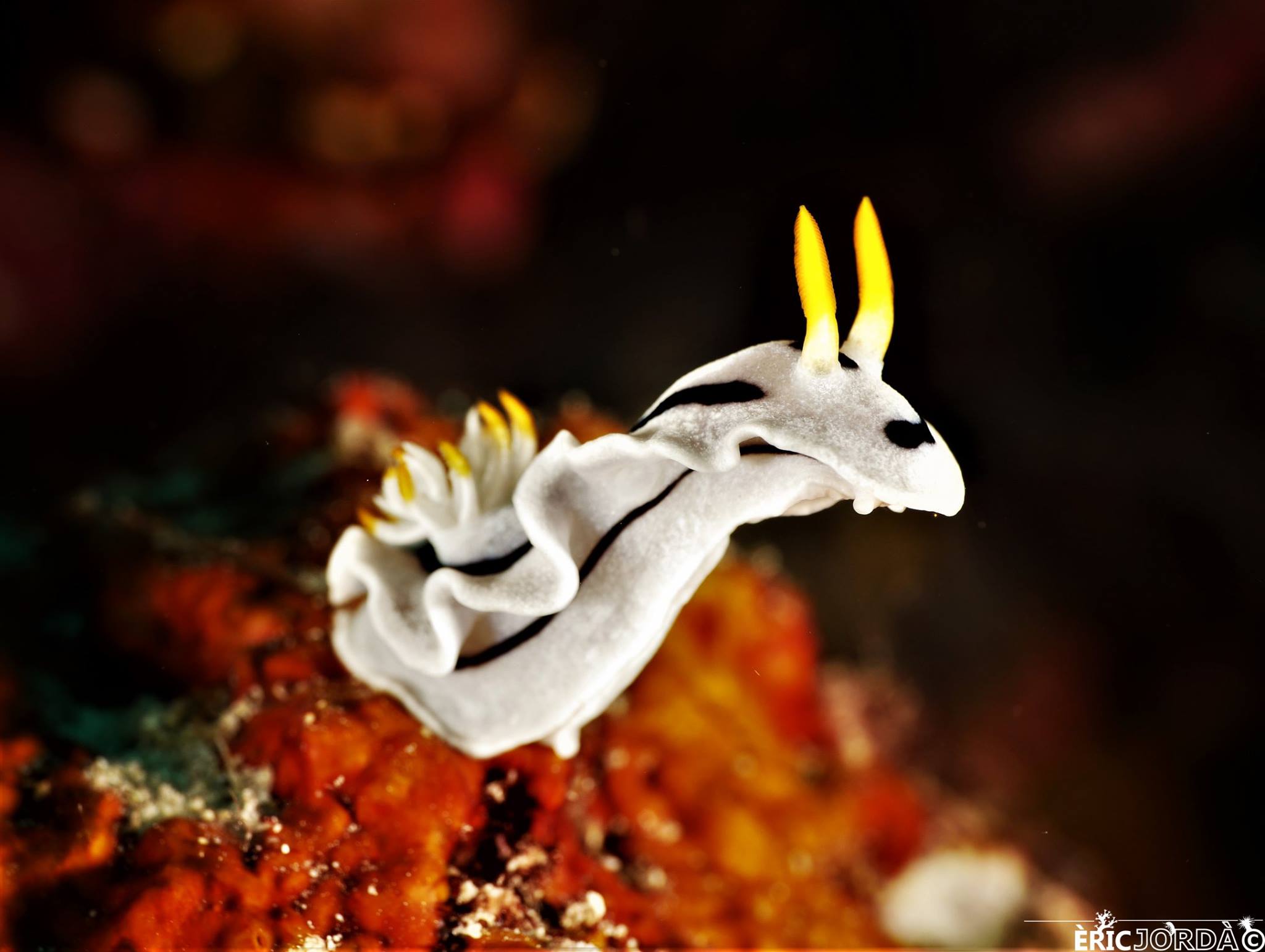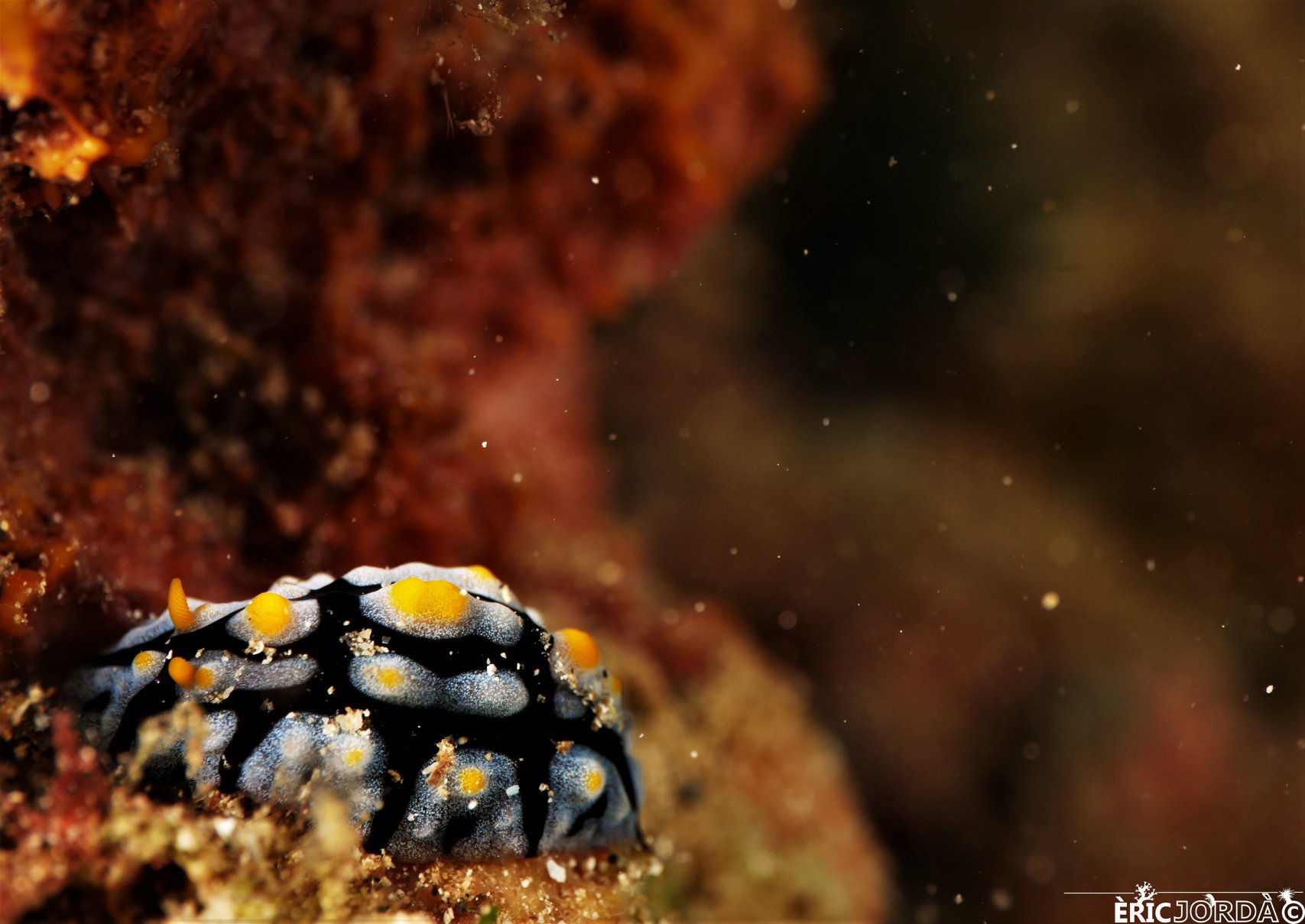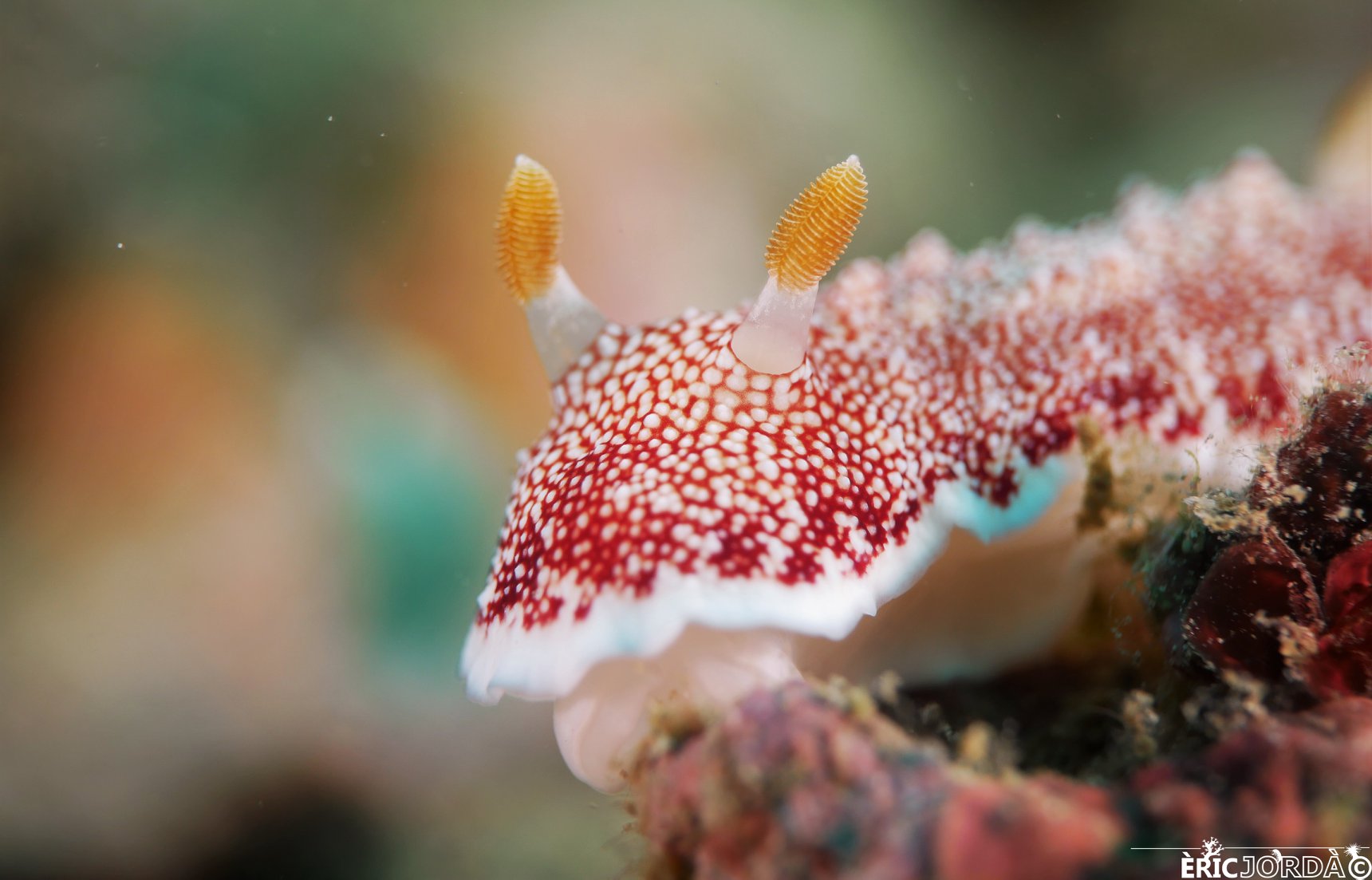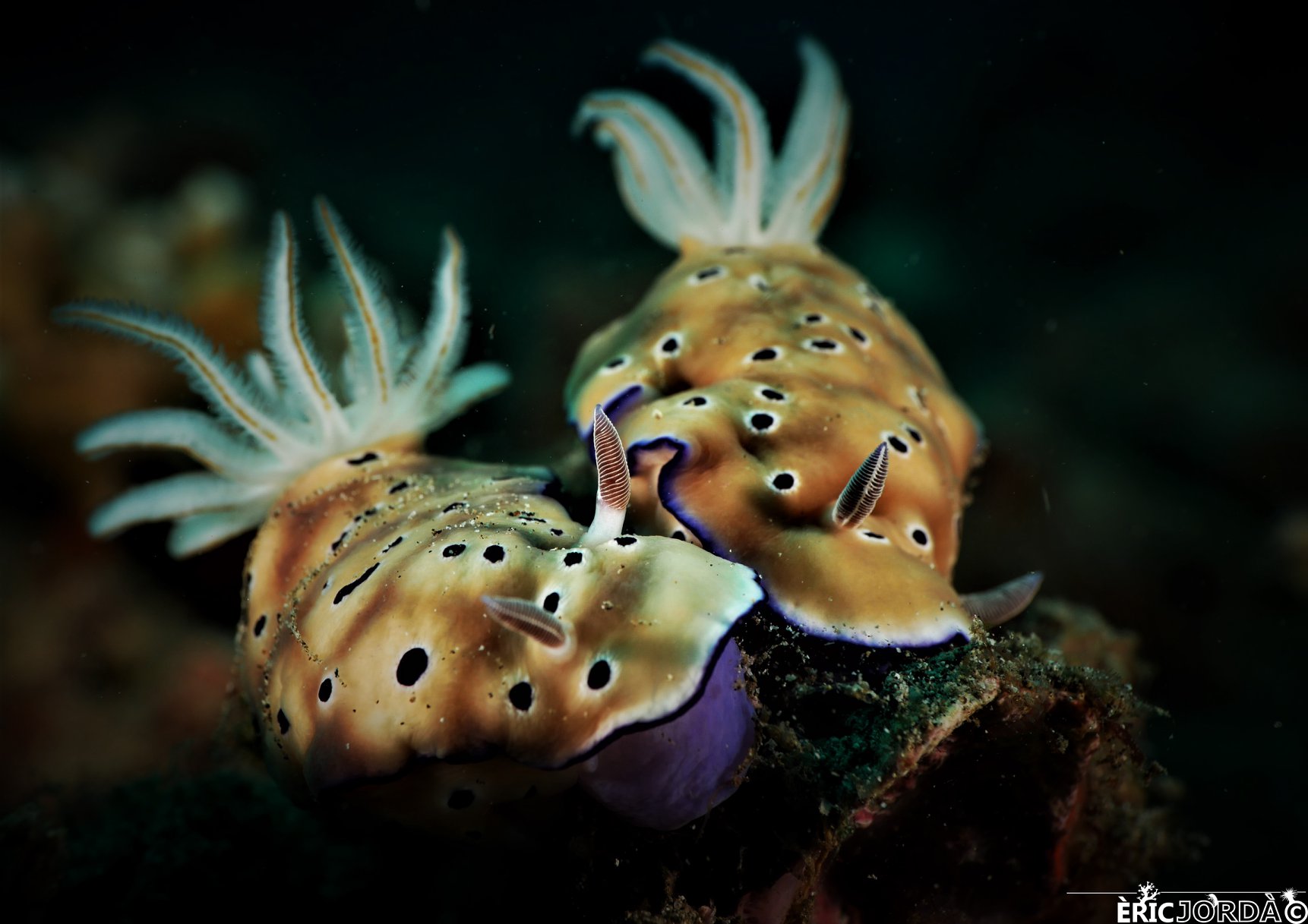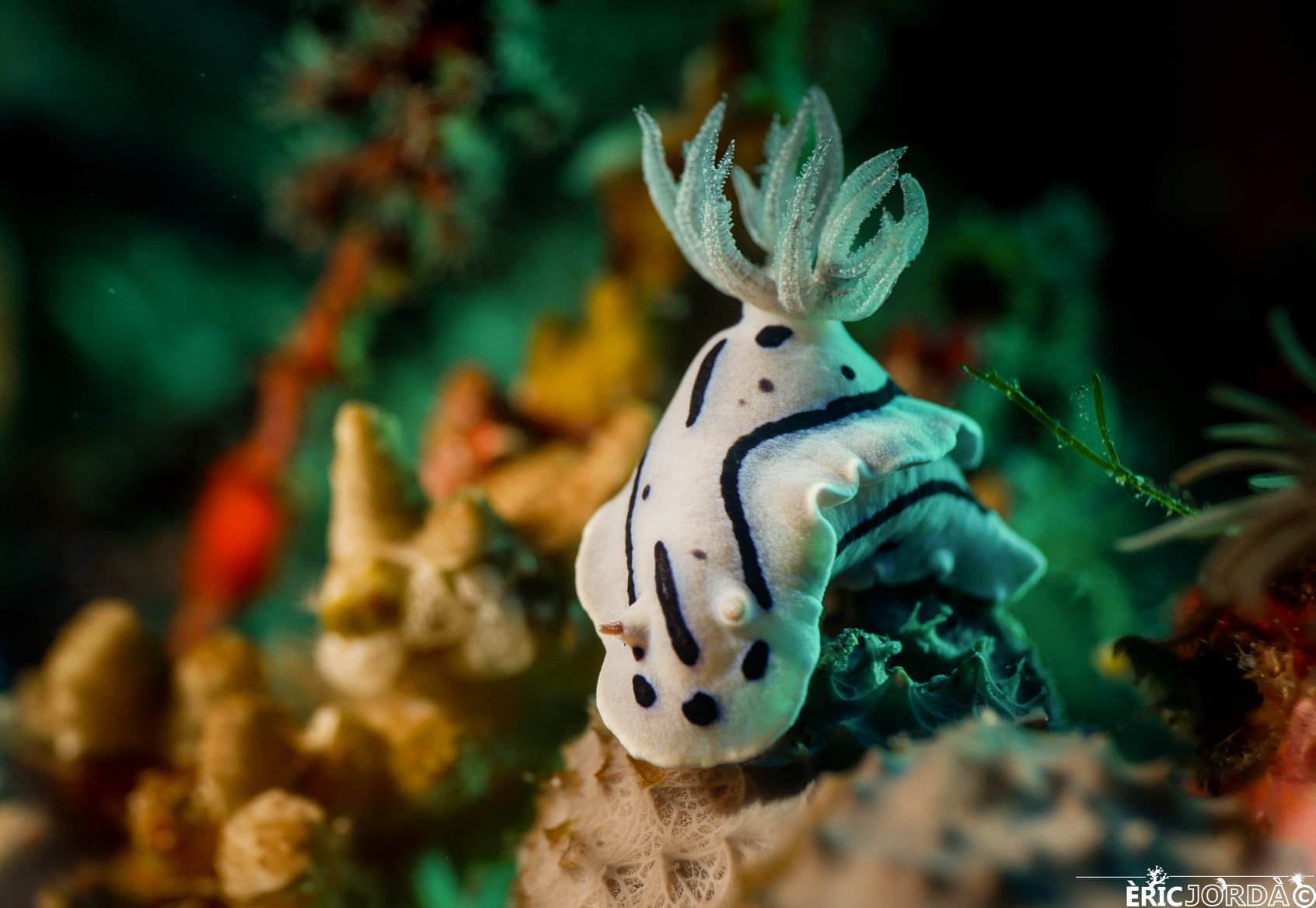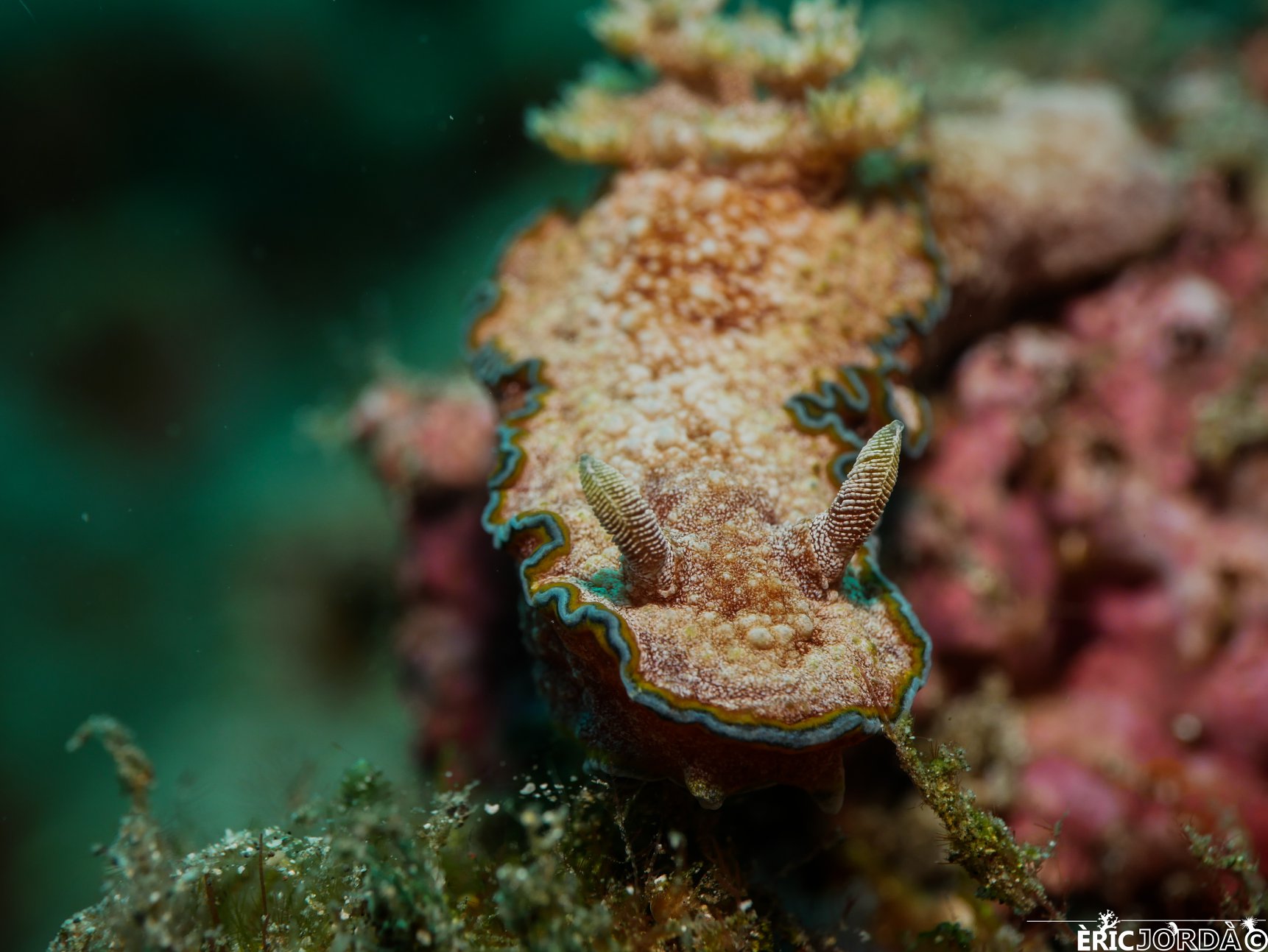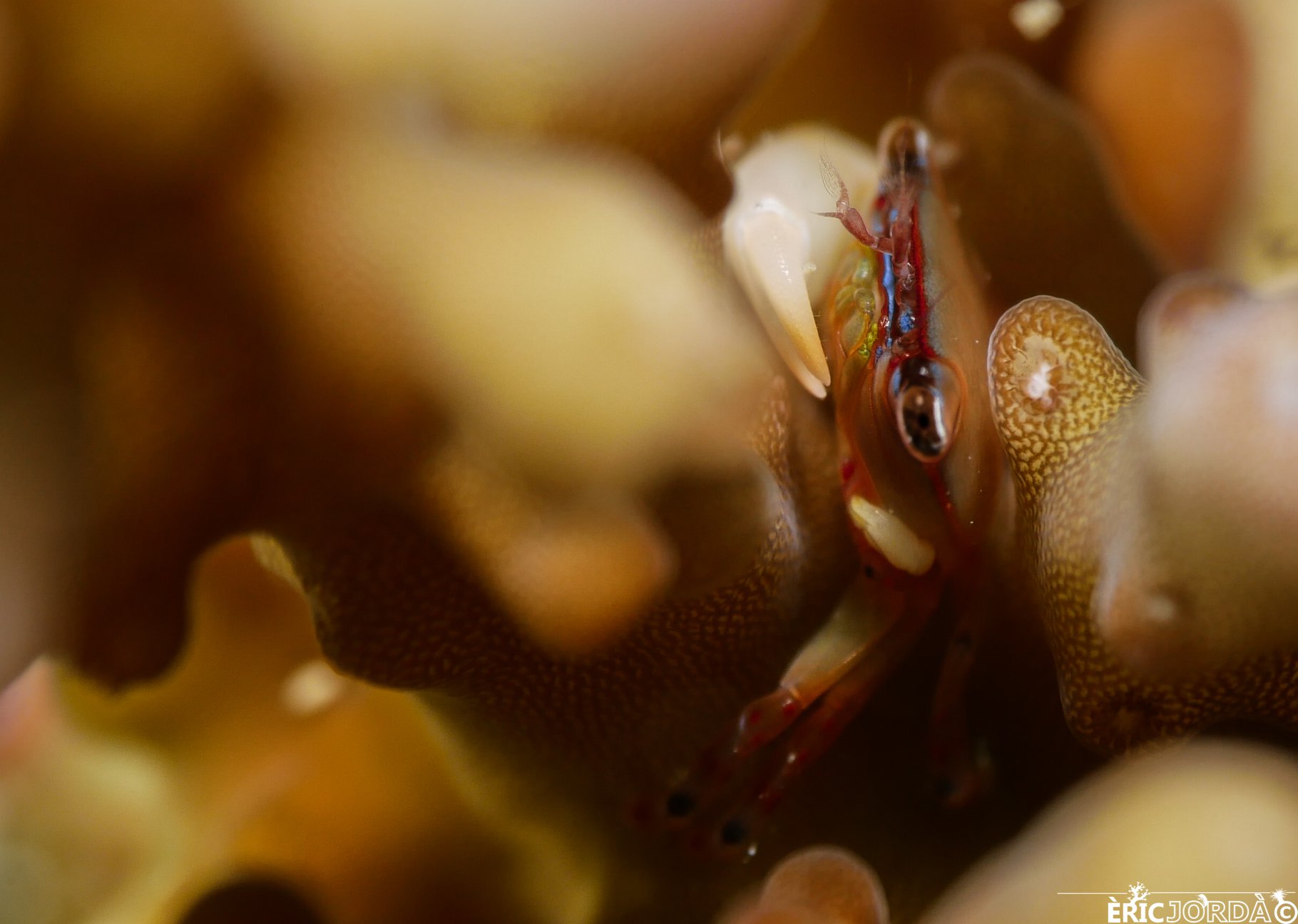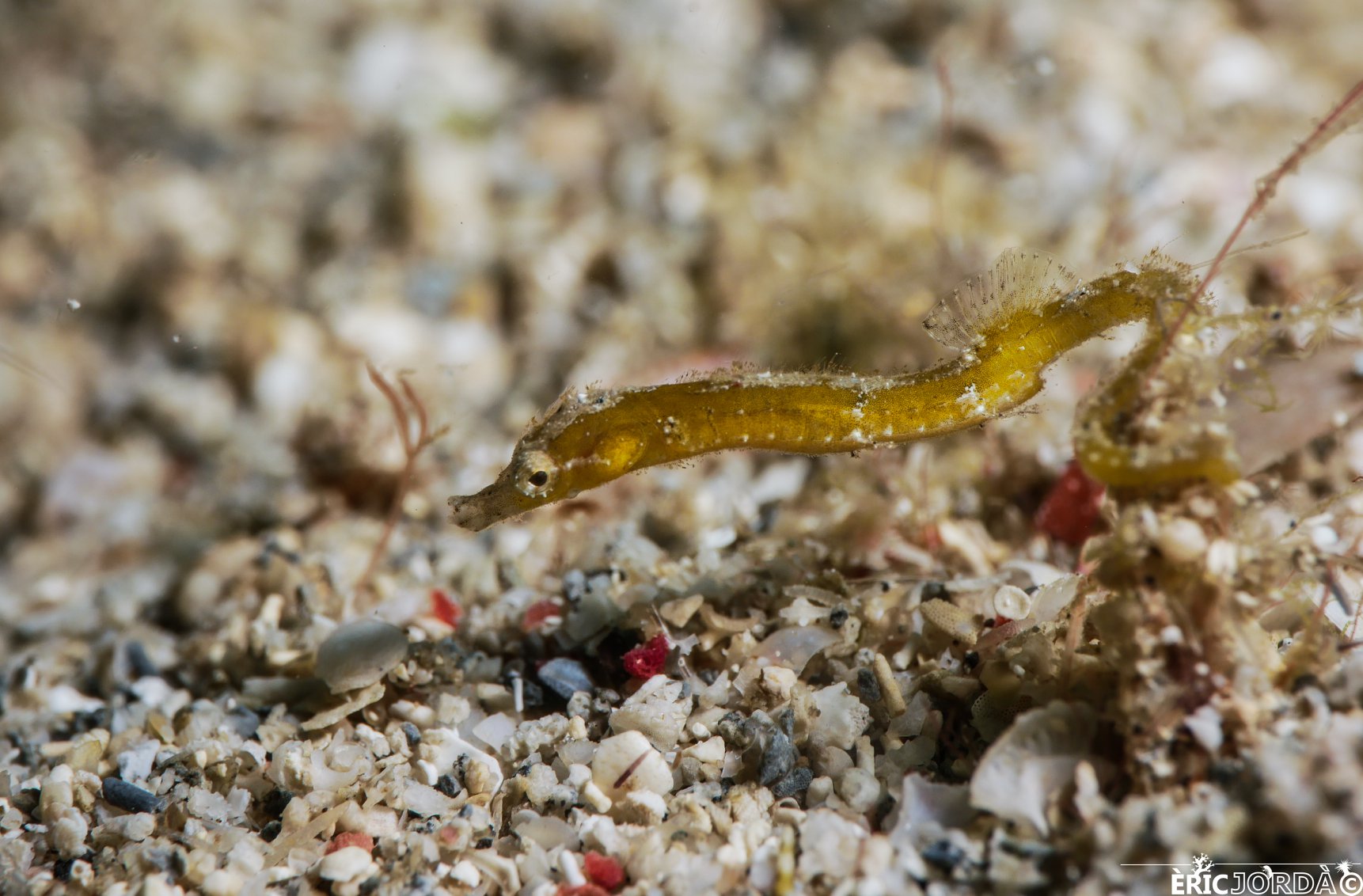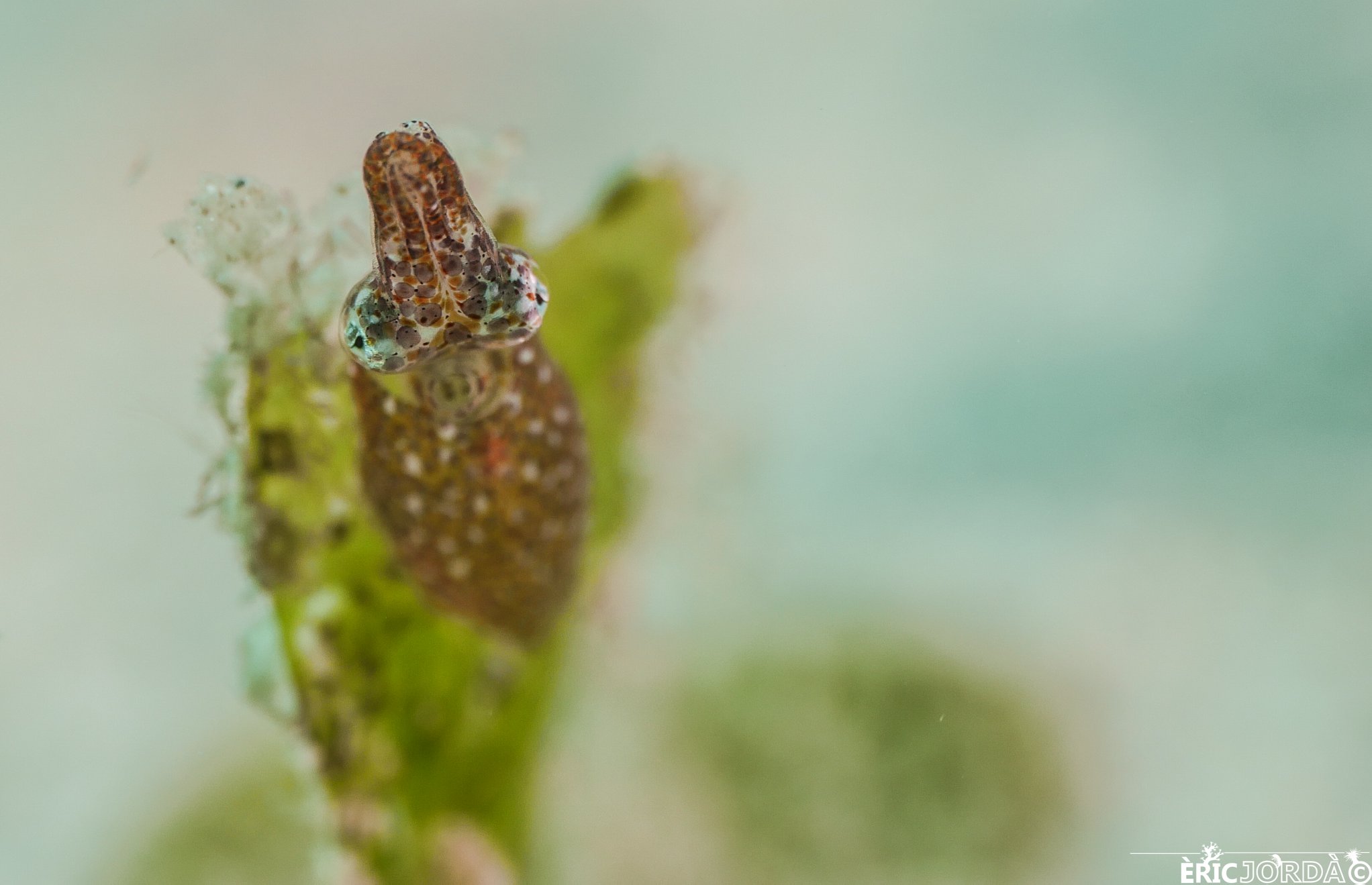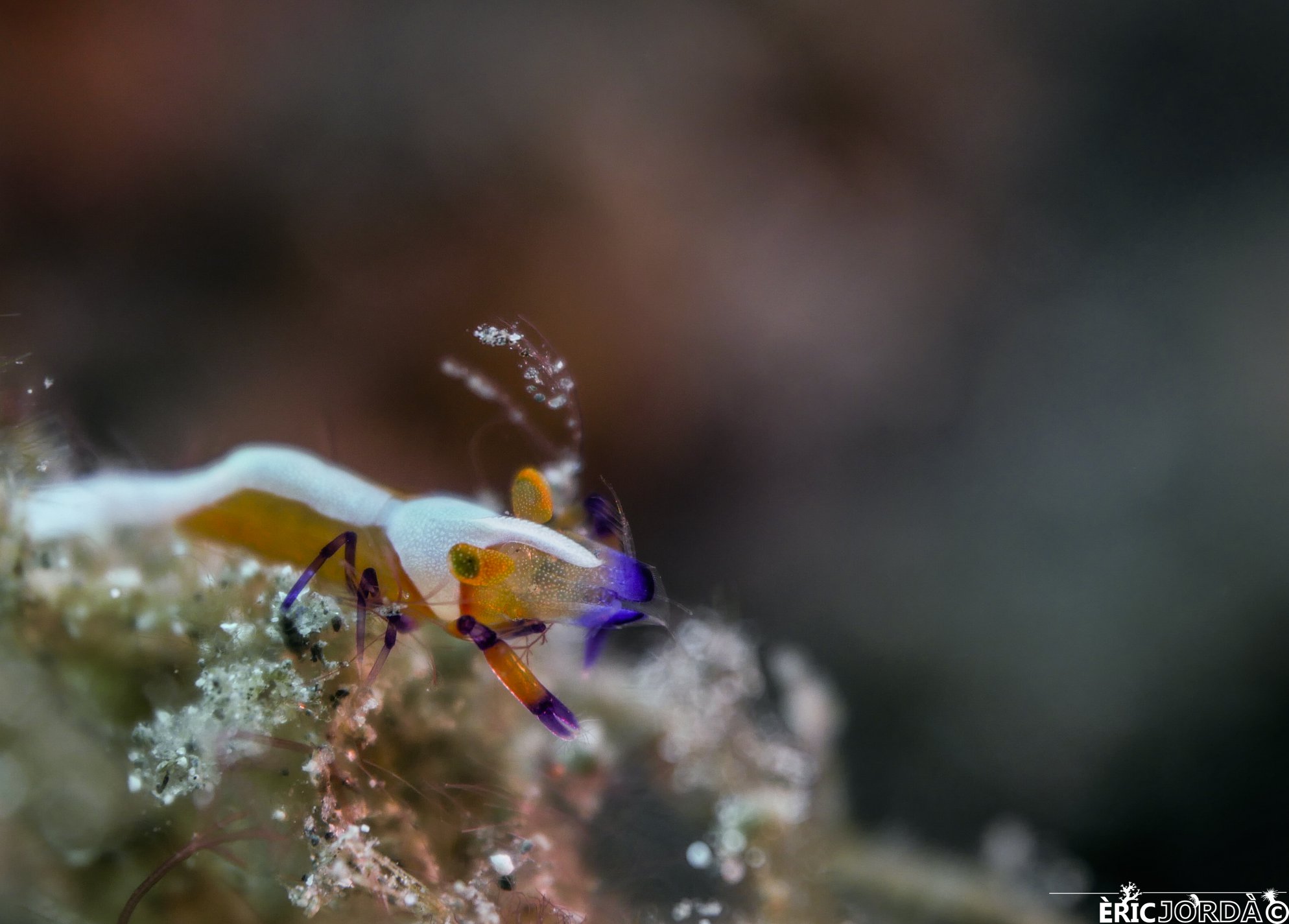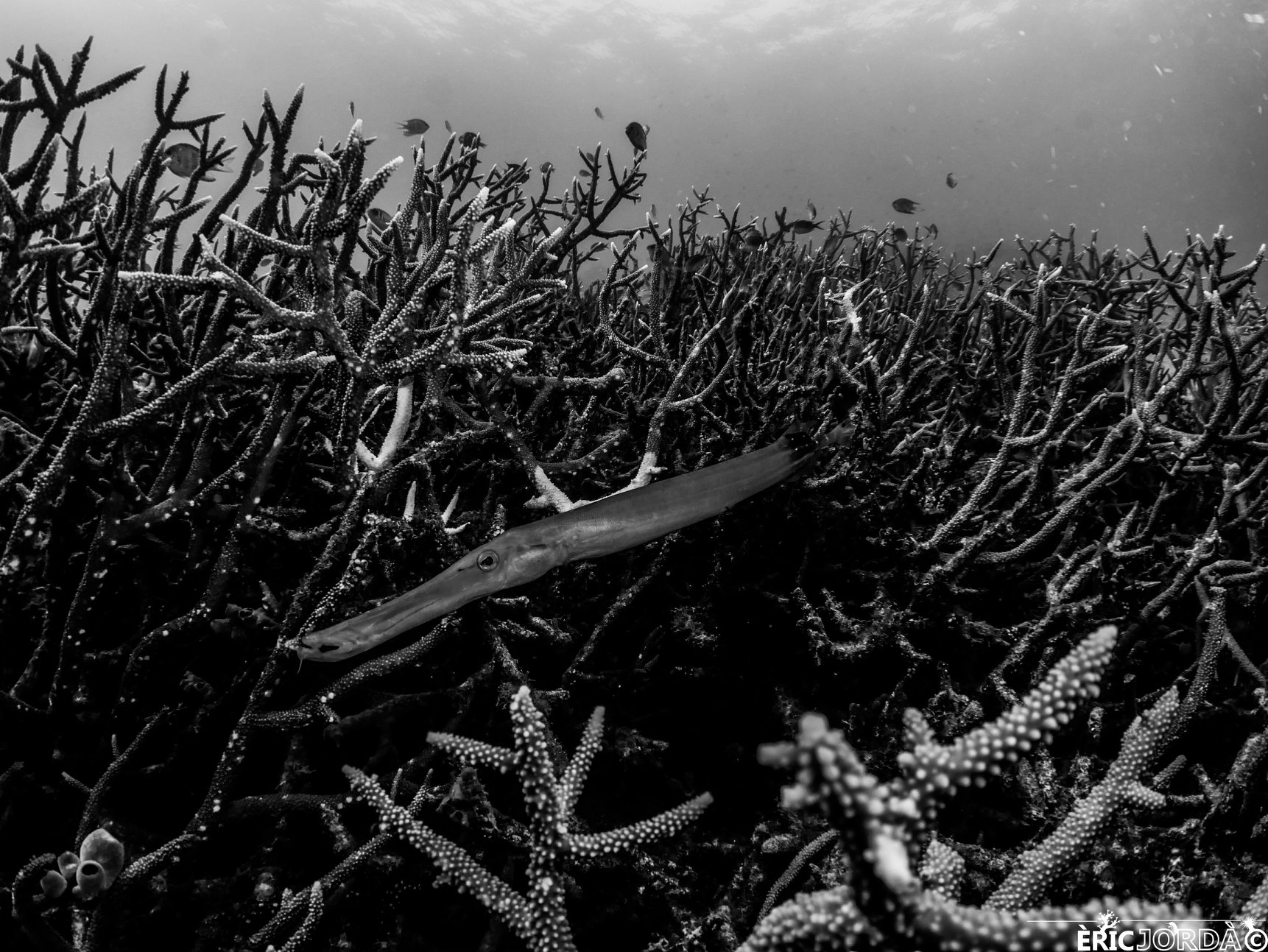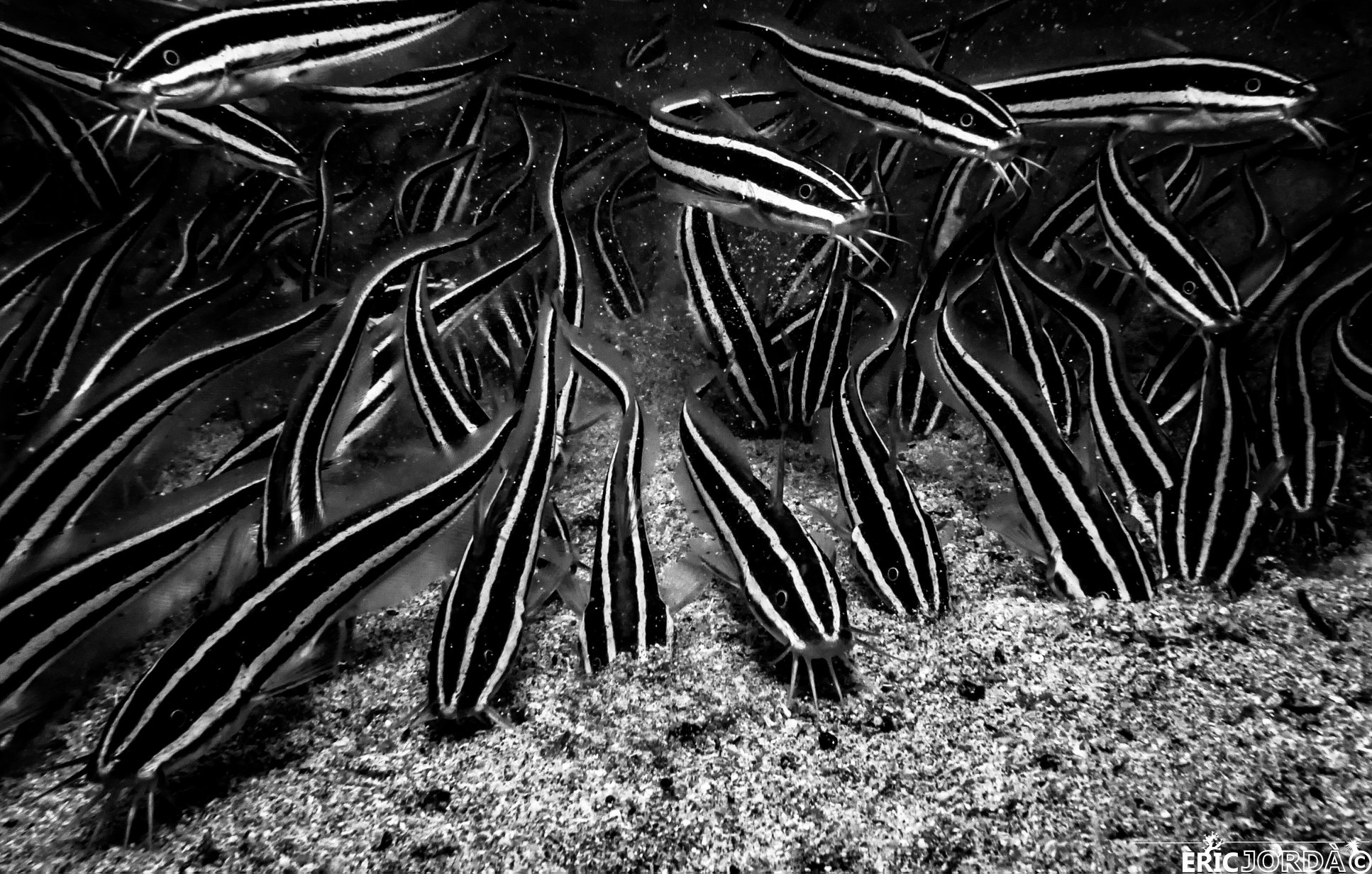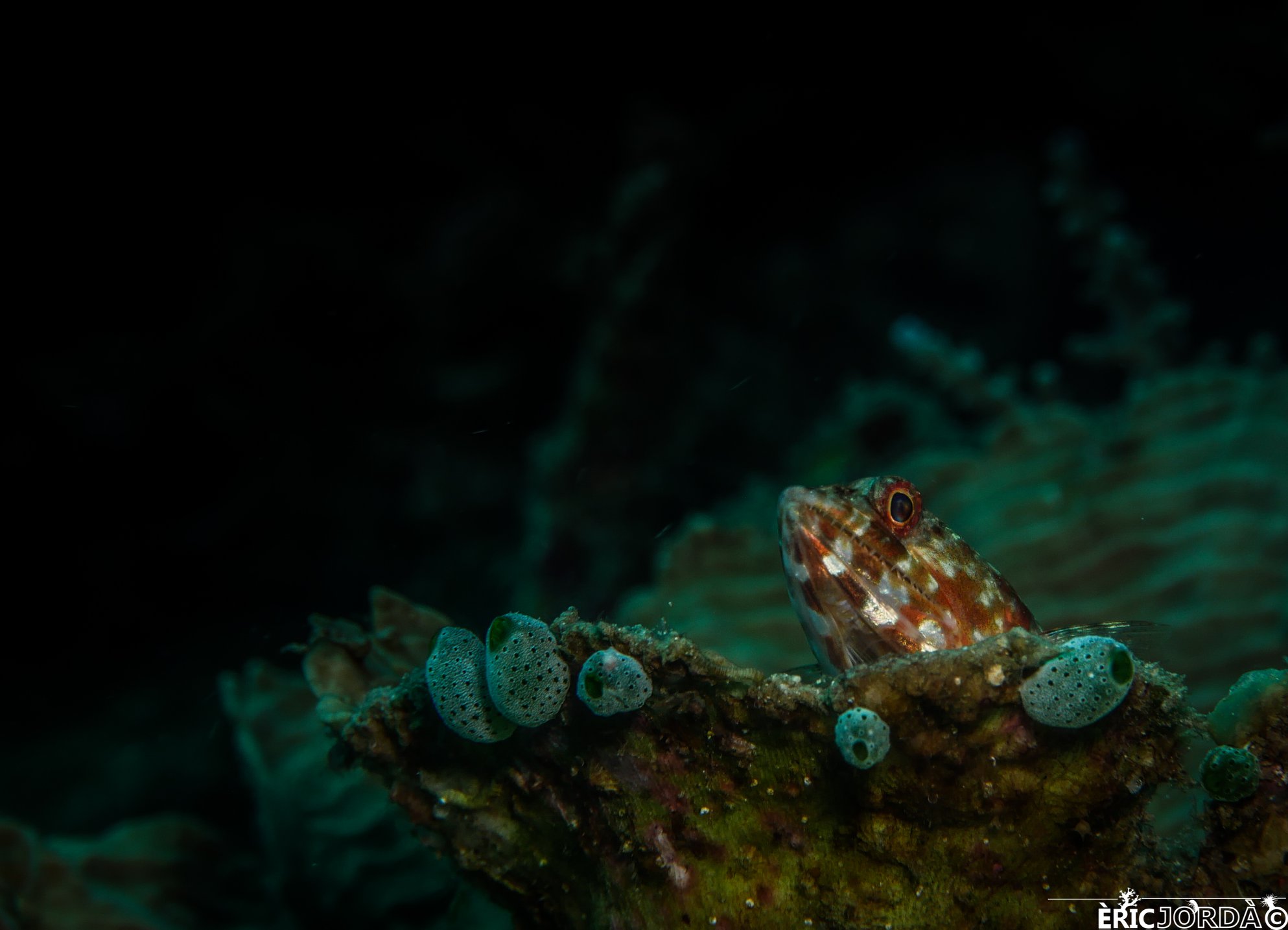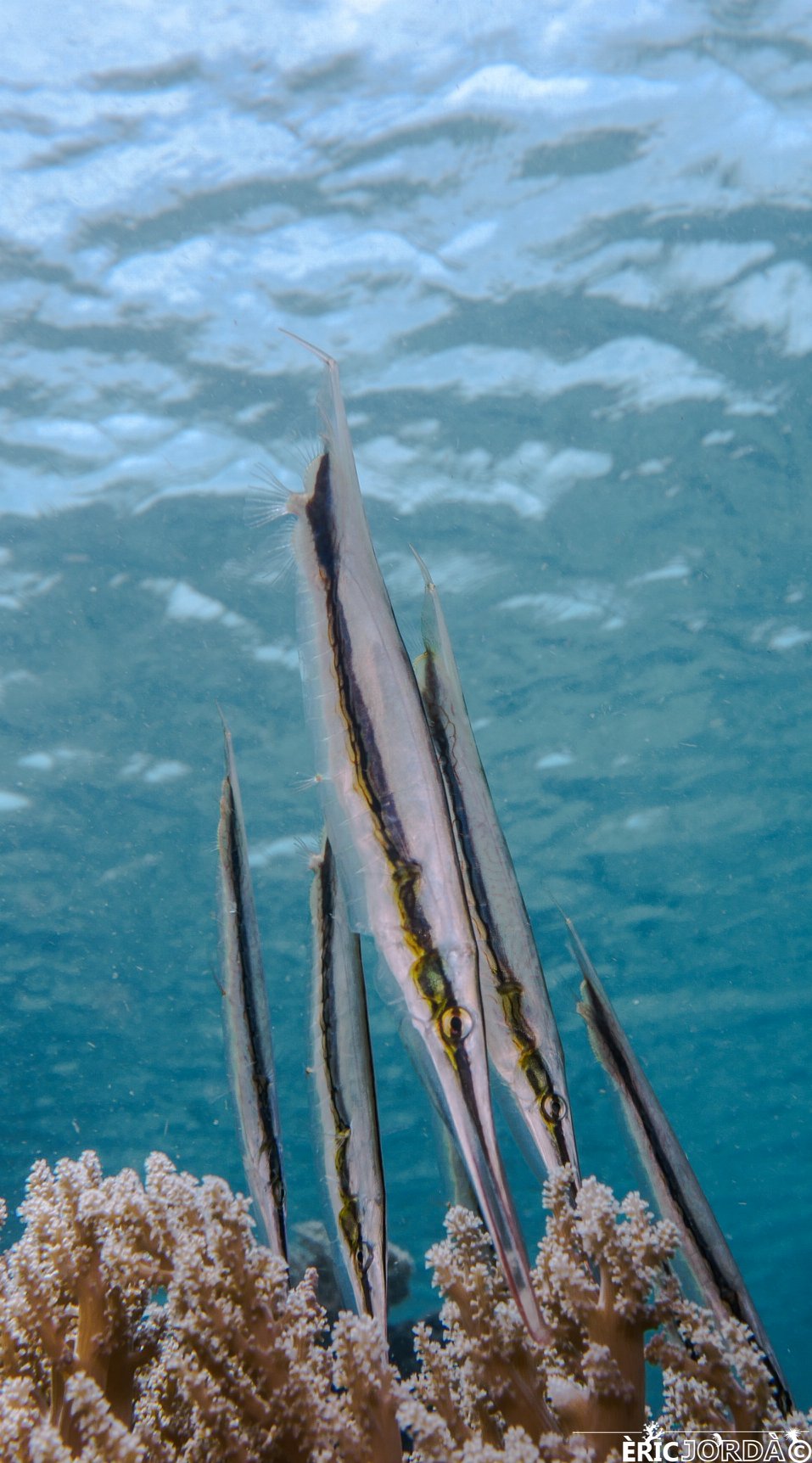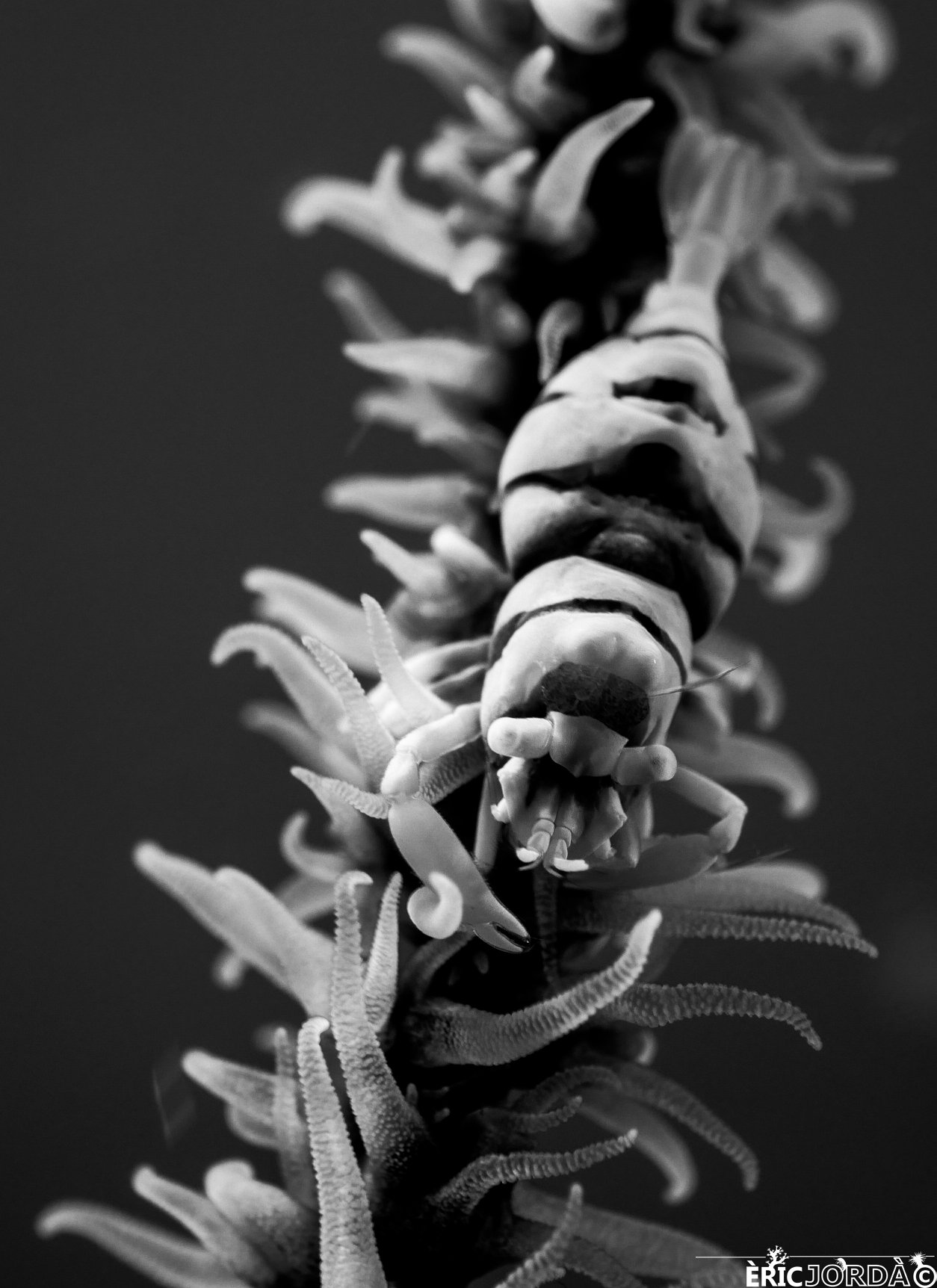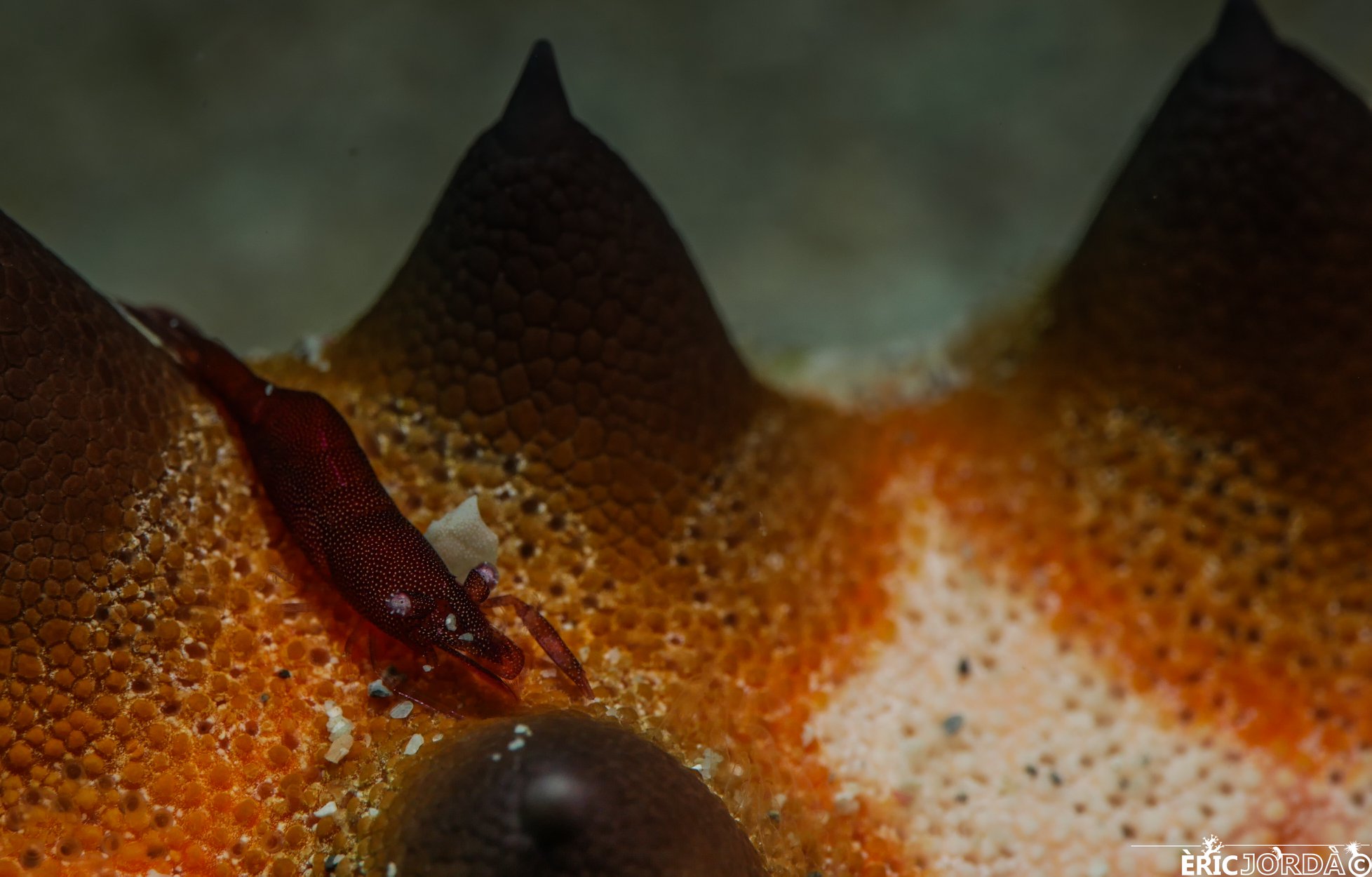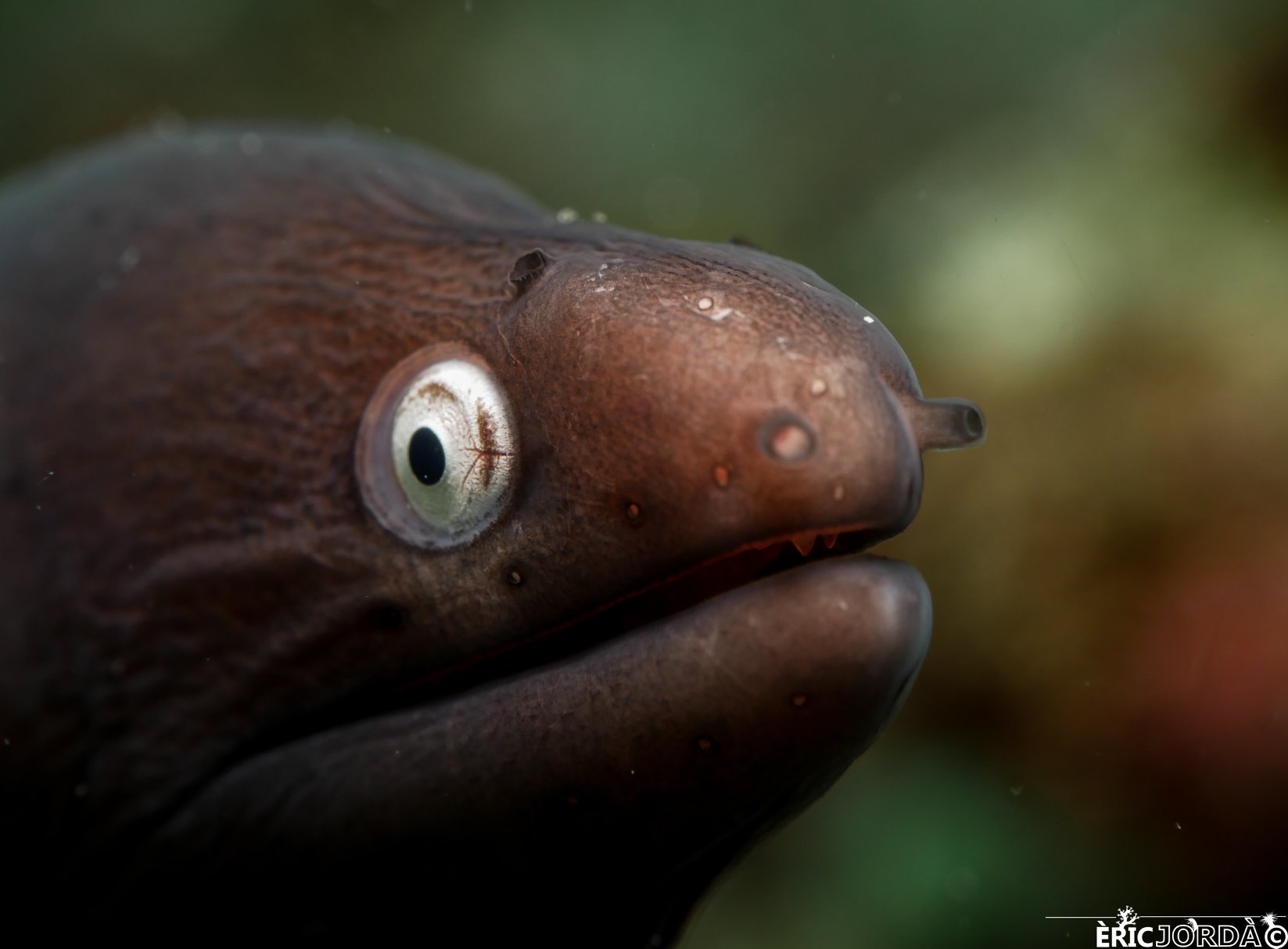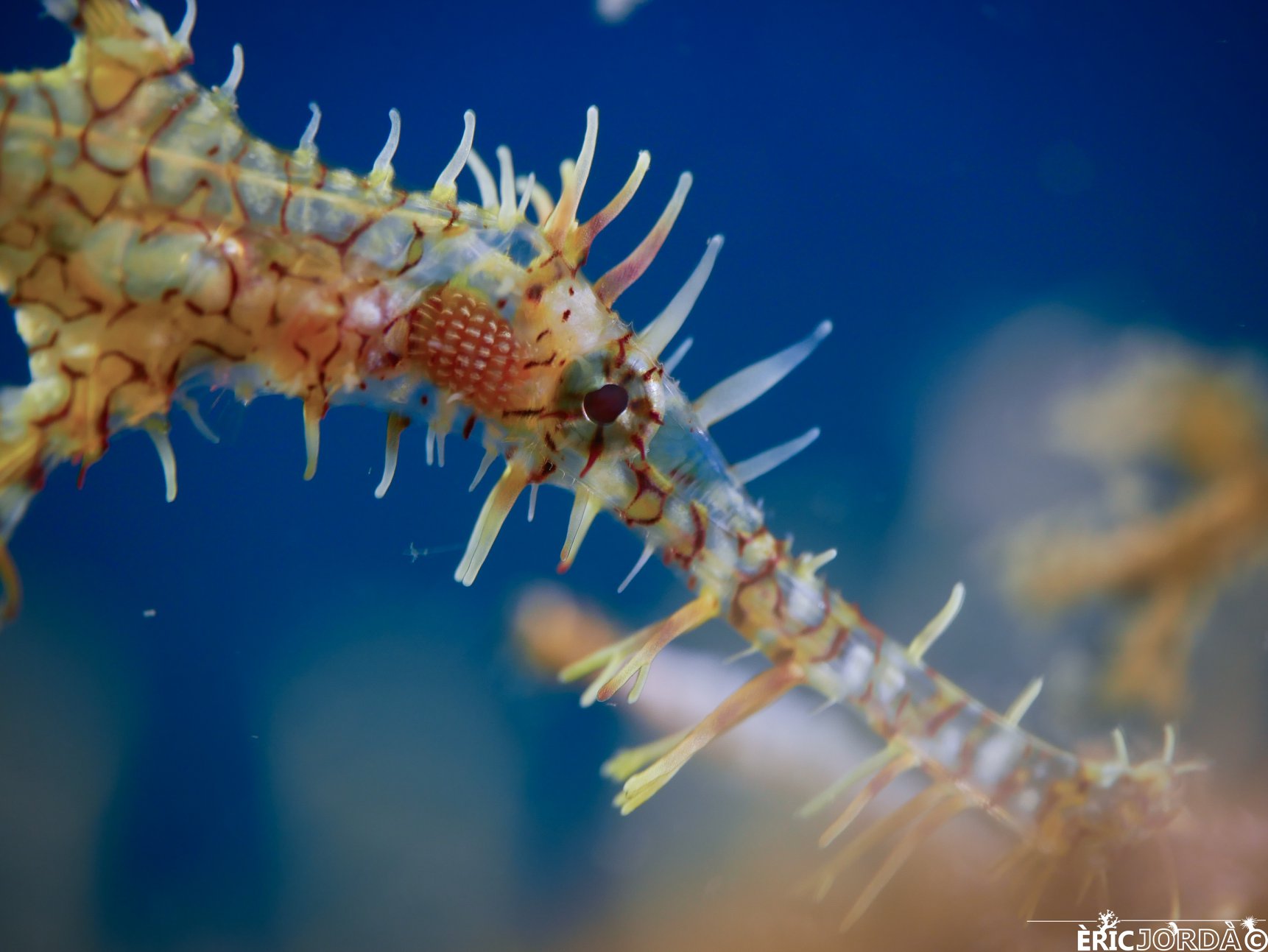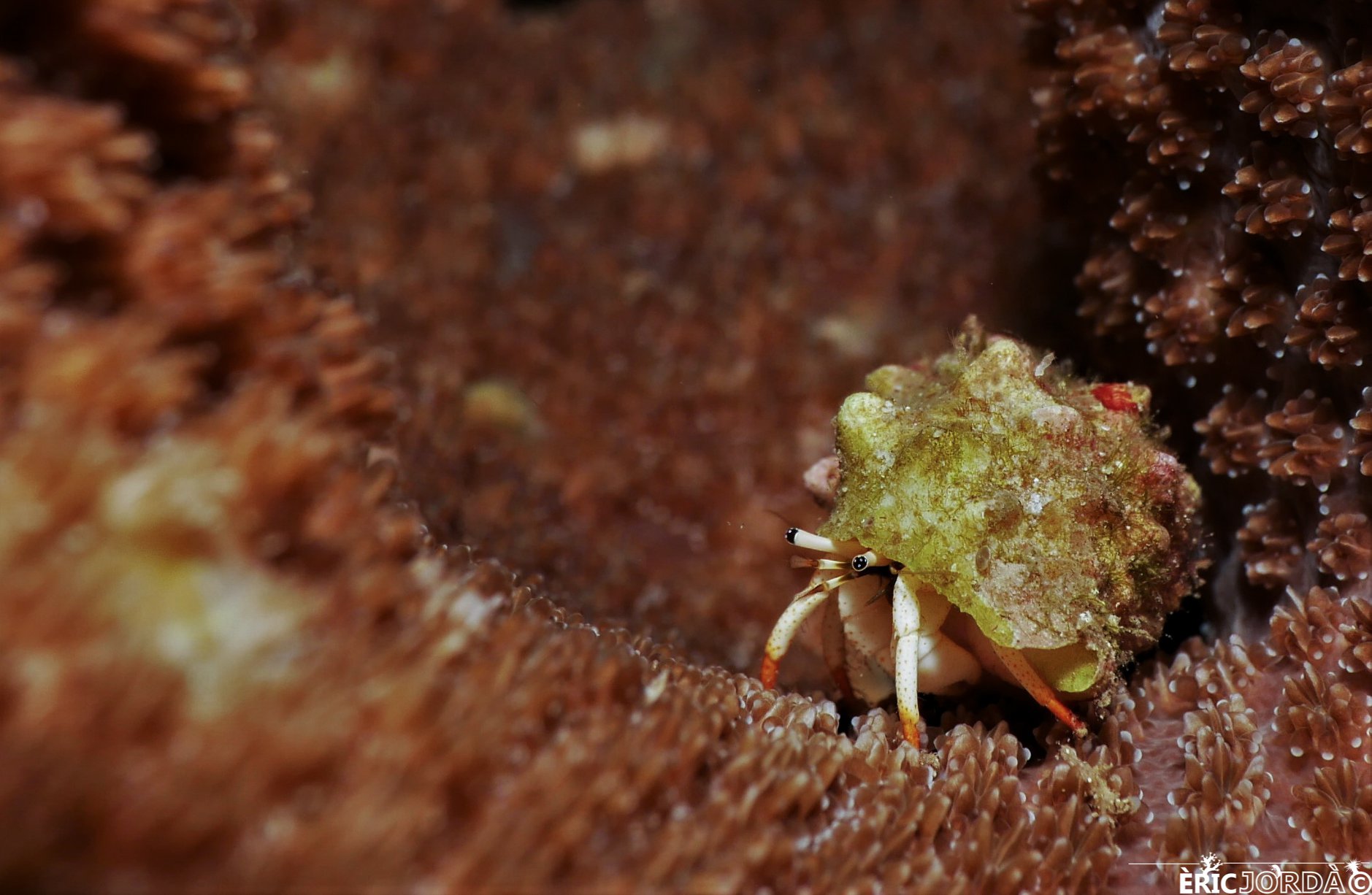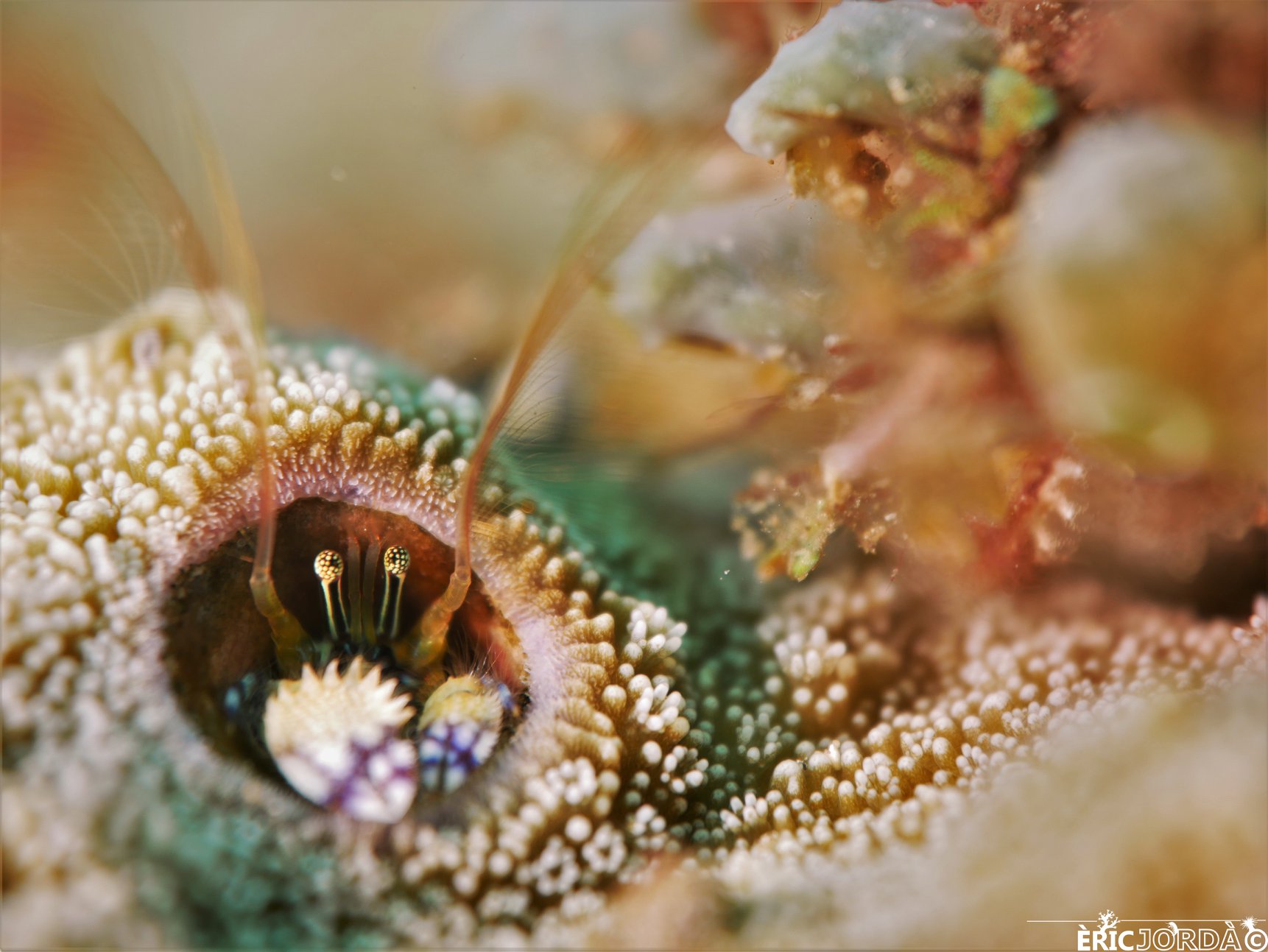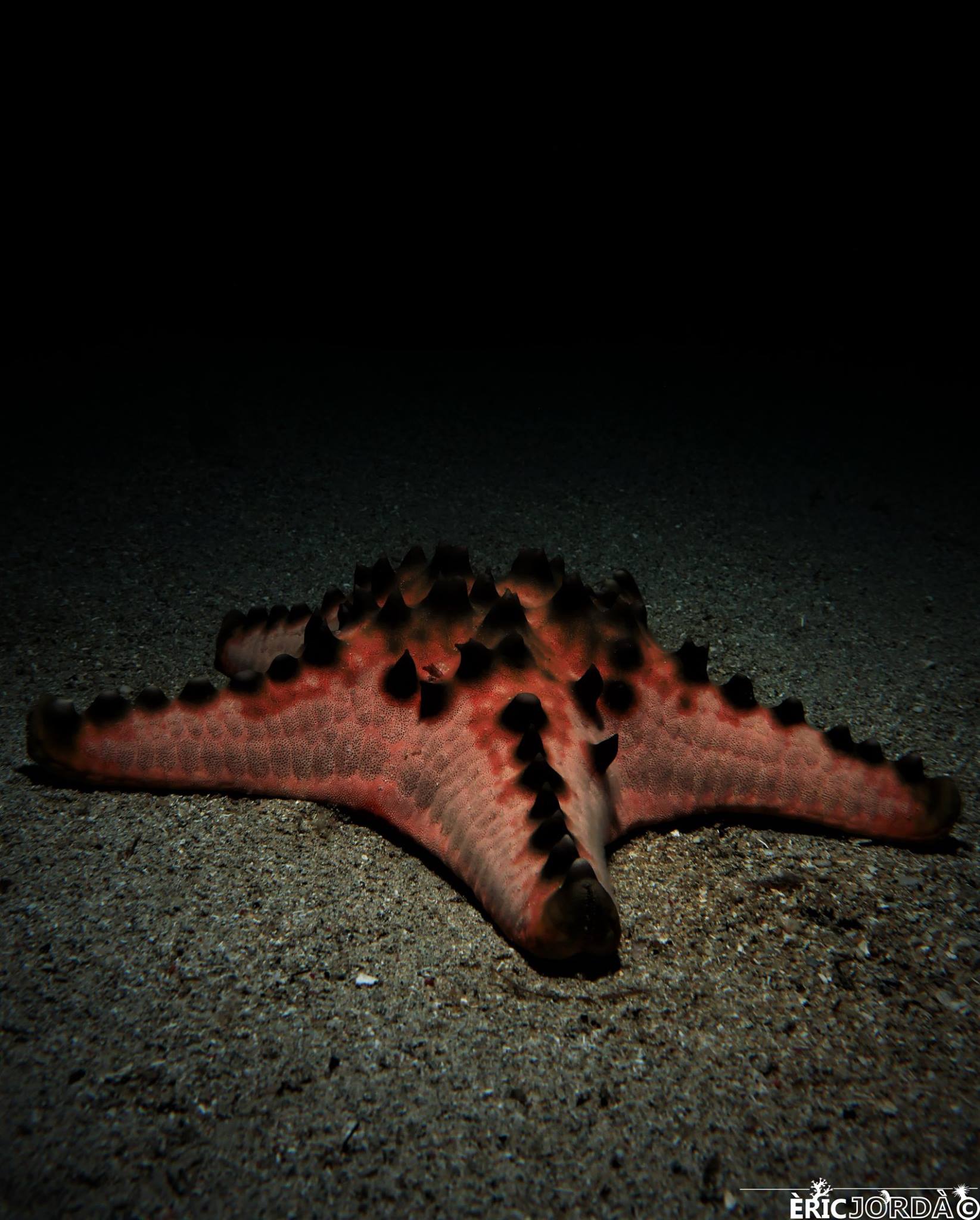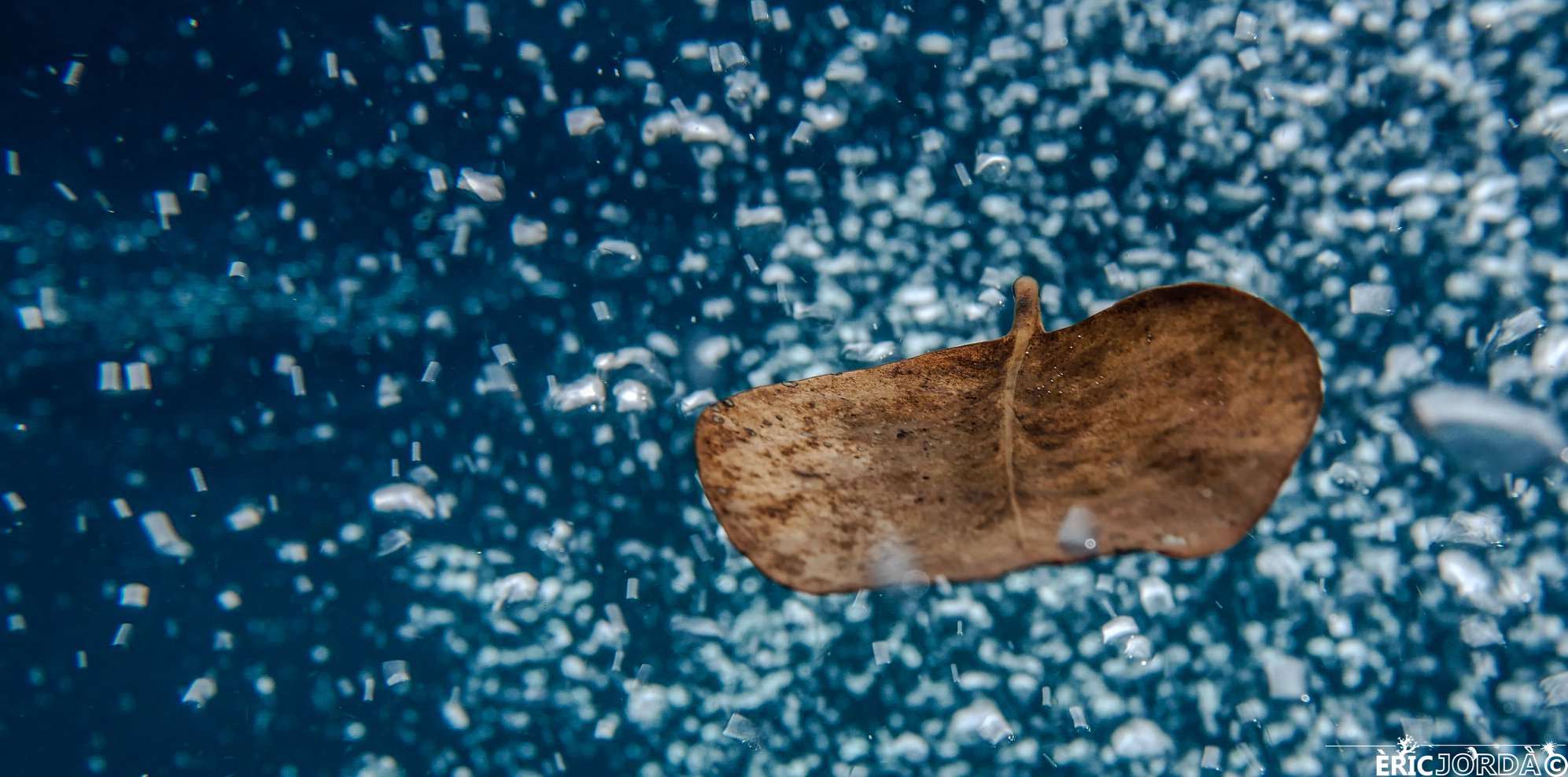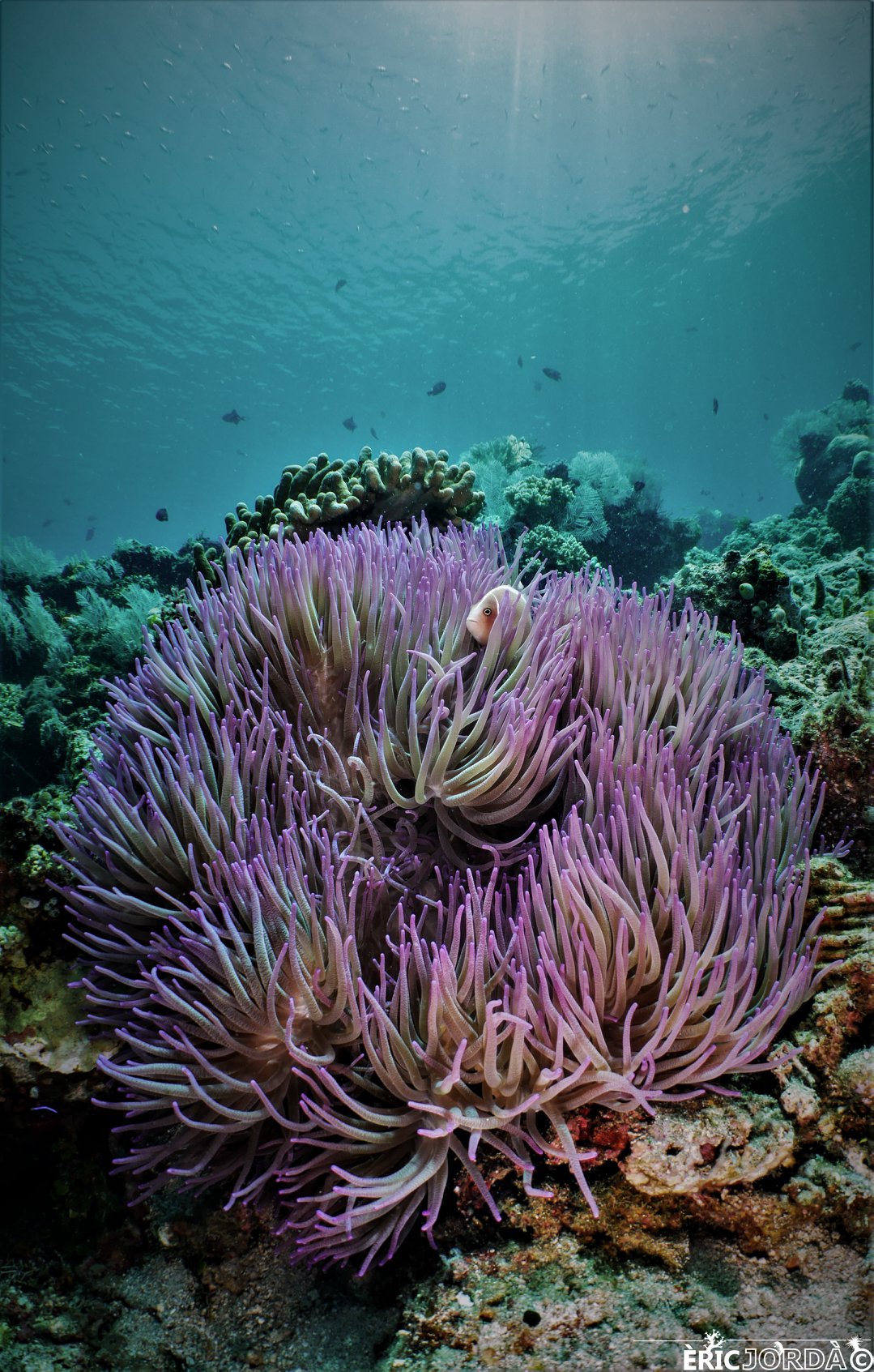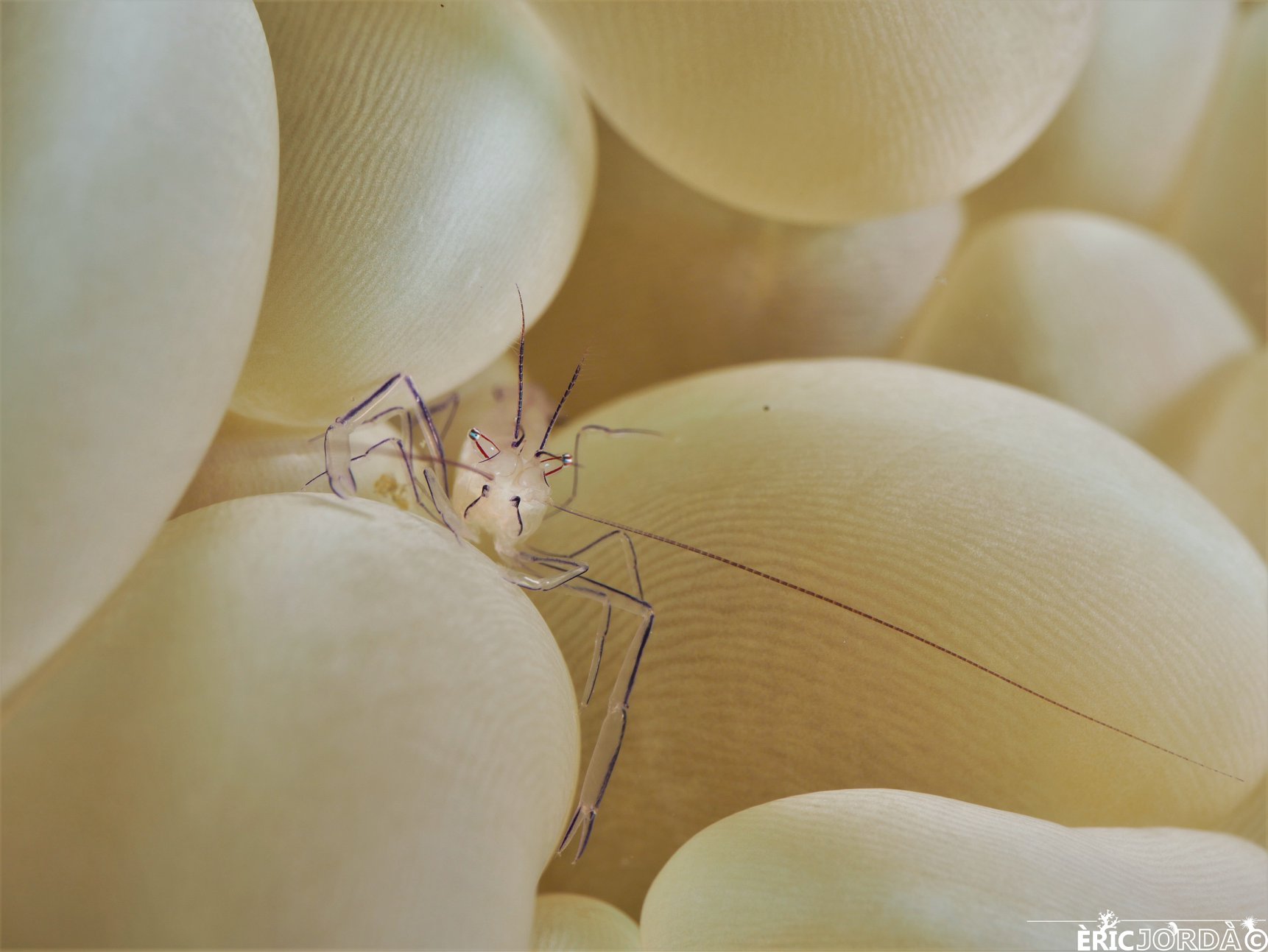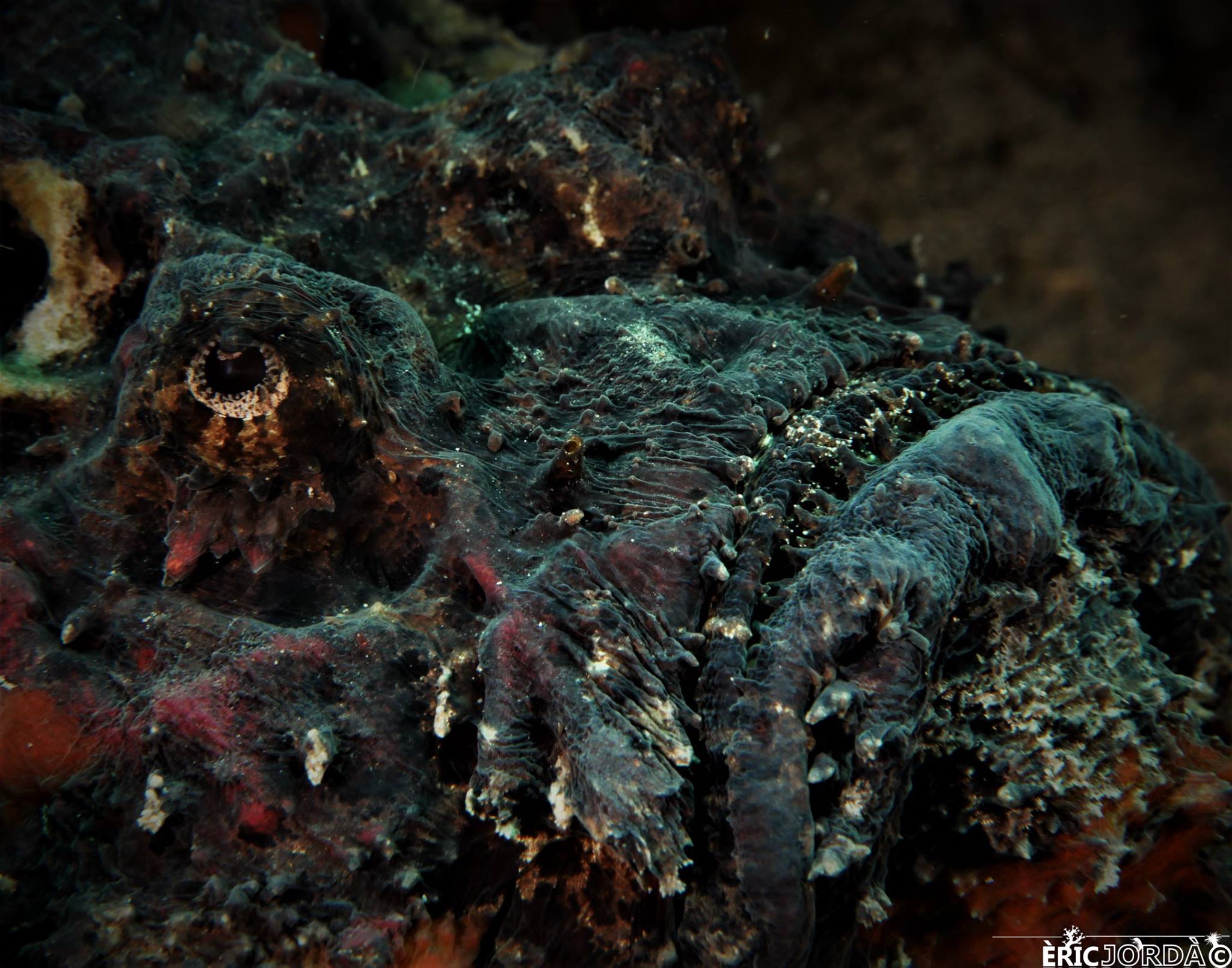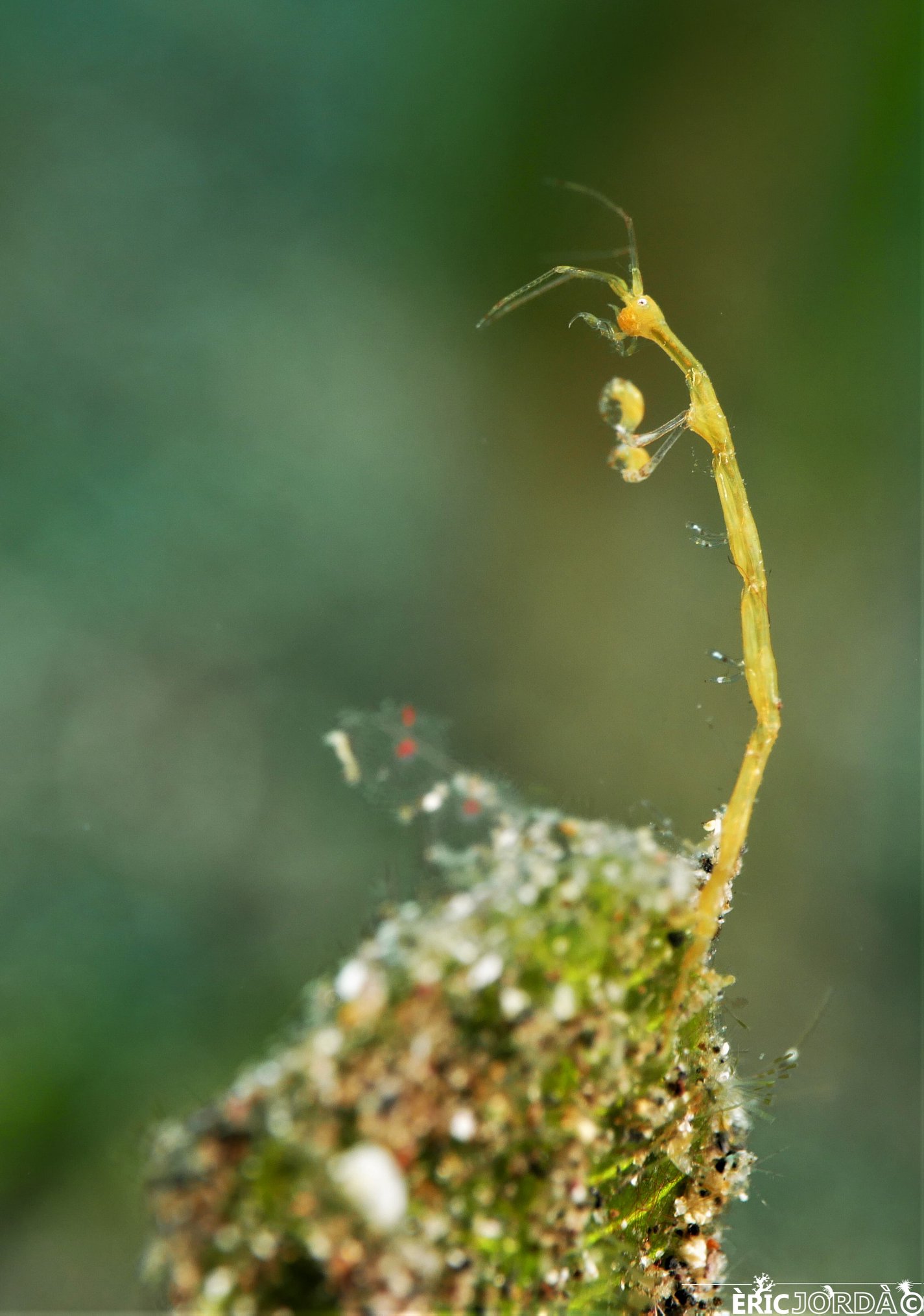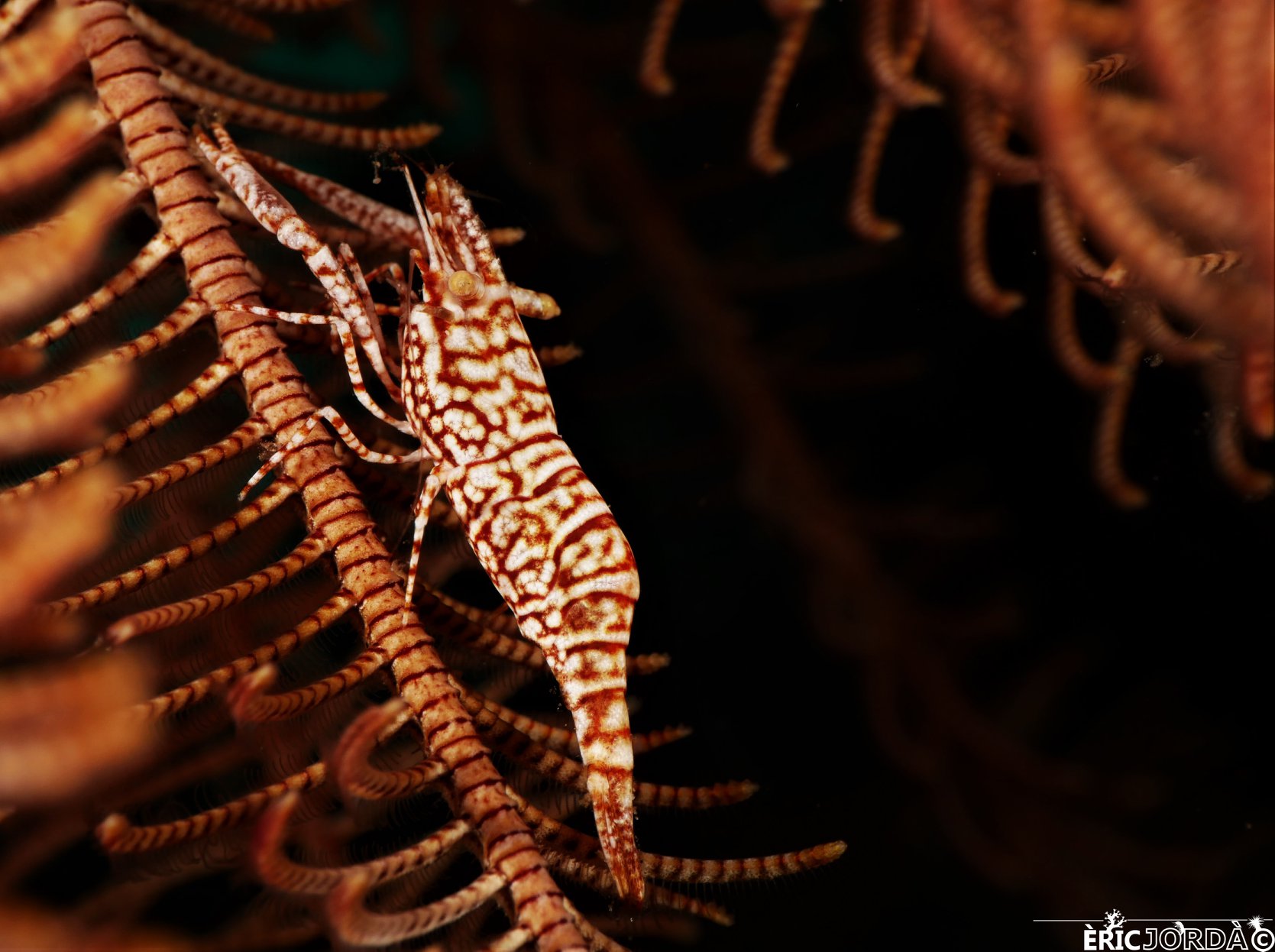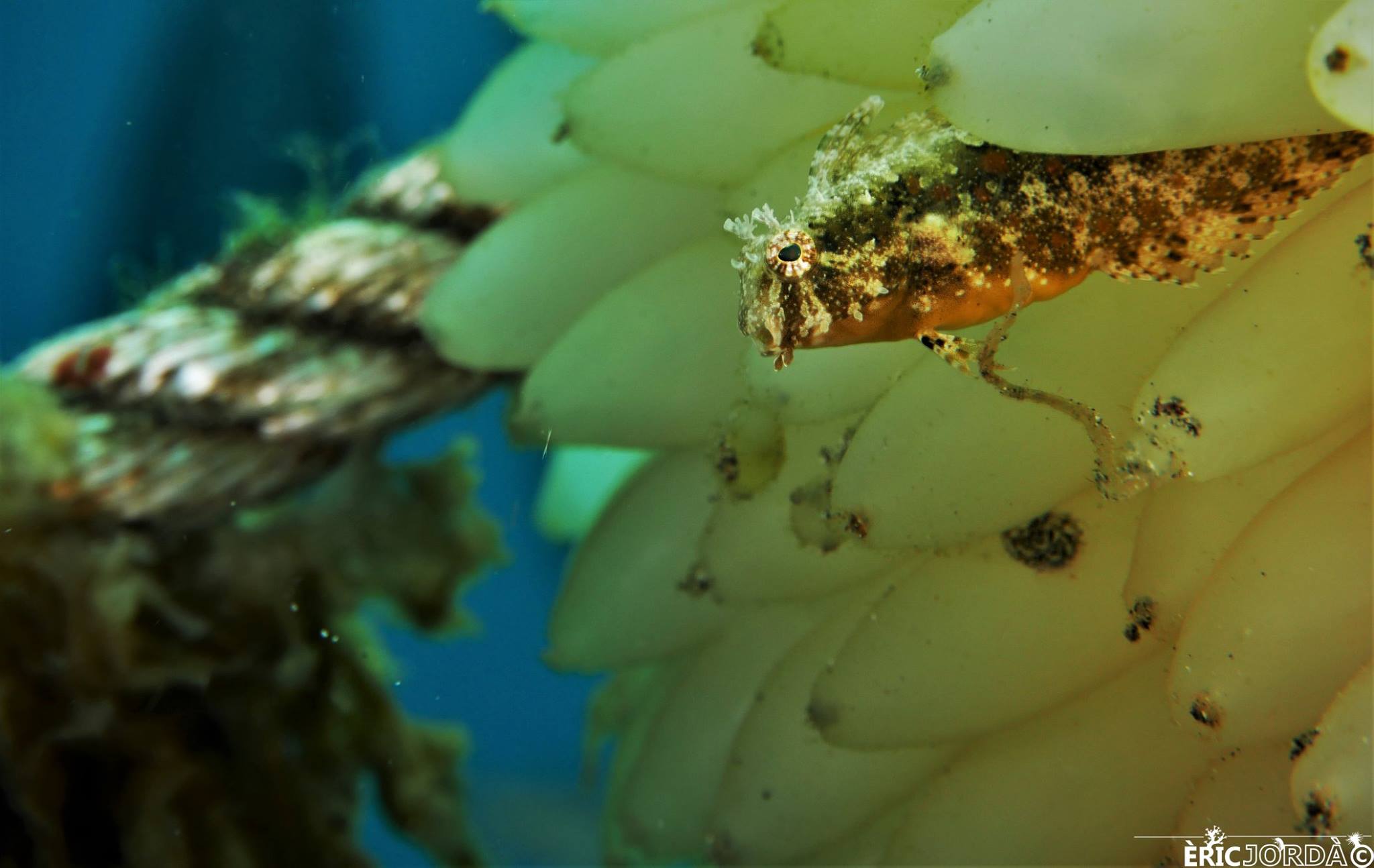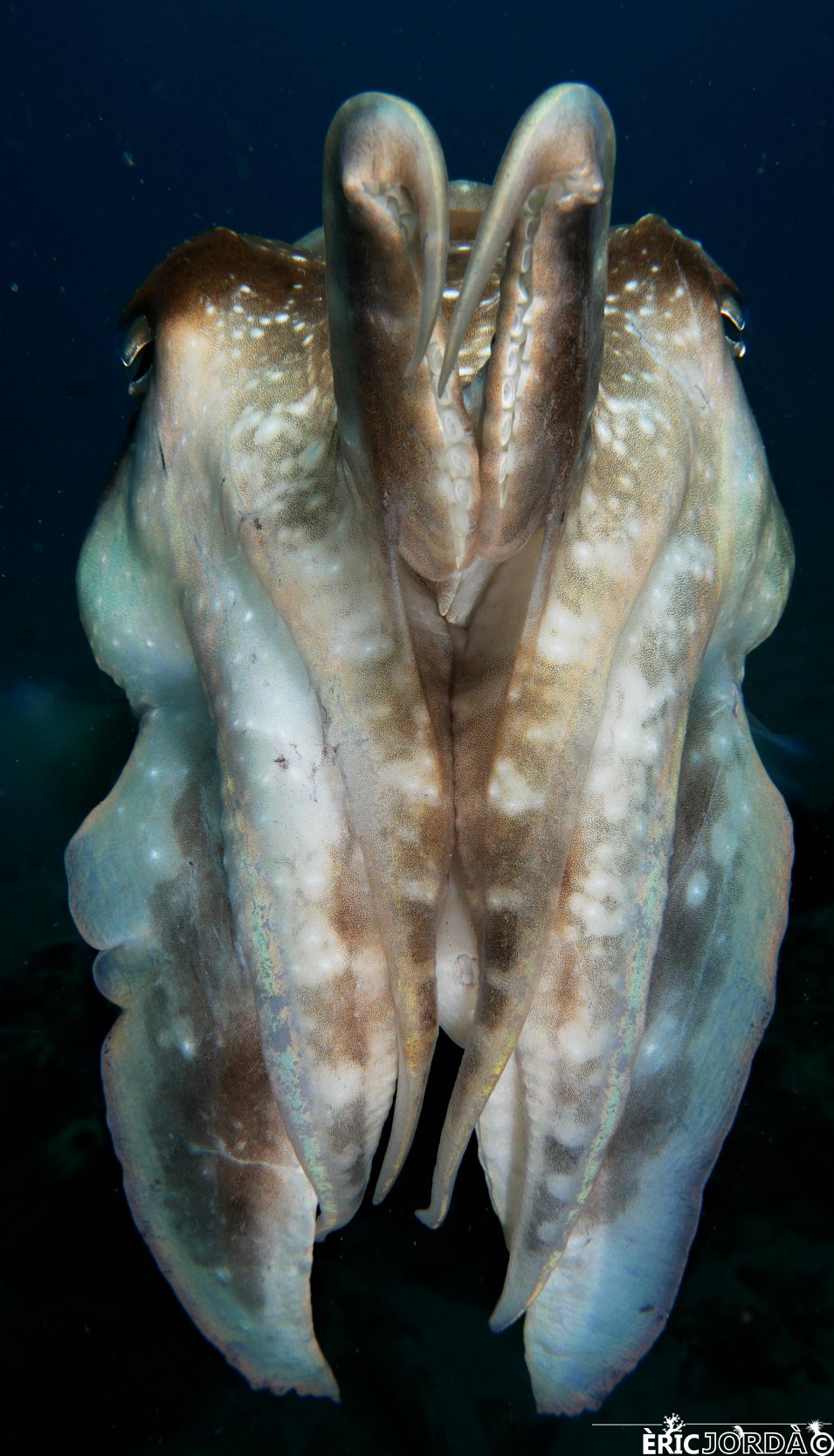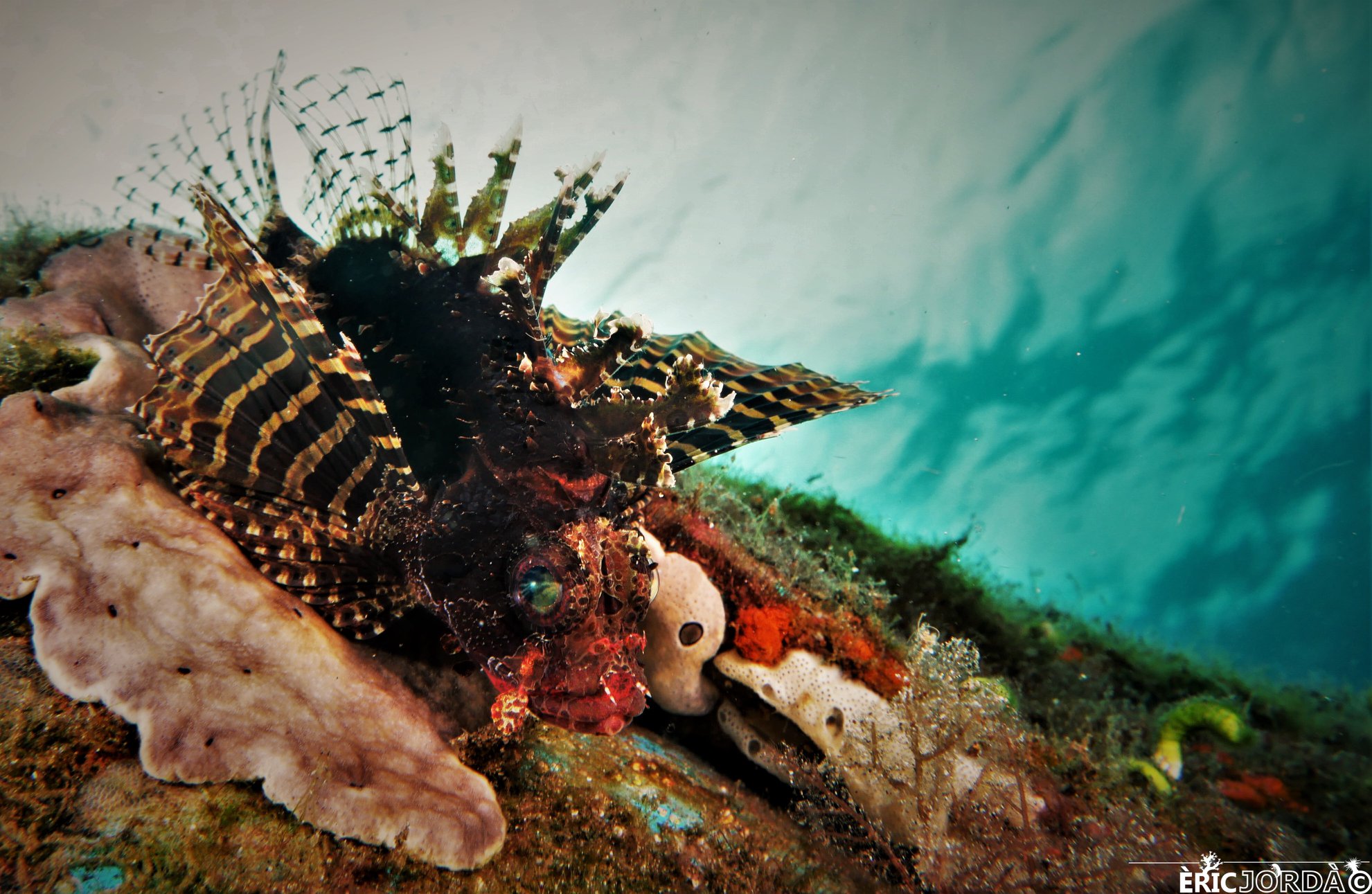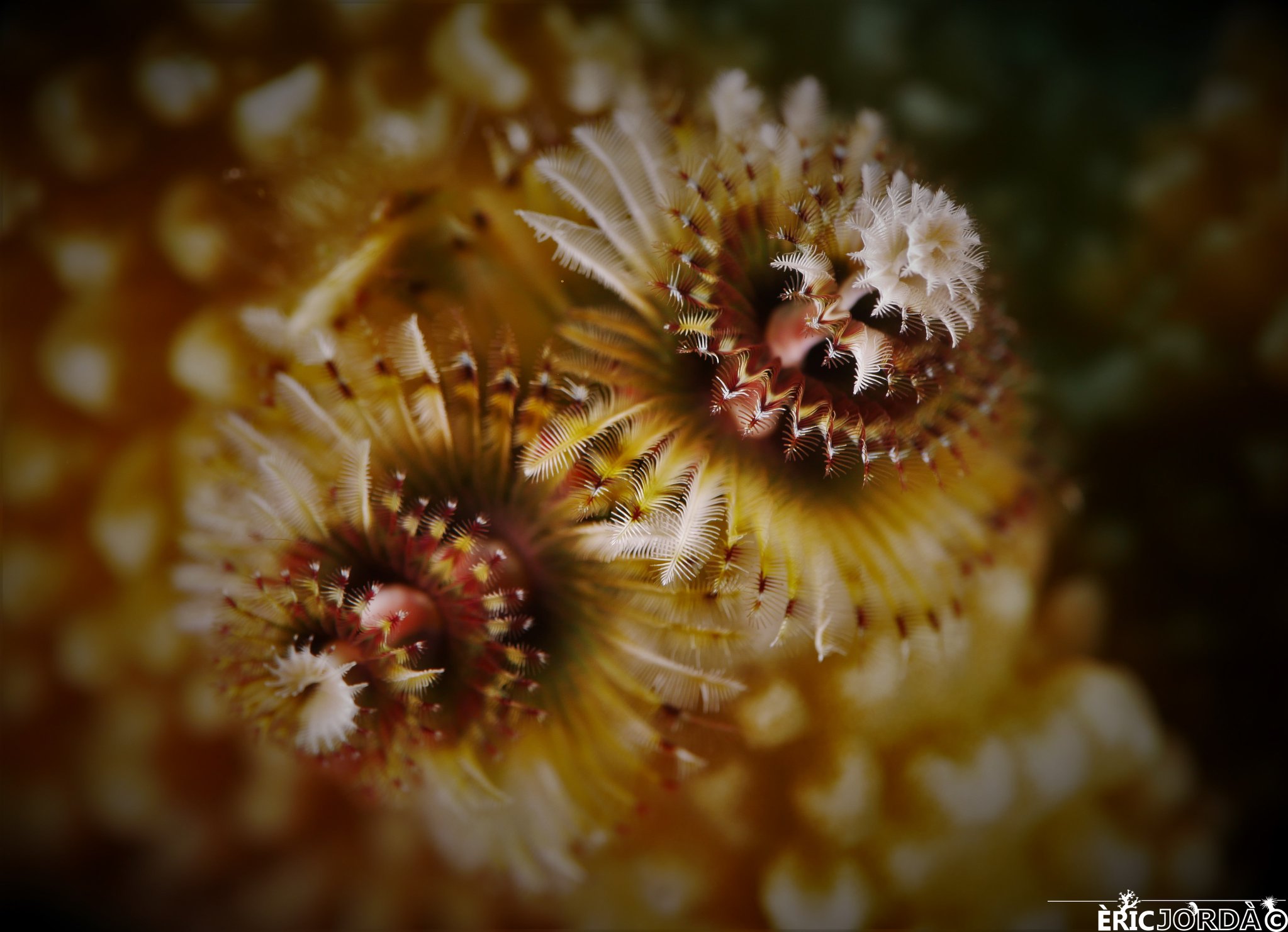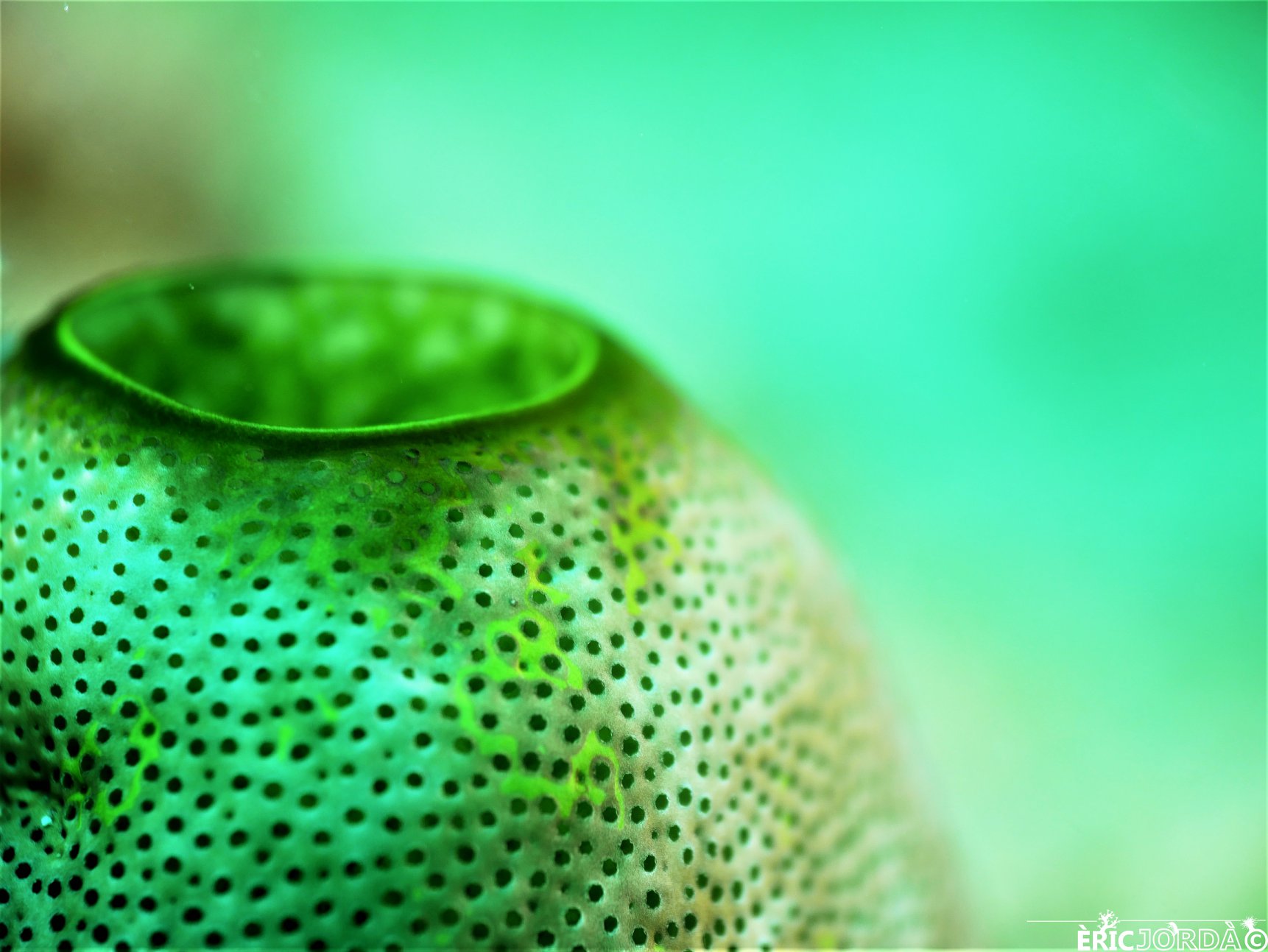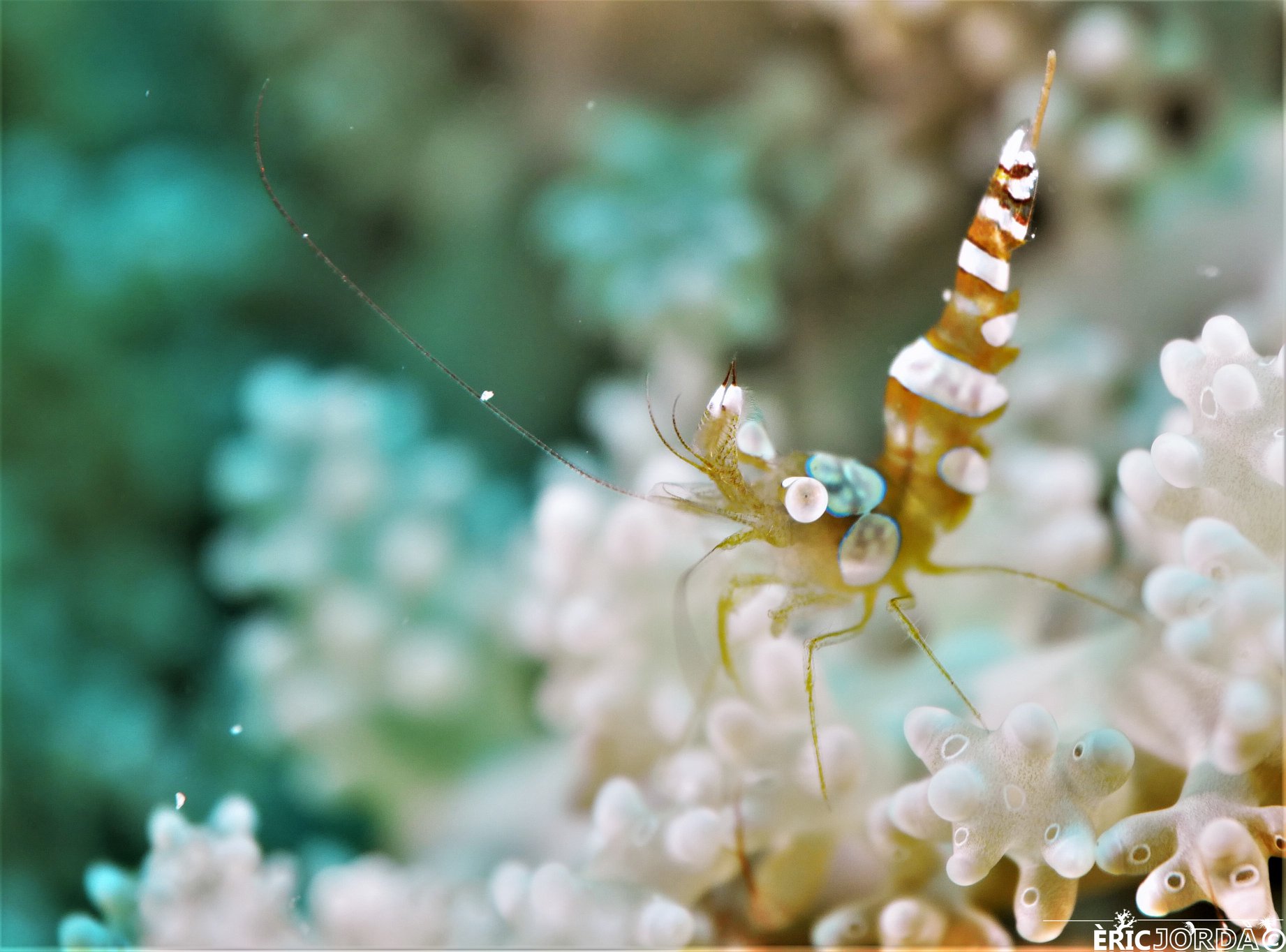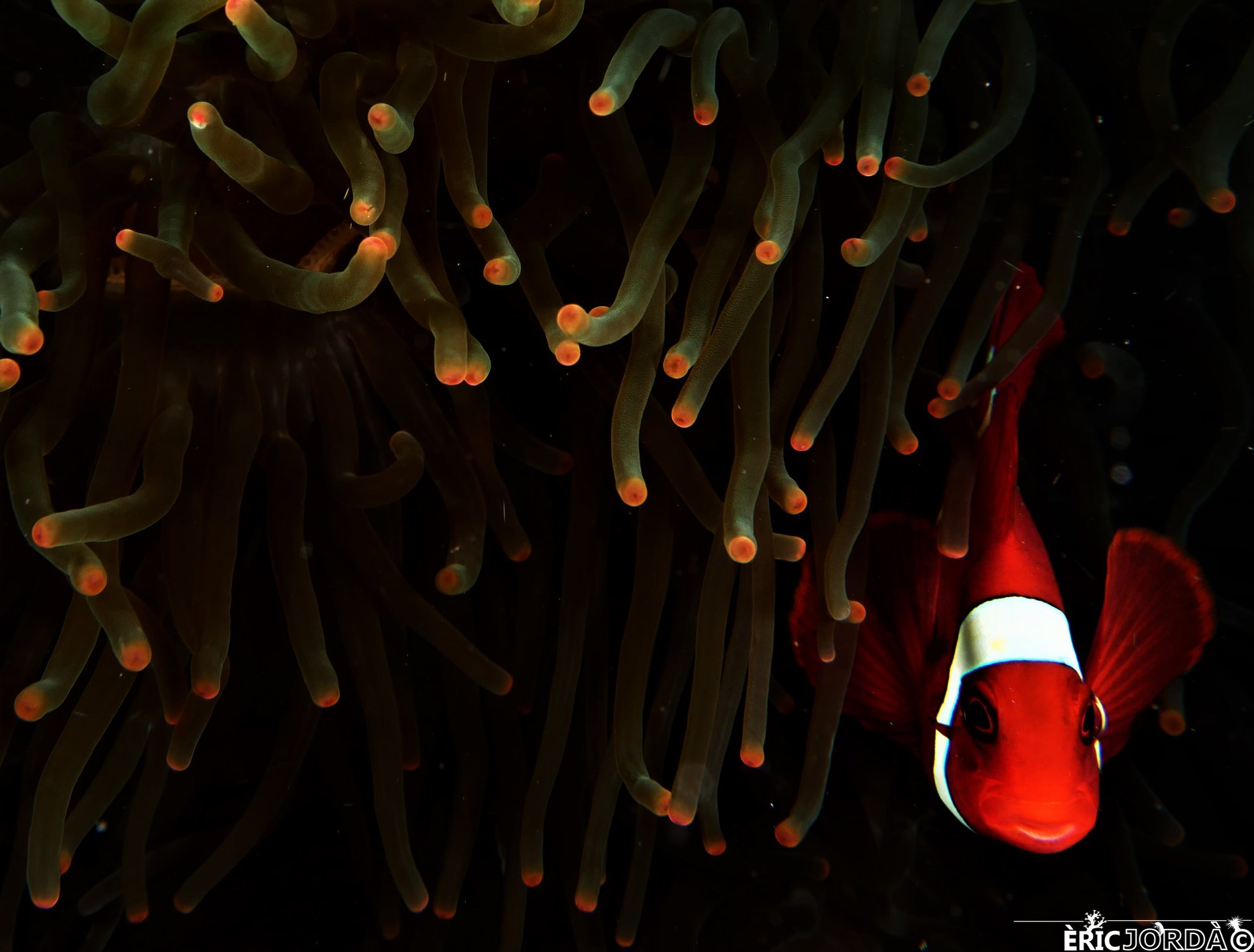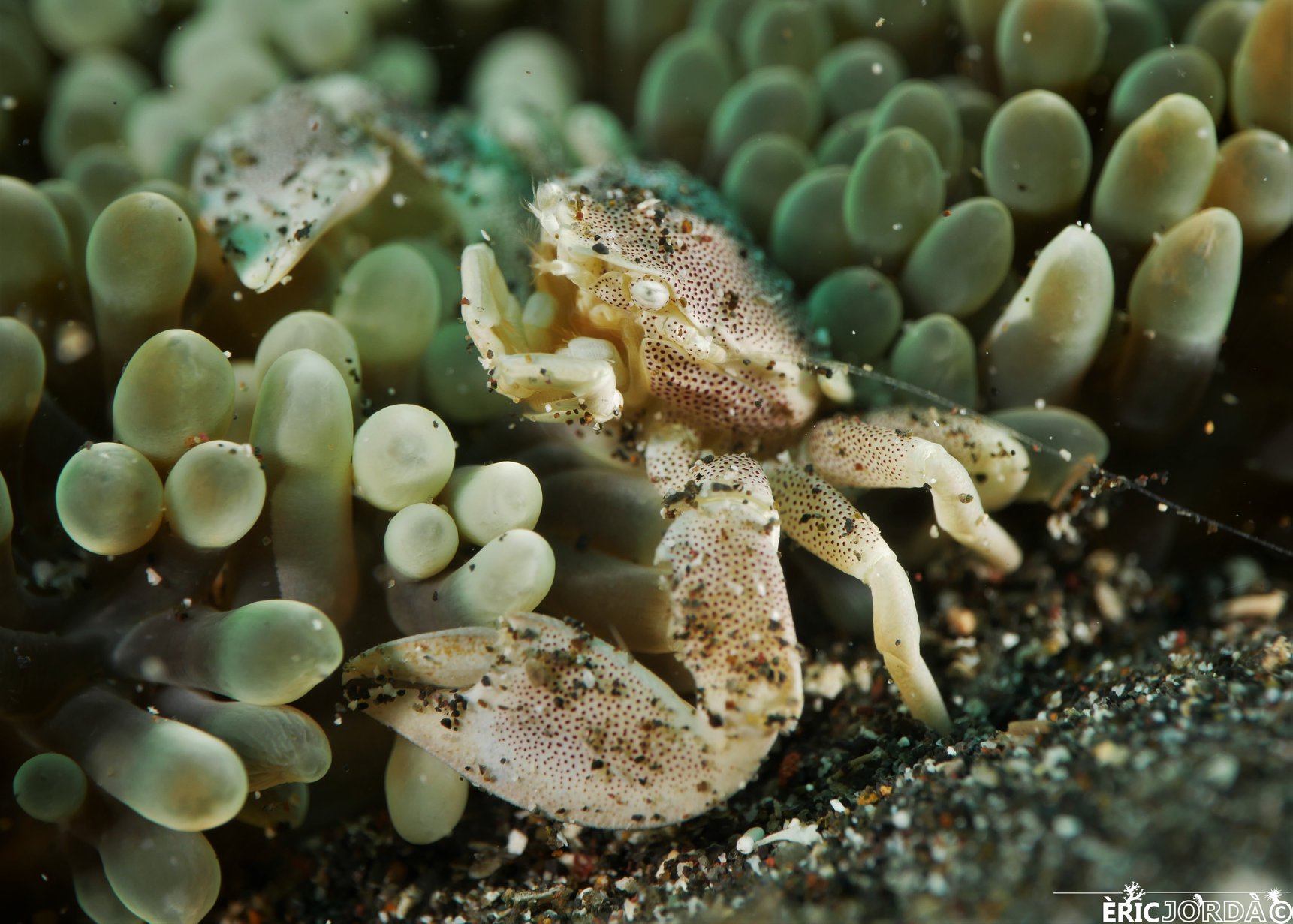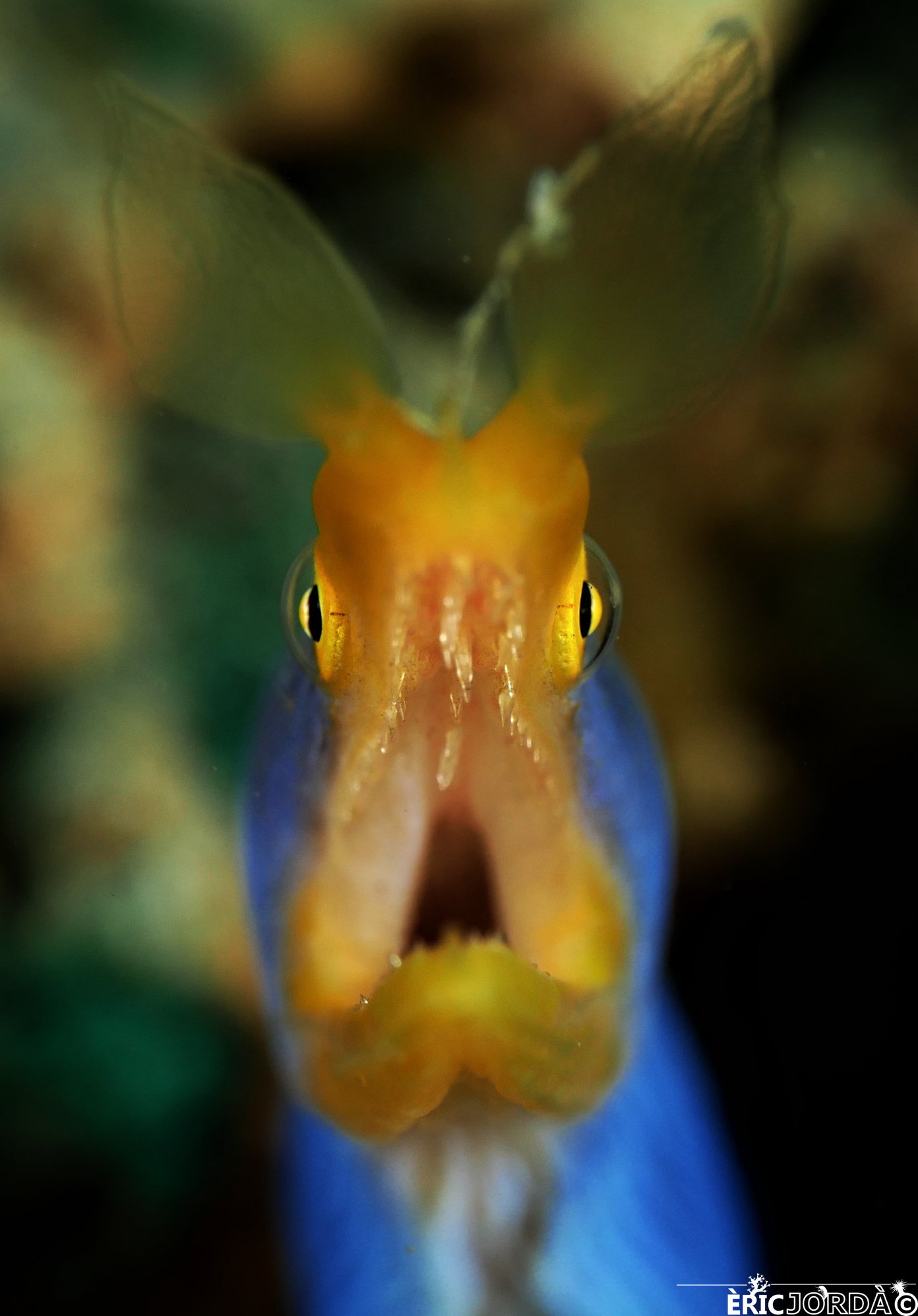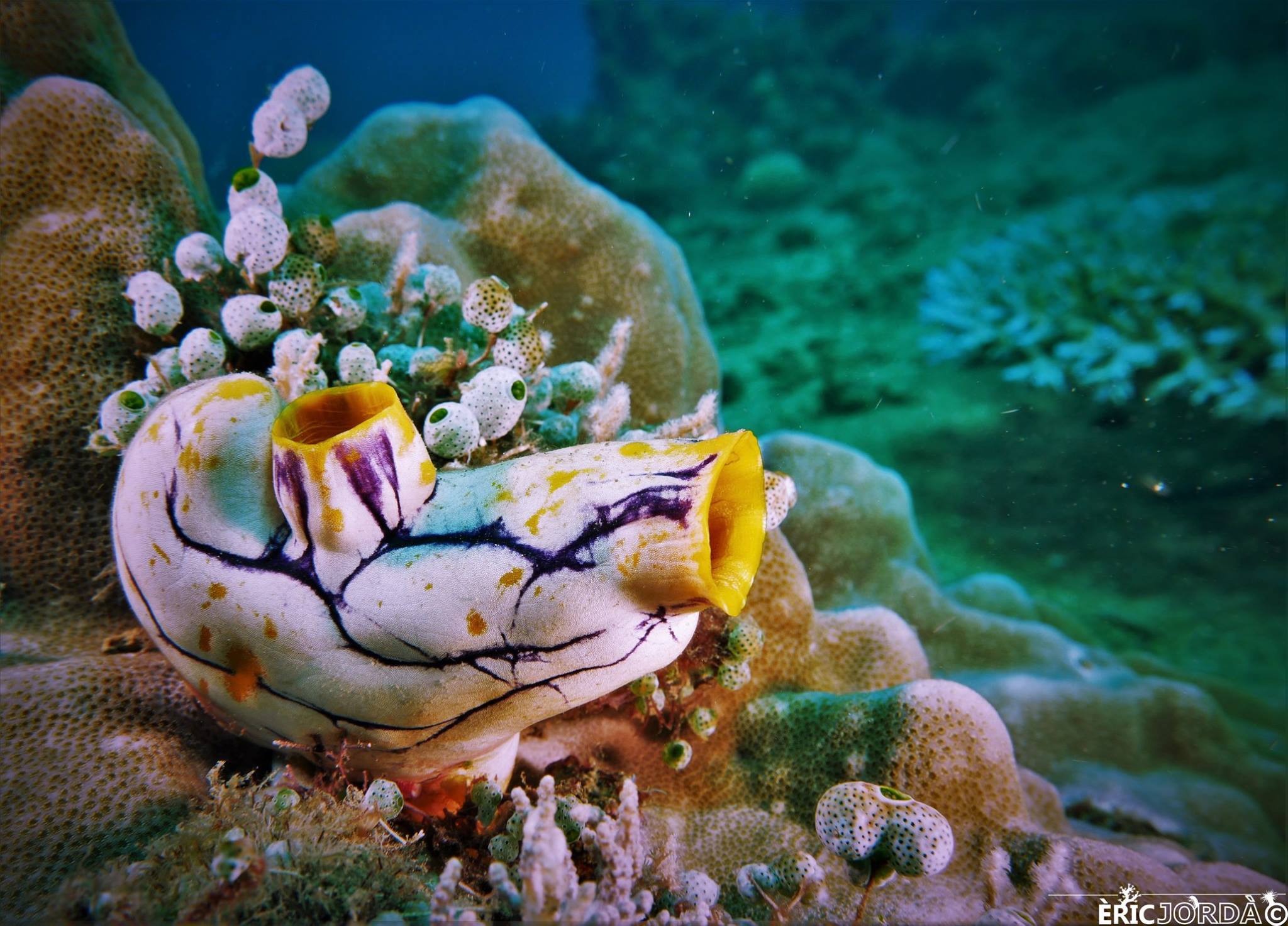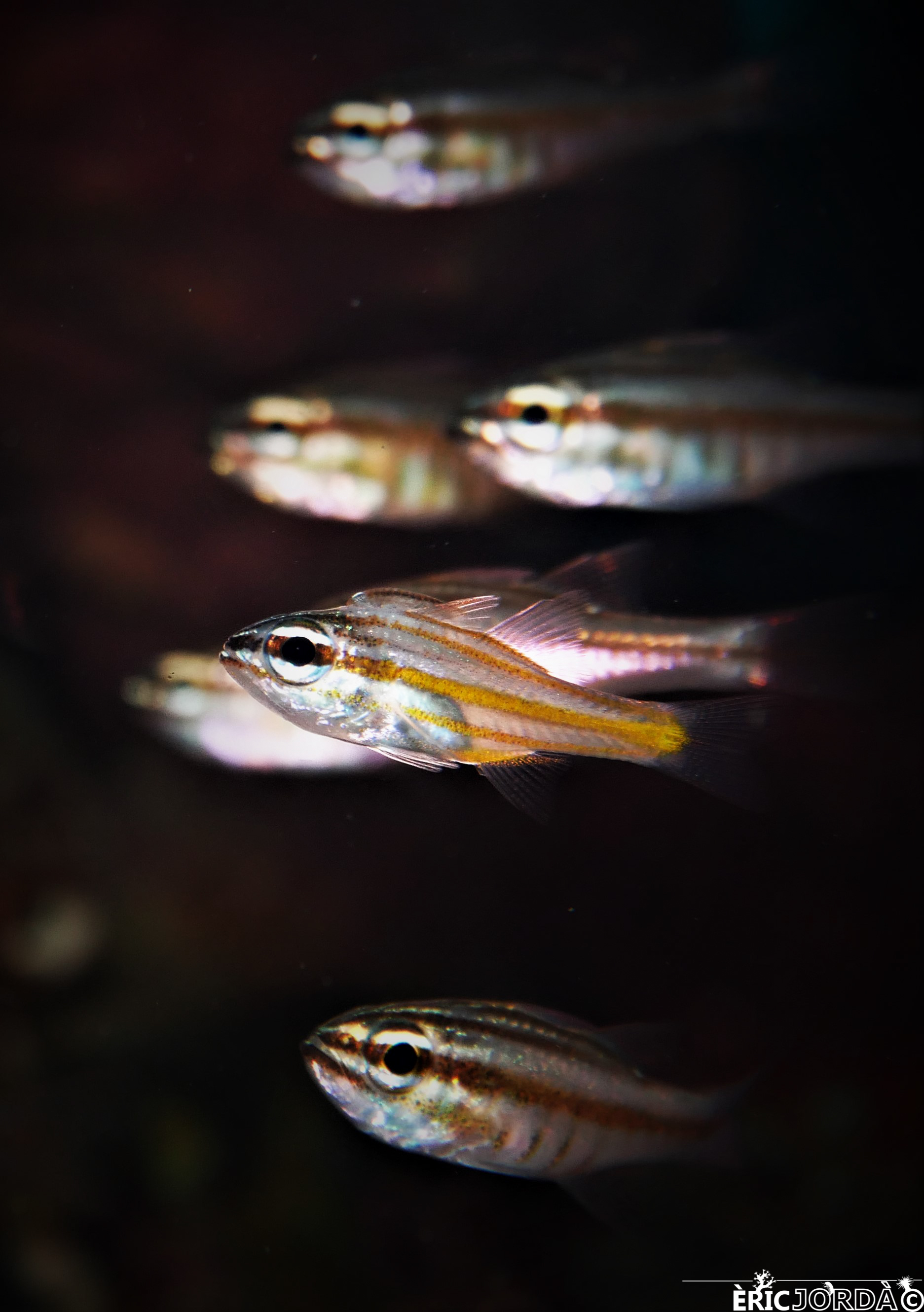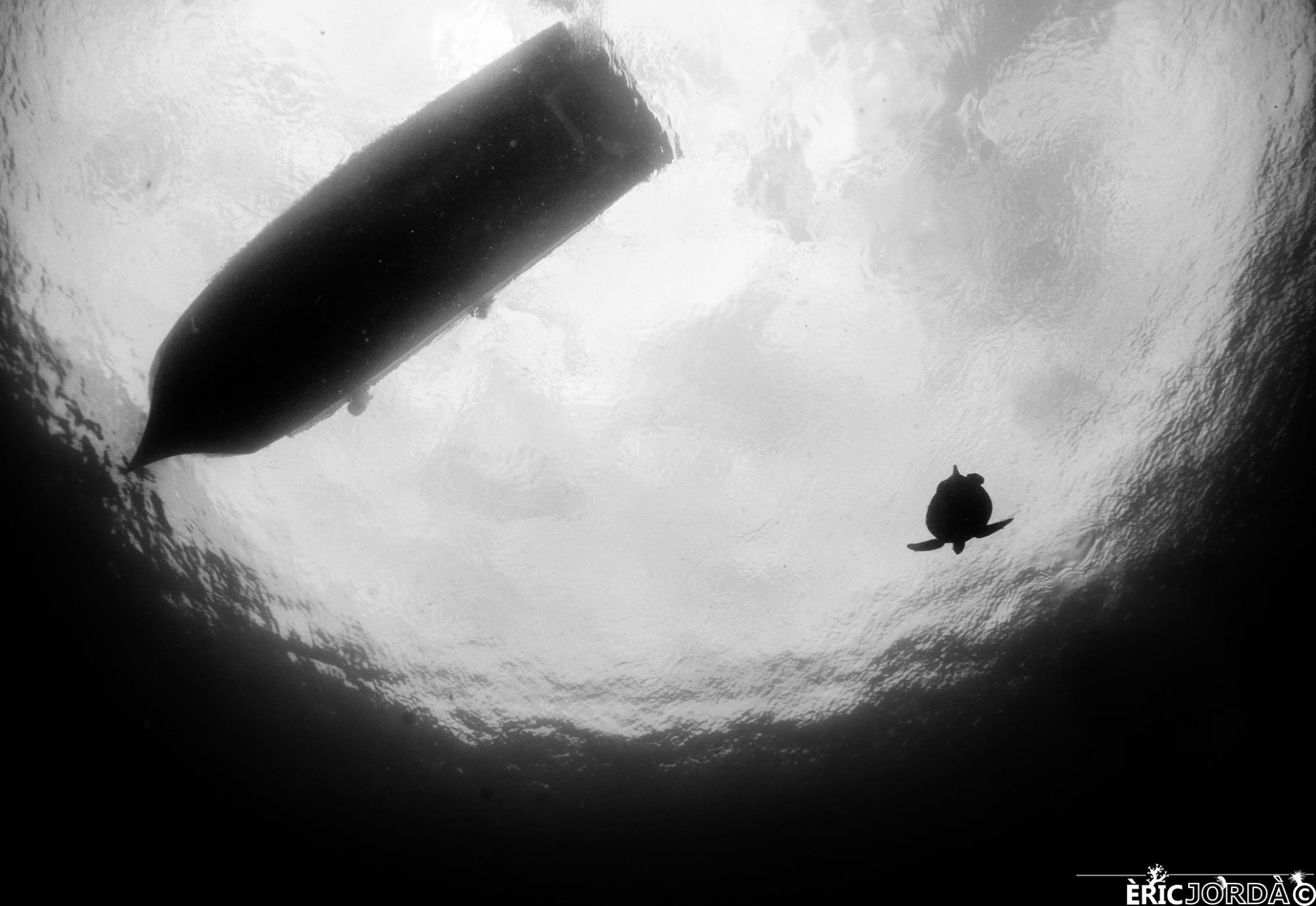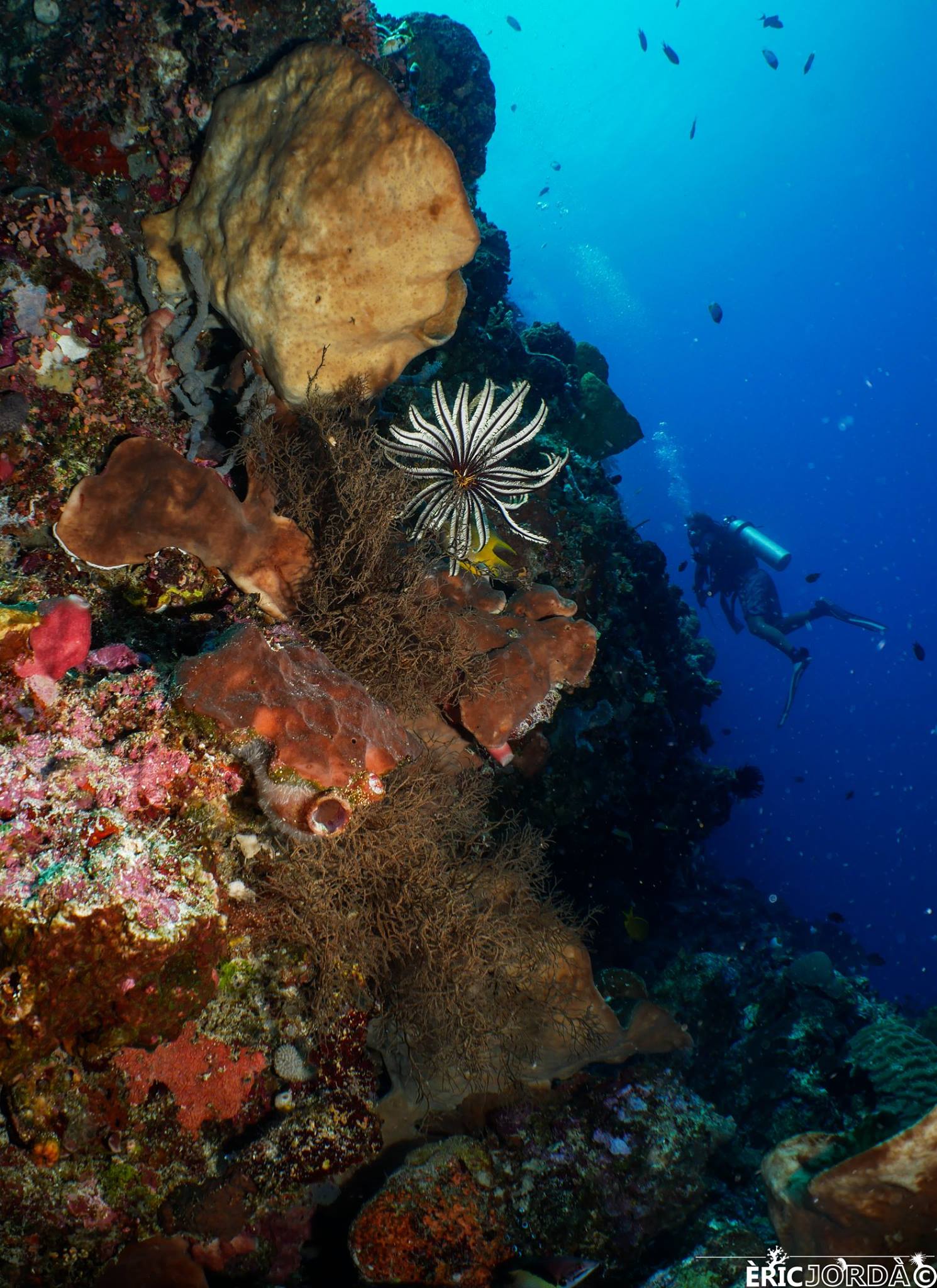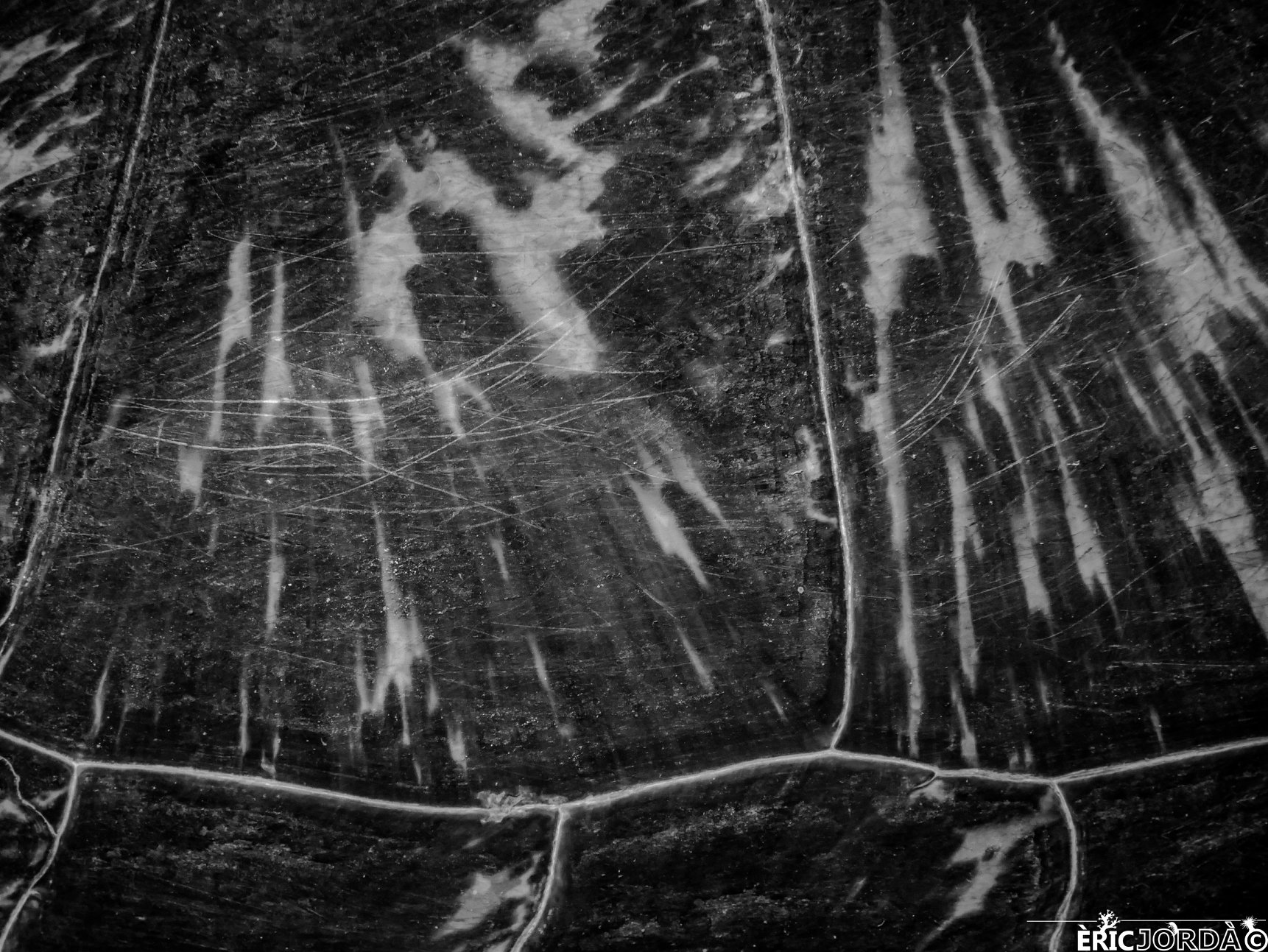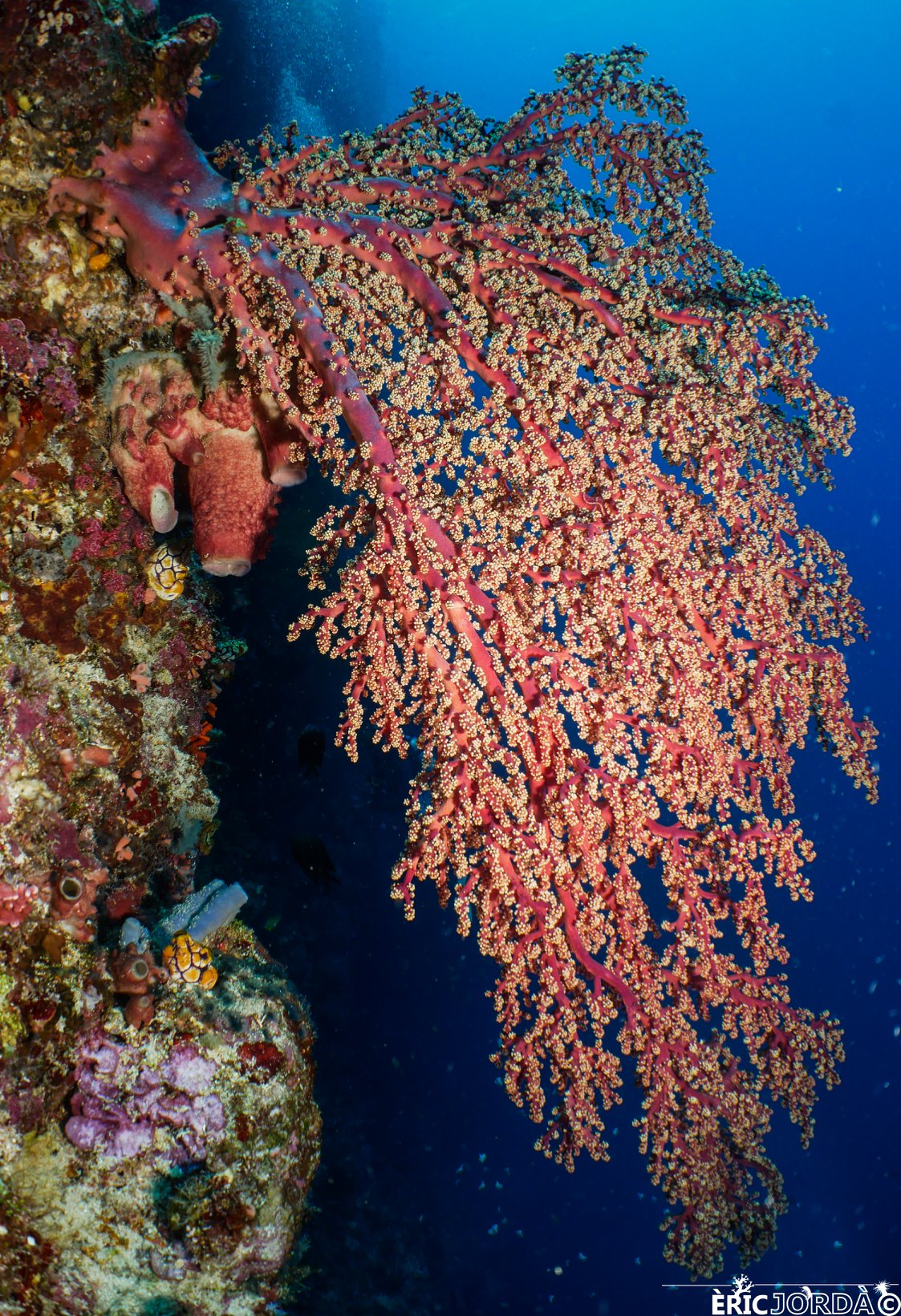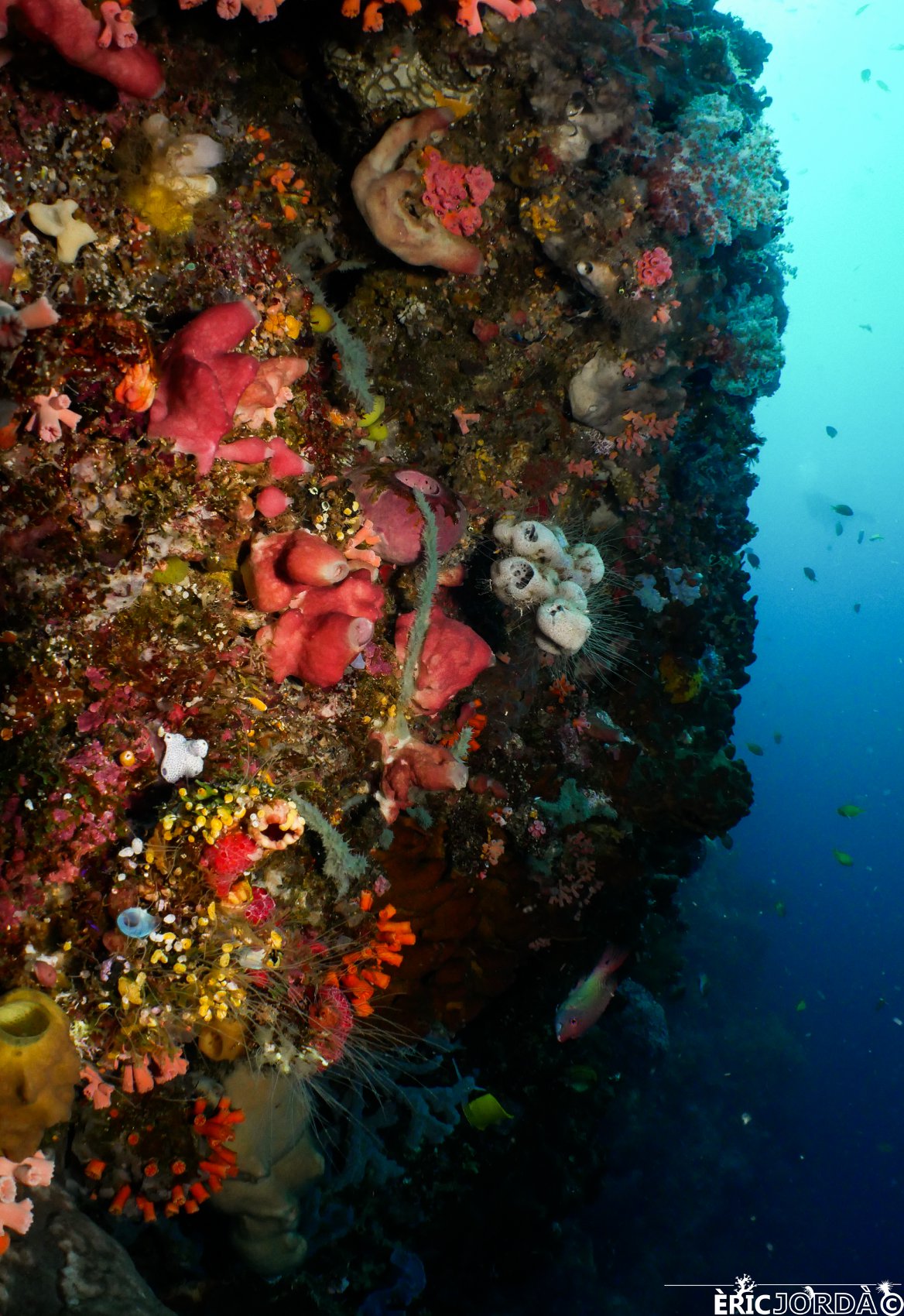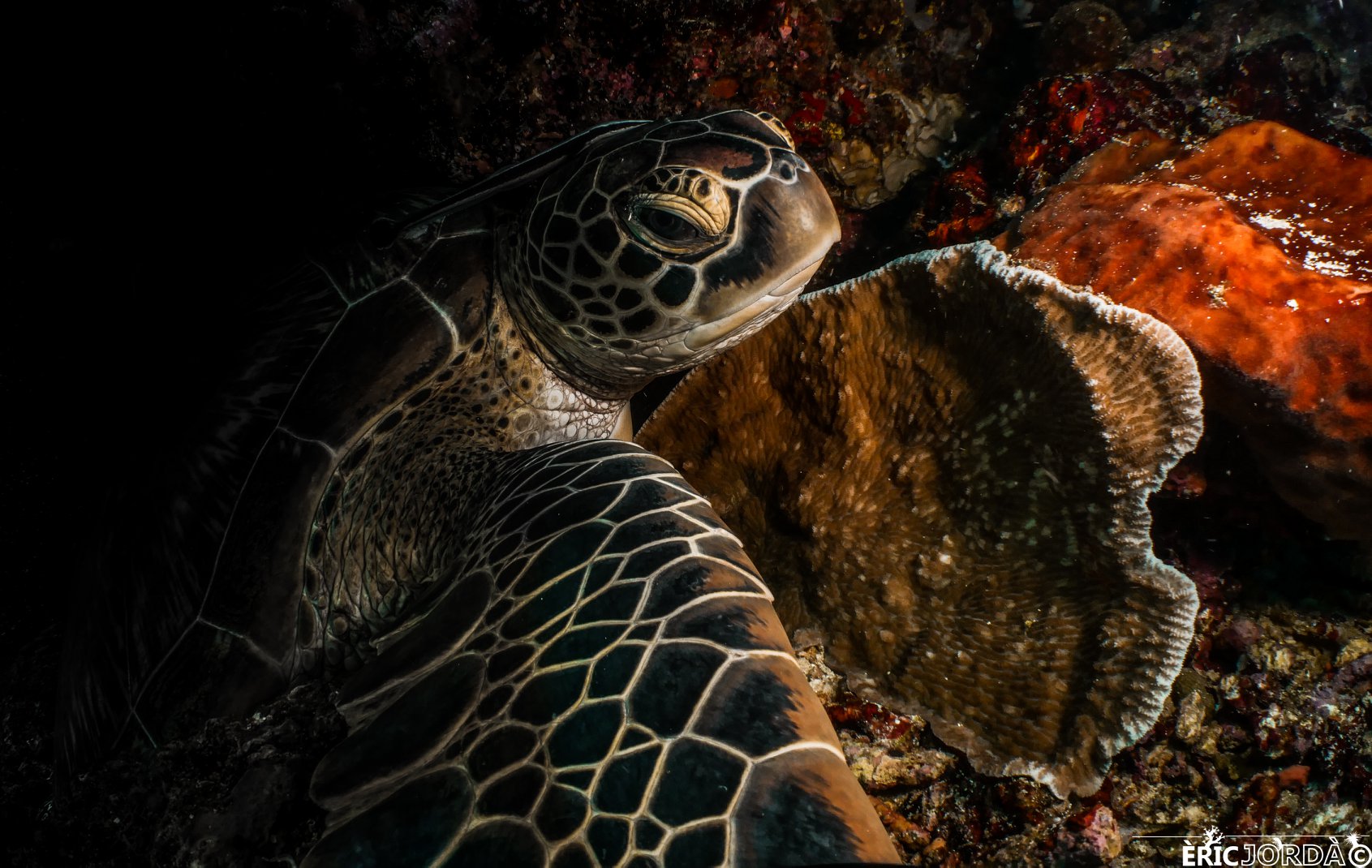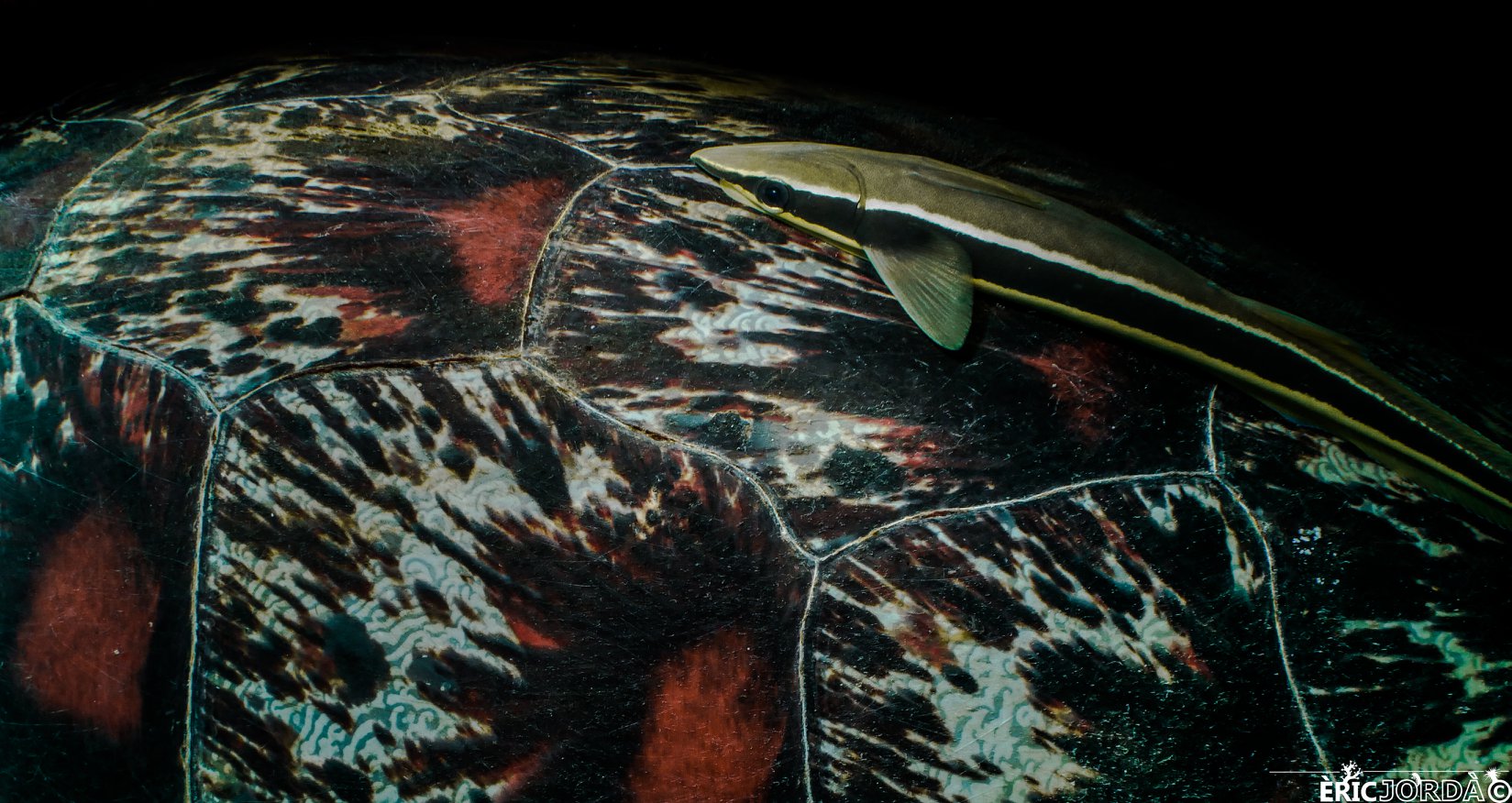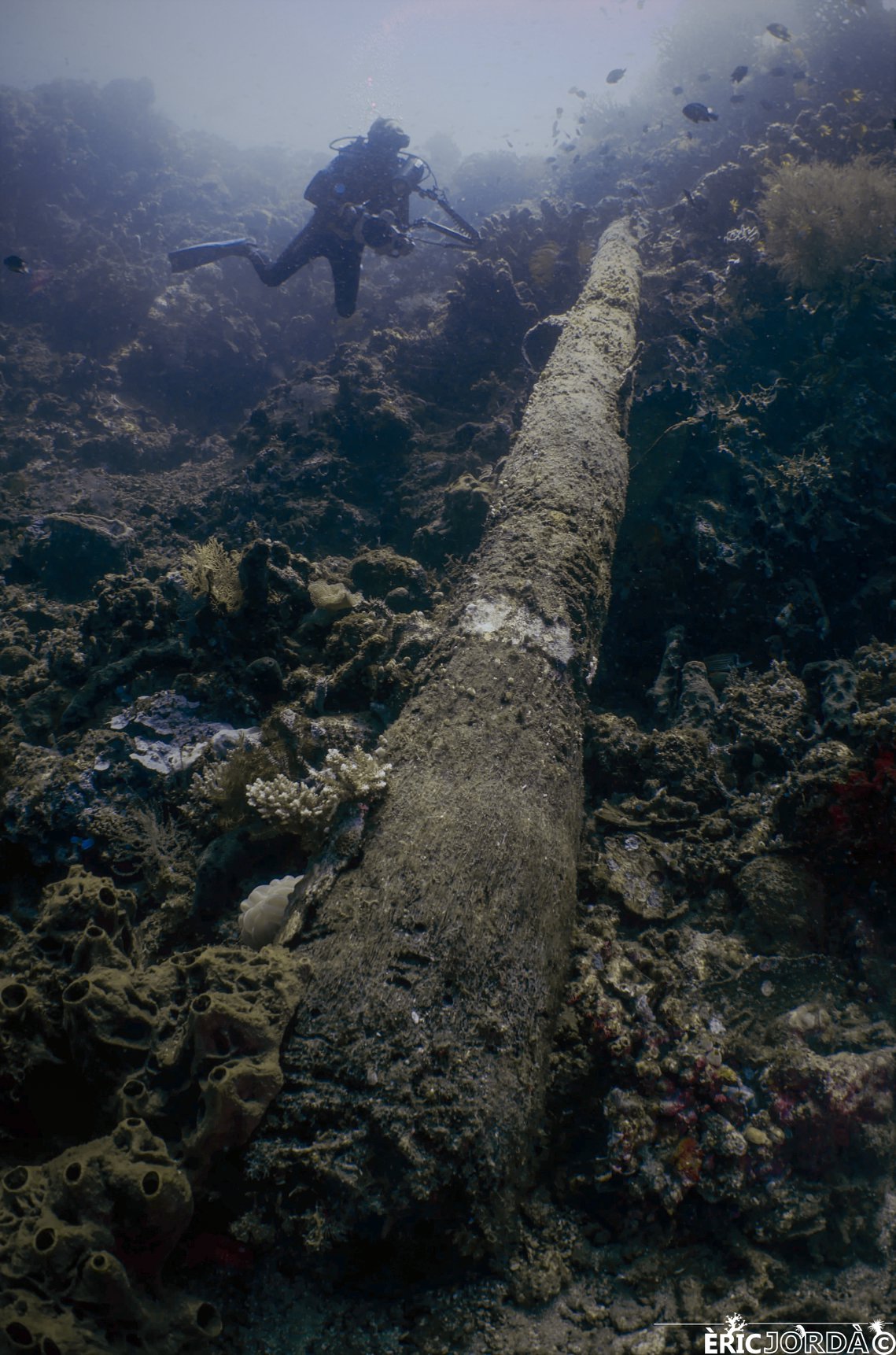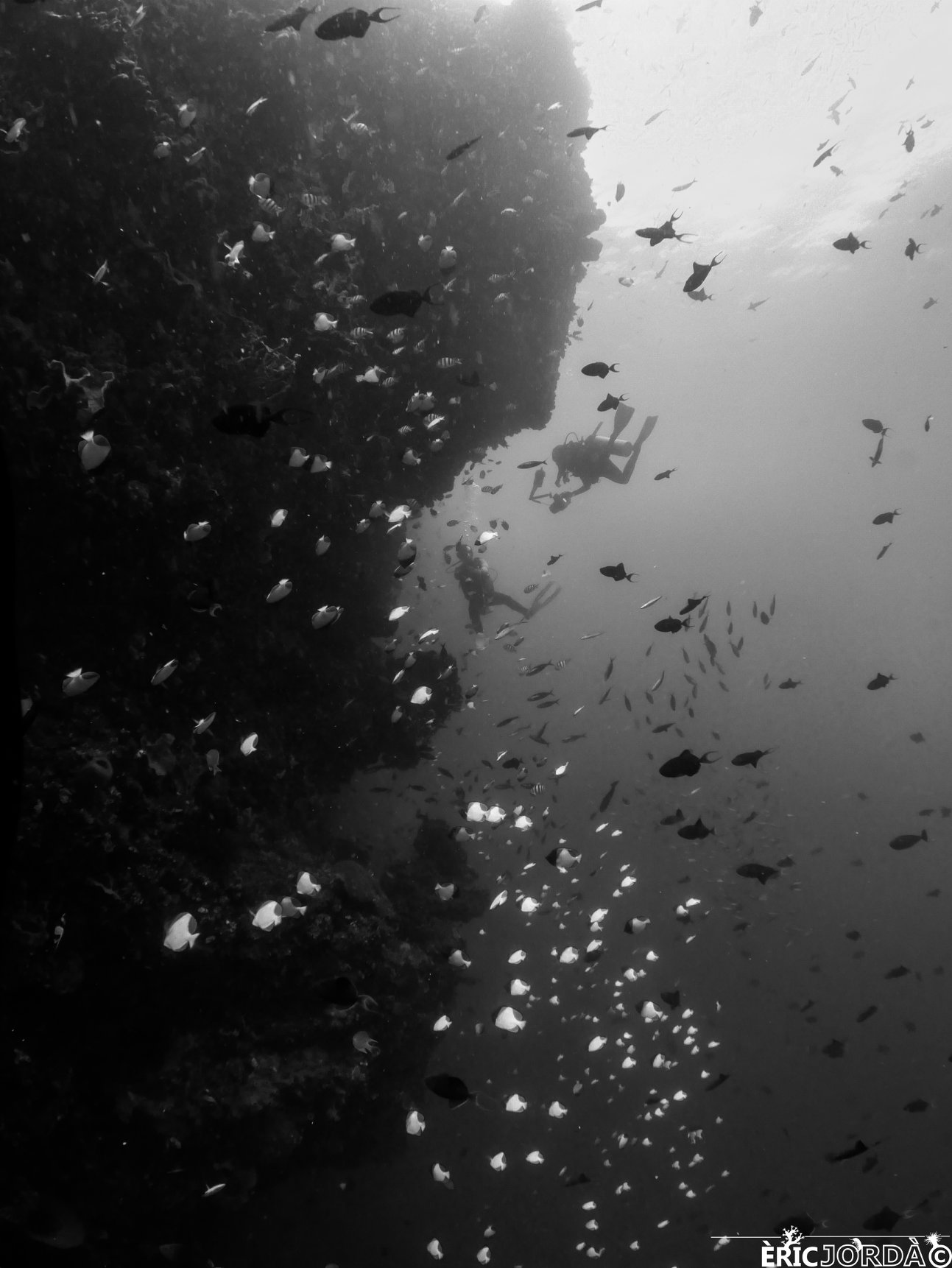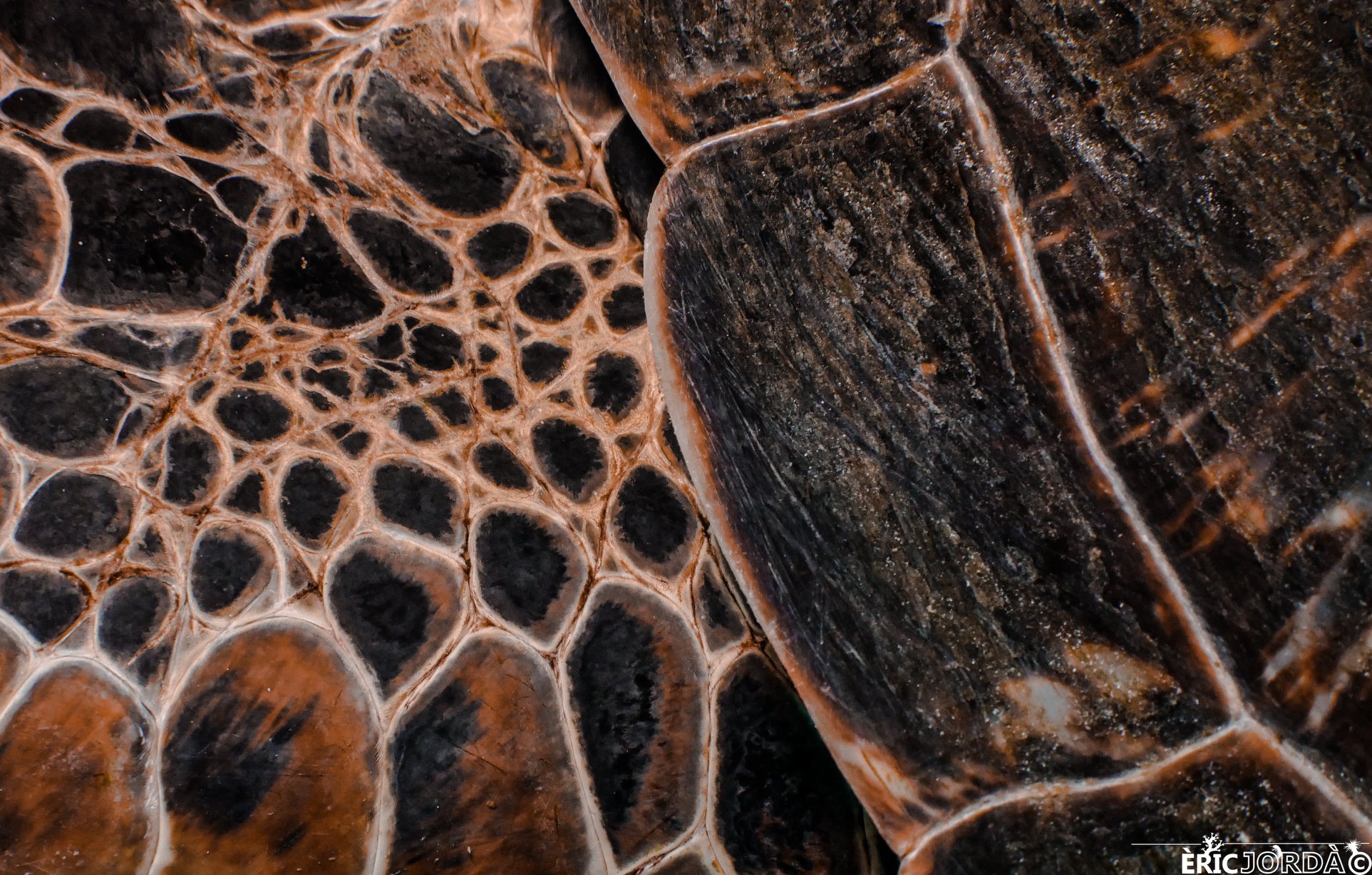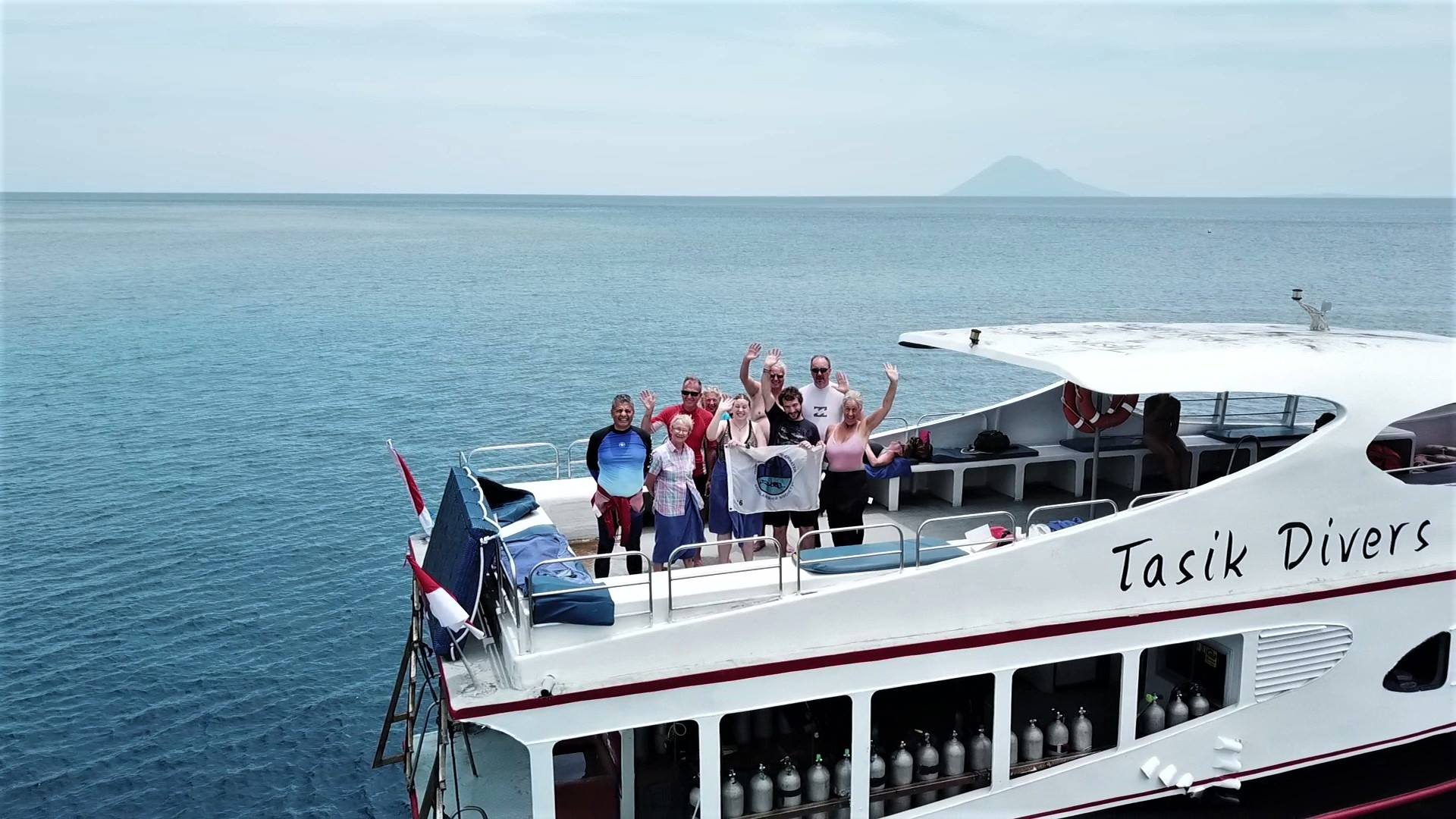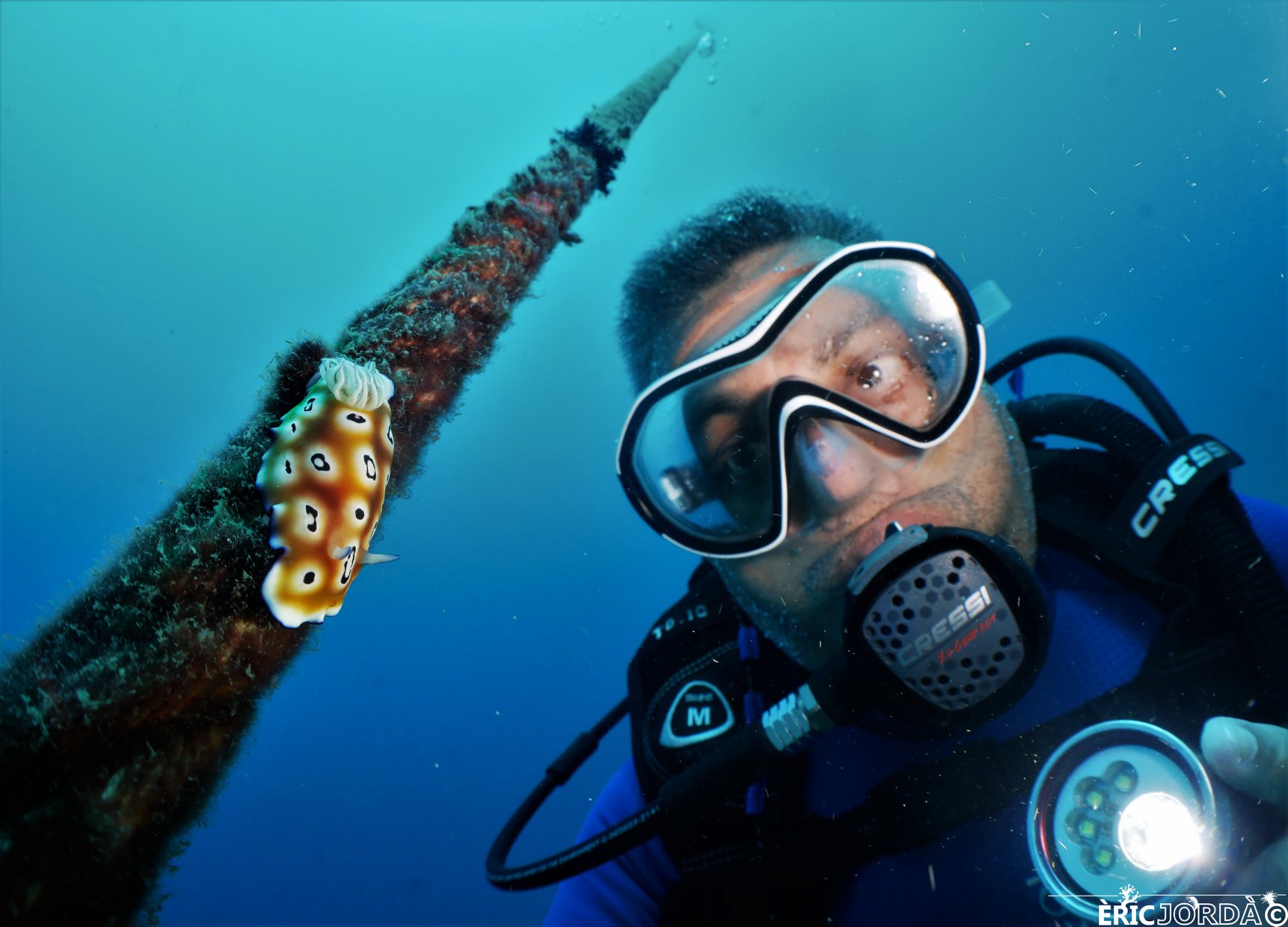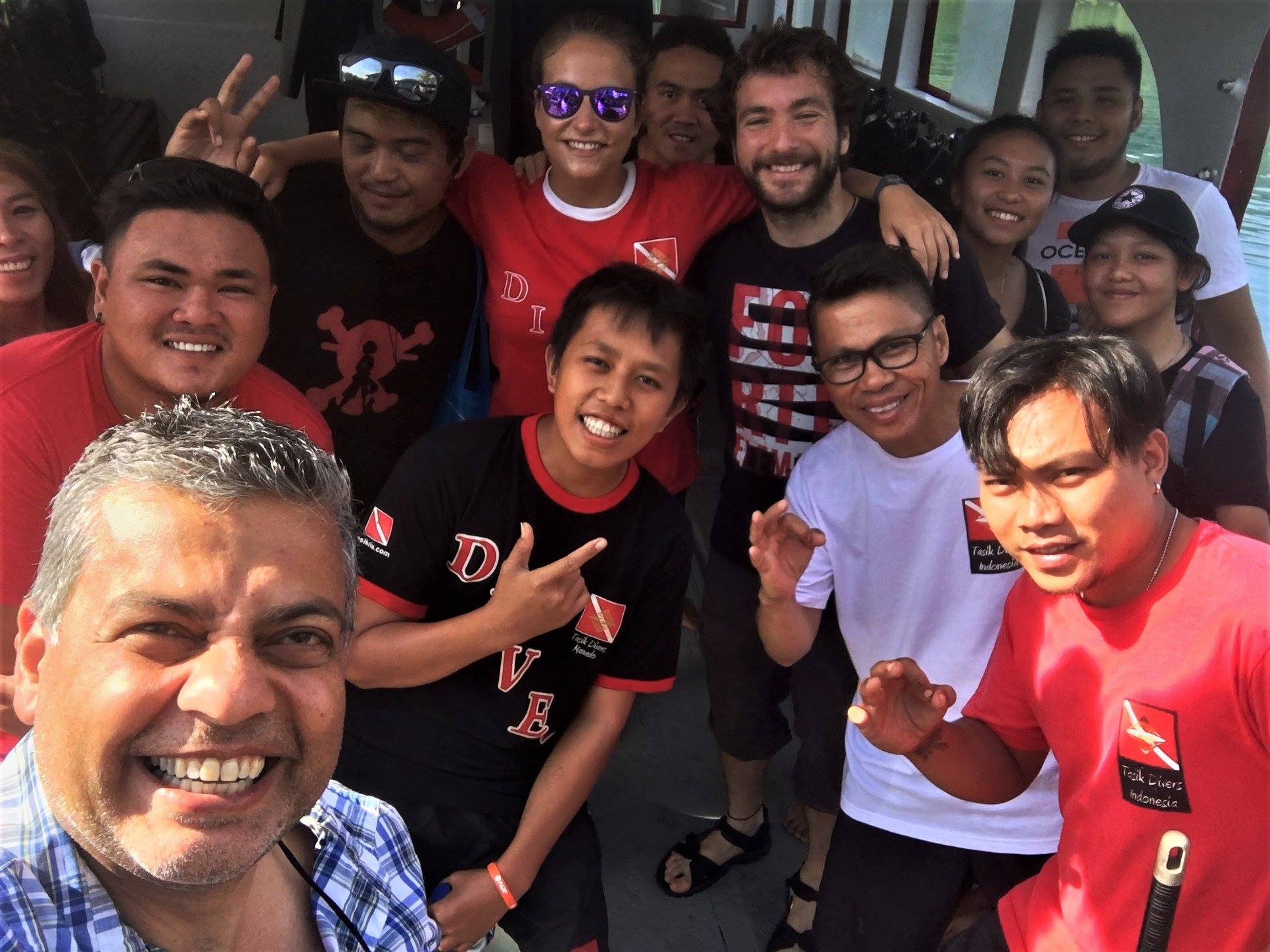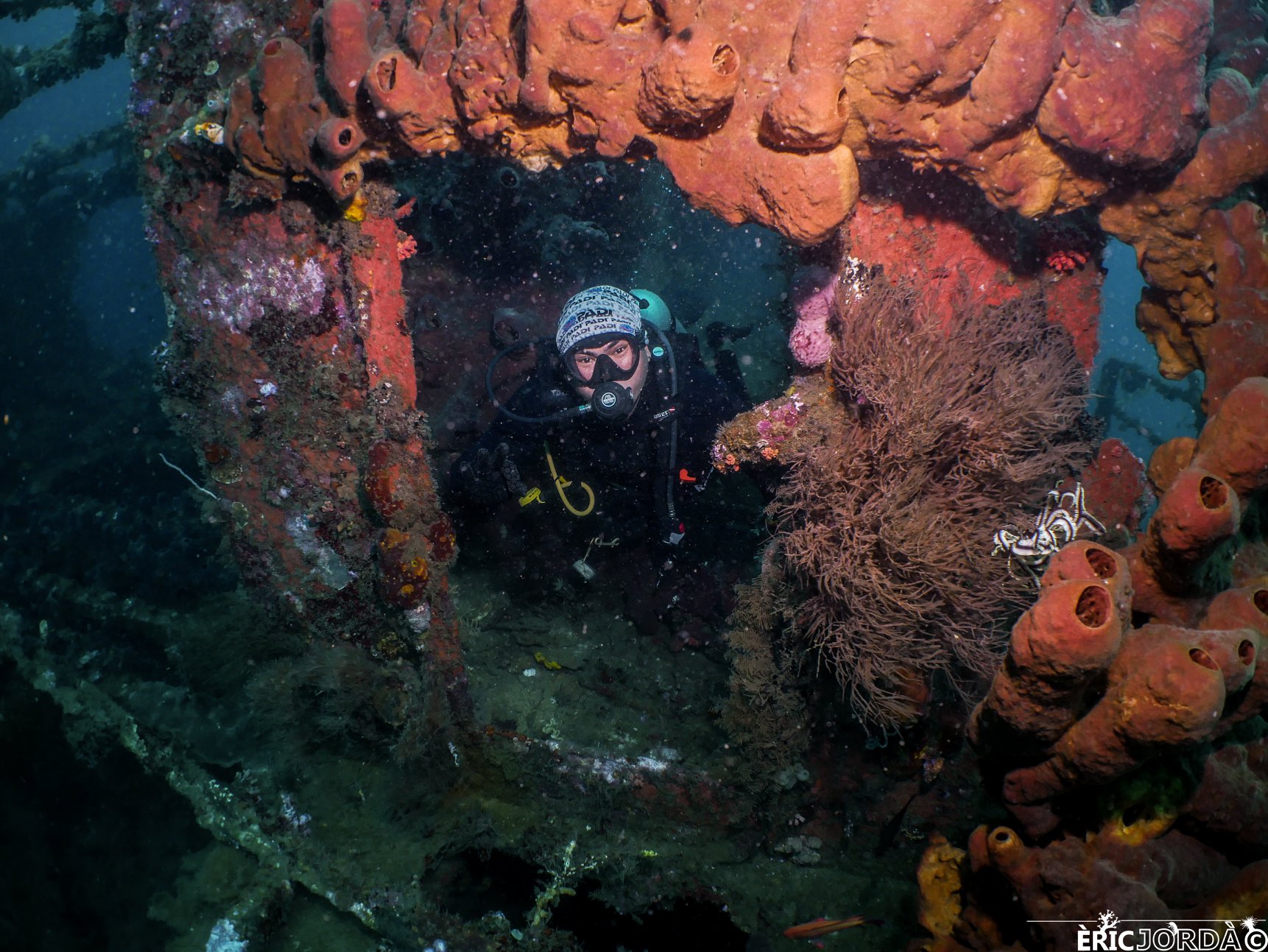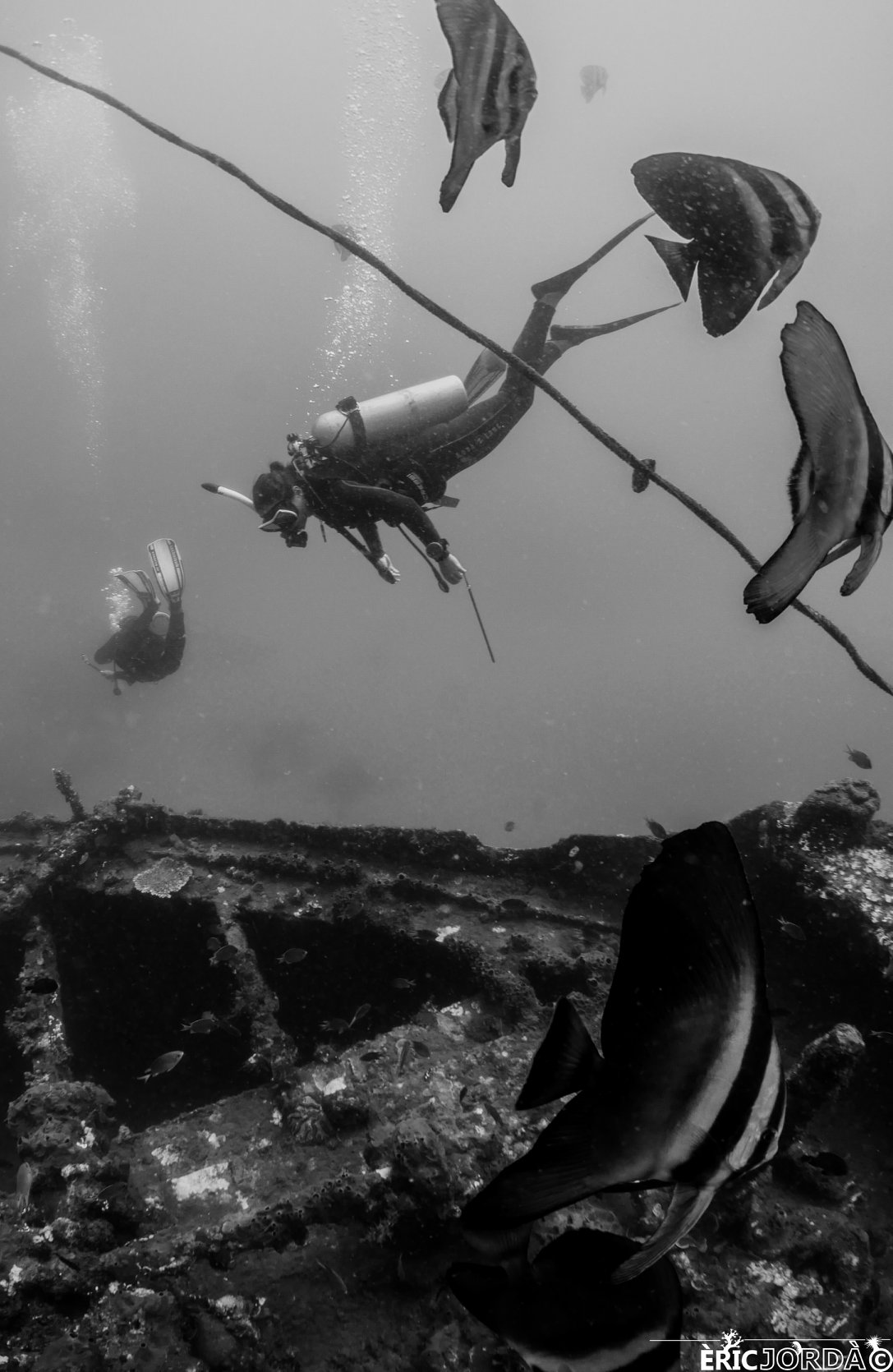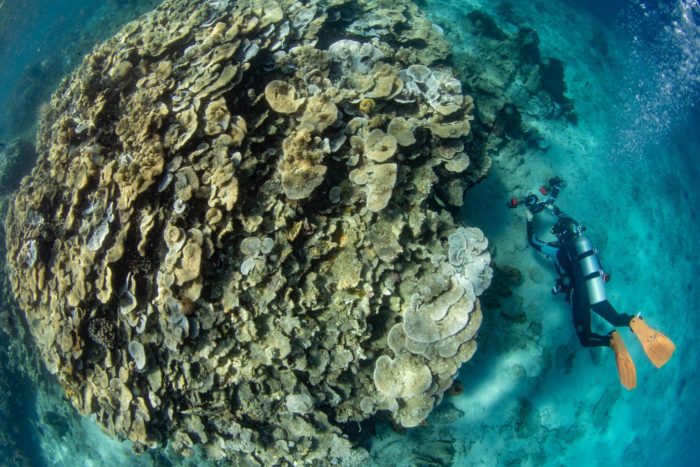
I knew from the start that underwater photography was something that I really wanted to explore during my scholarship year. Ever since I’ve had a camera, I’ve always tried to reflect what inspired me in the outdoors, especially in natural landscapes but also in urban areas. There is something about photography that makes it so personal, a way to show how you are, how you feel, how you think. Who would have said that a small box that has the power to control the light could create such an impact.
Even though I did some photography on land as a hobby, I’ve always been fascinated by underwater photography while watching the amazing photos of some National Geographic issues or in marine enciclopedias and atlas (yes, those thick books that weight half a tone and that you don’t know where to keep at home but that they are sooo beautiful that you can’t resist to buy and that I’ve been collecting ever since I can remember). However, I never had the equipment to undertake this new adventure of shooting the inhabitants of the seas. This has changed now, as our amazing sponsors from Reef Photo and Video, Nauticam and Light and Motion have provided us with the amazing kit that we use to document our scholarship year. As soon as I was introduced to underwater photography by Alex Mustard in the Red Sea, I got captivated by the power that underwater imagery has to connect people that do not go underwater with the marine environment.
Seeking to get more experience and explore the potential that imagery has to communicate the wonders of the oceans and the need for their protection, I traveled to Northern Indonesia, to the island of Sulawesi to join a workshop in underwater photography with the prestigious photographer Saeed Rashid.
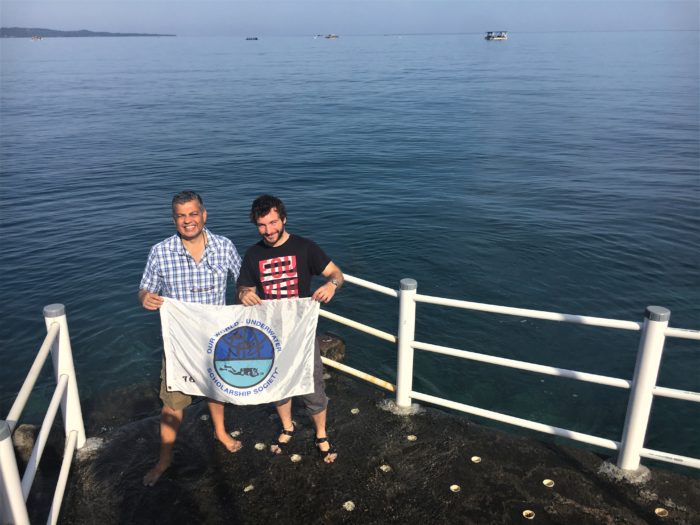
Photo Credit: Tasik Ria
Saeed welcomed me in Manado with the group of photographers that were joining the workshop at the amazing Tasik Ria Resort. This wonderful complex with excellent diving facilities located in a hidden beach surrounded by beautifully vegetated mountains was going to be our base during our photography sessions. I can’t be thankful enough to Tasik Ria and all their staff for having hosted me during this experience.
With Saeed I had the opportunity to explore myself as a photographer, and to discover which kind of style of photography I like, how I see things underwater, and how I think. Without being conscious about it, but with the amazing guidance of Saeed through his comments and advice, and also the help of the other members of the workshop, I expanded my creative side and discovered more interesting compositions and angles and got more powerful images.
The waters of northern Indonesia were the perfect laboratory for me to experiment. Astonishing little creatures of all shapes and colours were spread everywhere; from nudibranchs to superb shrimps, to eels and beautiful anemones. As abundant as they were, however, sometimes only with the help of the extremely experienced and skilled guides we were able to find our small subjects. After days of diving, I soon realised that 50% of the success of a nice image of any tiny creature is always thanks to the guide 🙂 They do an amazing job spotting things sometimes of the size of a grain of sand and they know the dive sites like the palm of their hands. I want to thank all the guides and staff from Tasik Divers for all the amazing dives they provided us and the delicious food they prepared us everyday in the boat!!!
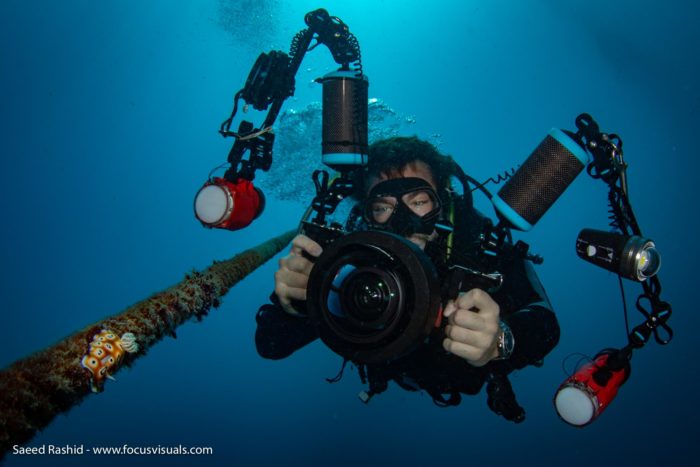
One of the things I enjoyed the most photographing were the nudibranchs. These sea slugs with varied colours are just beautiful subjects for macrophotography. To get interesting images I always tried to get as low angles as possible so that I could use a technique that Saeed taught me and that it has become one of my favourite techniques: the negative space. Negative space consists in allowing a big part of the frame to be only occupied by a background (usually smooth and out of focus) and place the subject somewhere in the frame following the rule of 3rds. This gives the feeling that the subject seems to “breath” in an uncluttered background and makes its shapes and colours to stand out better. Getting low angles, as close to the ground as possible and pointing the camera slightly up also helped me to achieve an amazing effect that allows the viewer of the image to think that he/she is at eye level with the animals and makes the tiny creatures to look muuuuuch bigger!
Here are some of my favourite nudibranchs!
Nudibranchs were not the only interesting subjects. Shrimps were also extremely beautiful. But any small creature was worth a try and experiment with composition techniques. So I let imagination and creativity do their work!
During some of the sessions, Saeed encouraged us to do some wide angle photography. This is, in my opinion, the most difficult kind of photography underwater, since the positioning of the lights and strobes are crucial to get a nice atmosphere. Saeed explained to us that by placing the strobes actually facing a little bit apart from the lens it helps to avoid the so named back-scatter. Back-scatter are the small particles that float in the water column (usually phytoplankton or other kinds of matter) that appear in the photography when they get shined by the light. Yes, it is extremely annoying, but applying this trick actually worked. One of the advantages of wide angle photography versus macrophotography is that it allows even more creativity and you can incorporate many elements in the frame to create a story.
One of the sites that we went to practice this type of photography was the Natural Park of Bunaken, an amazing volcanic island with astonishing vertical underwater walls filled with corals and incrusting life, extremely diverse fish and housing the stars of the show, the turtles. They were flying around the walls following the strong currents, foraging in corals and resting in some of the crevasses. They literally looked like birds gliding in the emptiness!
This was an amazing opportunity for me to get more confident in my photography skills and to gain a deeper insight in the techniques necessary to create powerful images.
One of the things that I enjoyed most of this experience, however, was not only the photography itself, but the people that shared these moments with me. From Saeed to each of the members of the workshop (who where AMAZING photographers and extremely kind-hearted people) we made an awesome group, sharing tips and views in photography and in life in general, which adds value to your work and gets reflected as well in your photography. I know that the friendship we’ve made will remain for the years to come and I can’t wait to go back diving with them and keep capturing the amazing life inhabiting the oceans!
I want to thank again Saeed Rashid for being my mentor and friend during this experience and to Tasik Ria Resort and Tasik Divers for their generosity and hospitality during the workshop. Also I want to thank to all the sponsors providing me with the amazing diving equipment that allows me to visit the underwater realm to get this images (Fourth Element, Apeks, Suunto) and DAN. A huge thank you to ROLEX and the Our World-Underwater Scholarship Society for making this possible!
